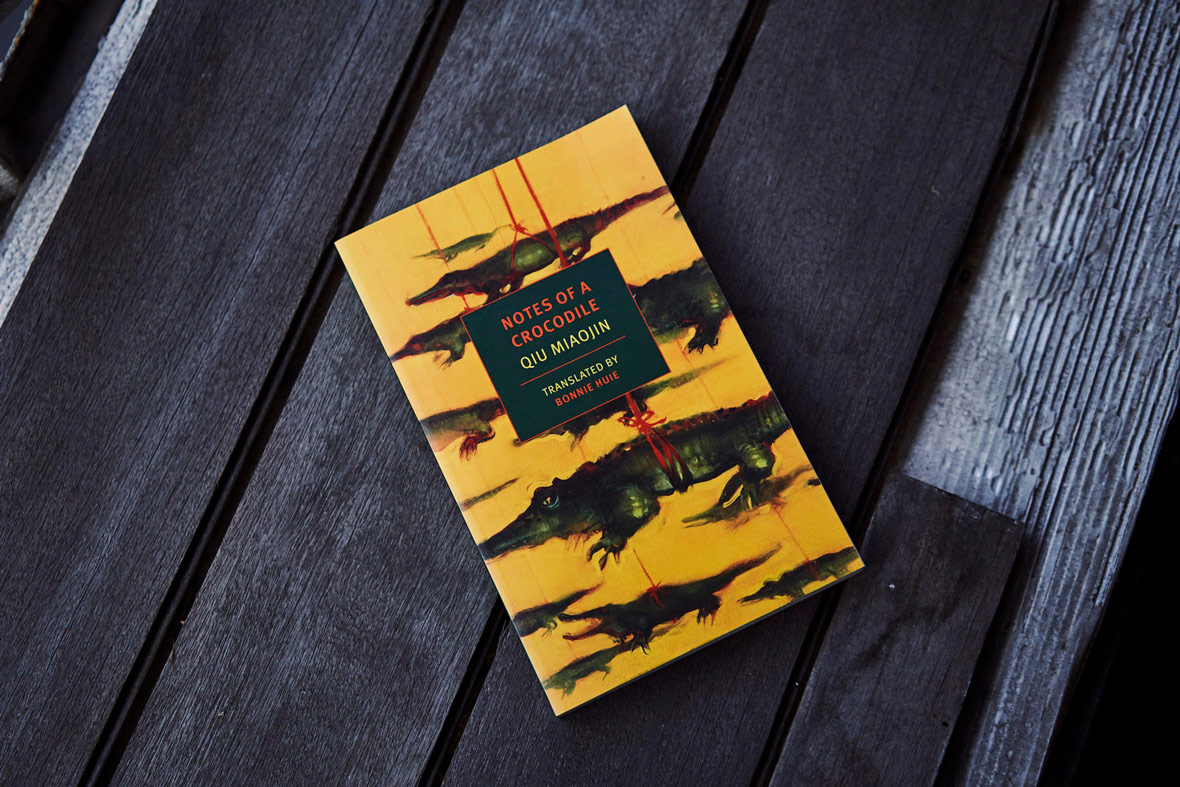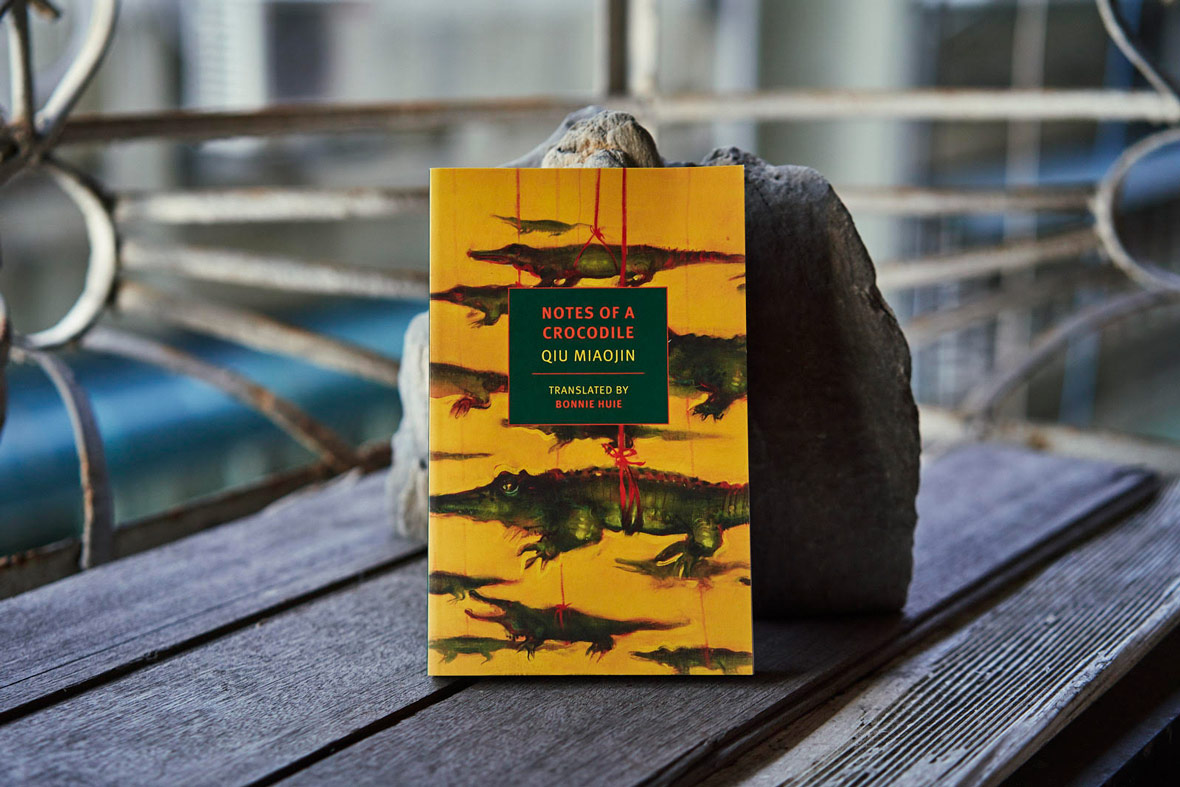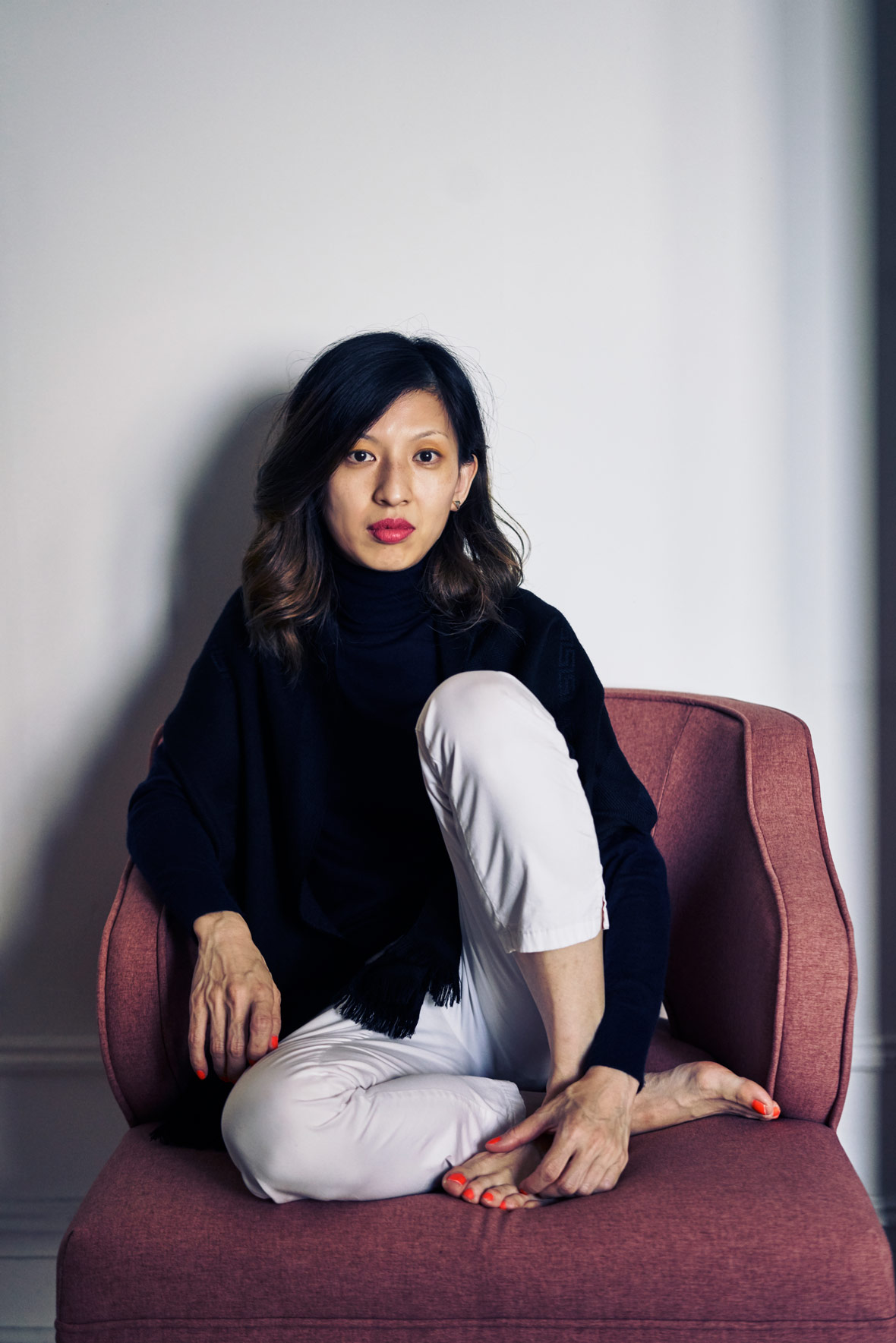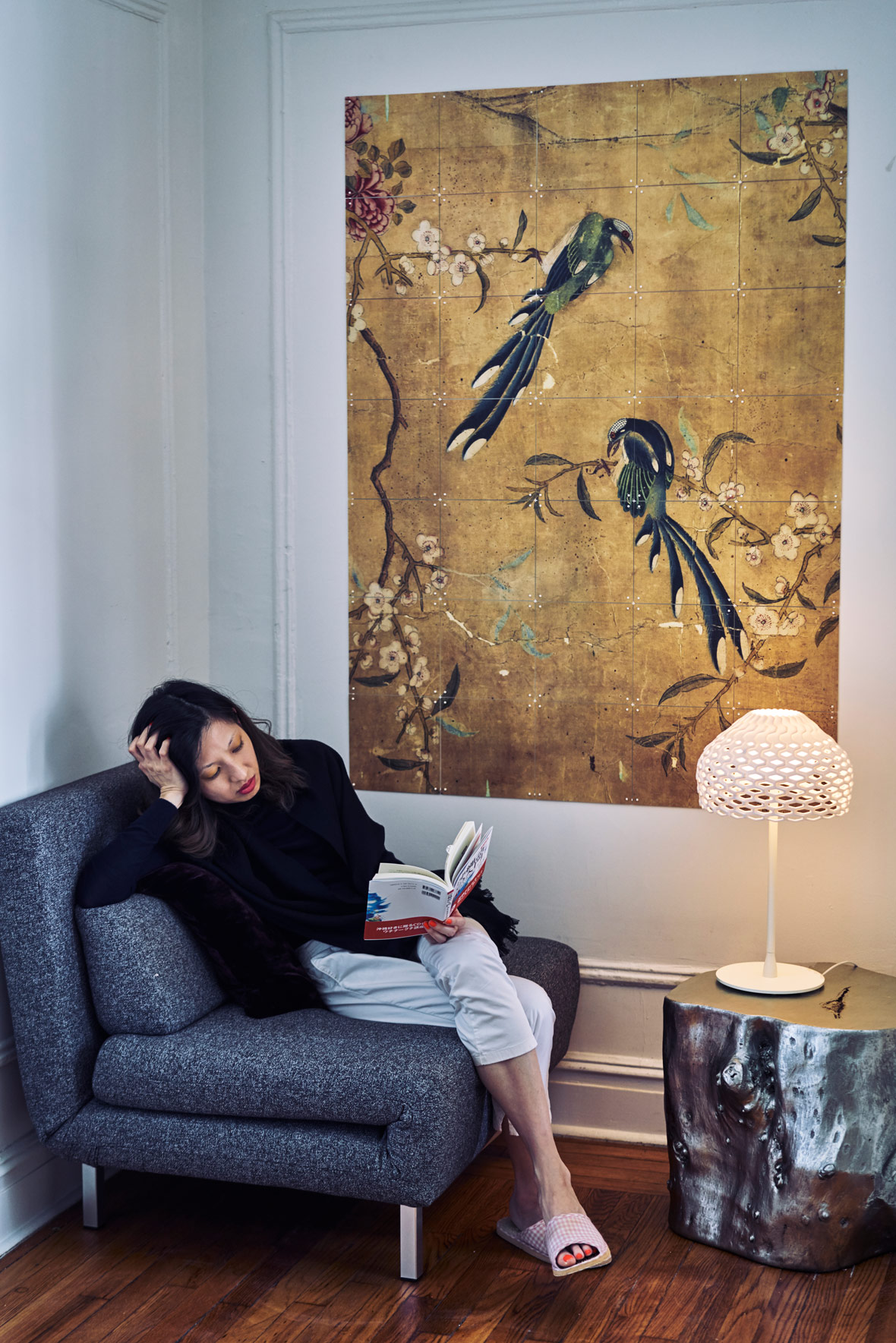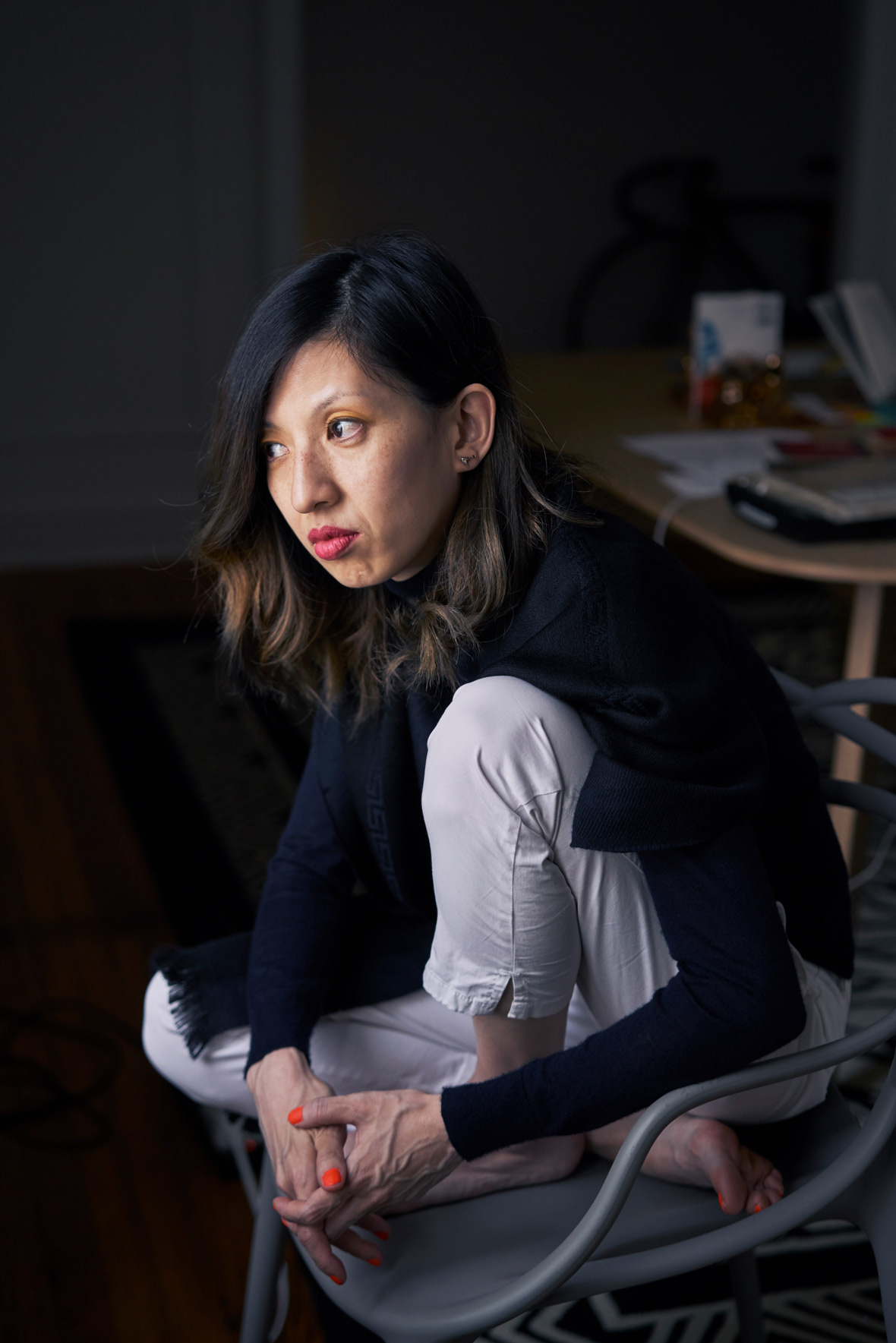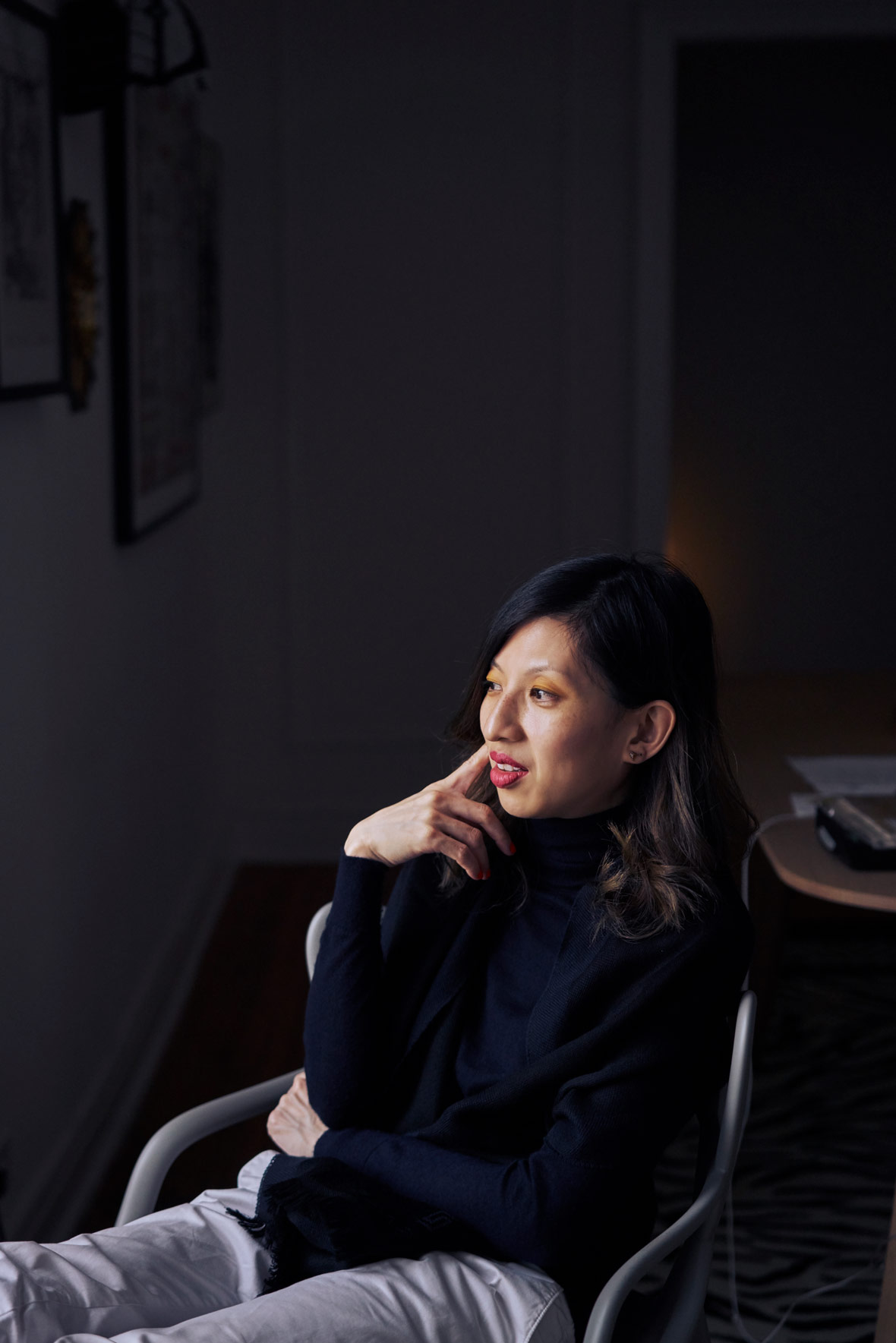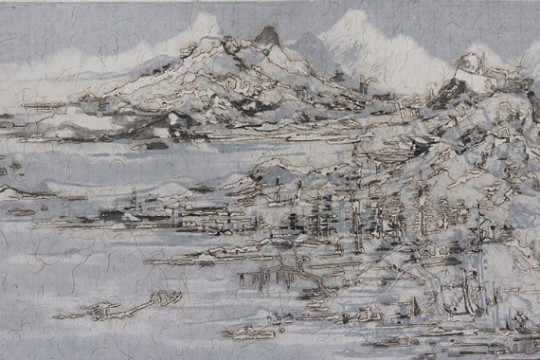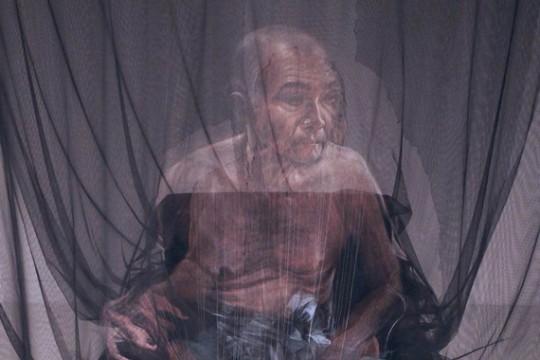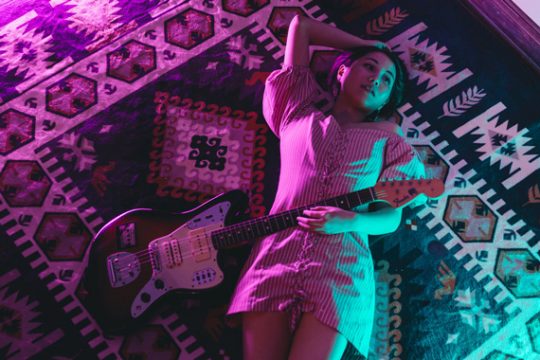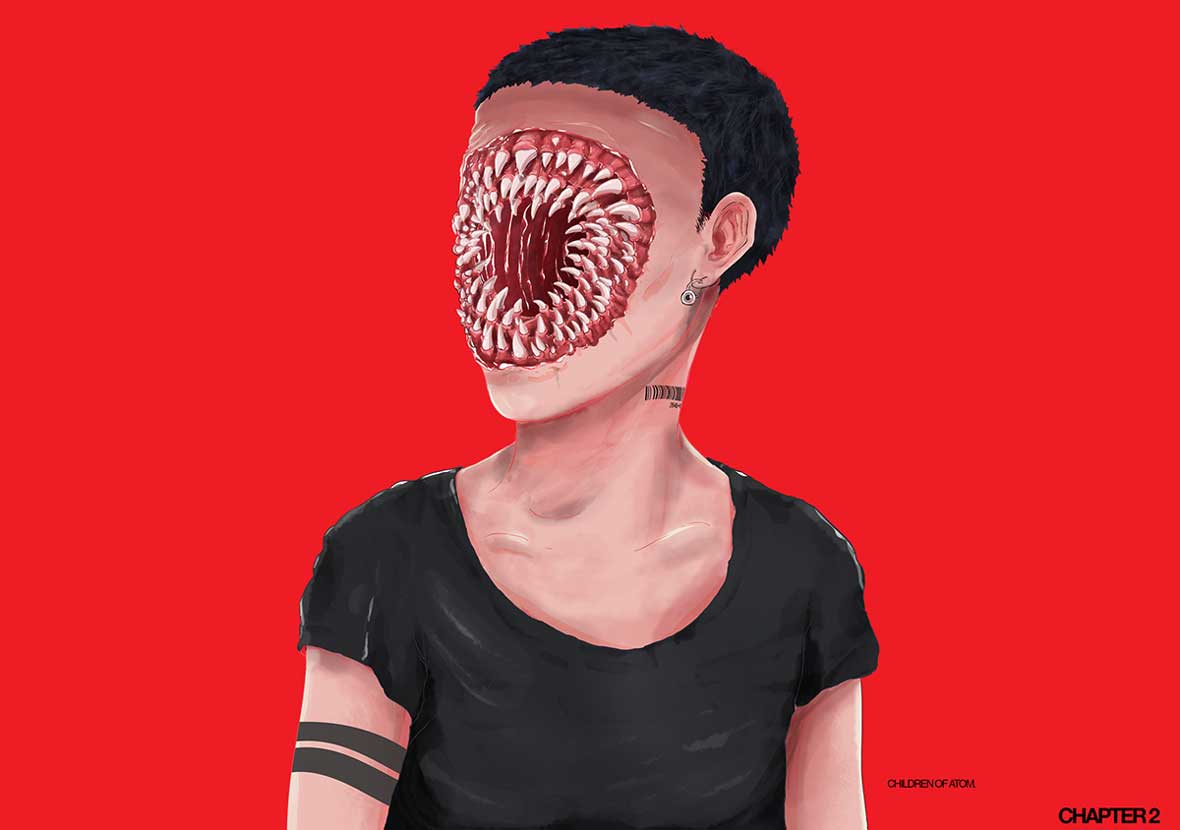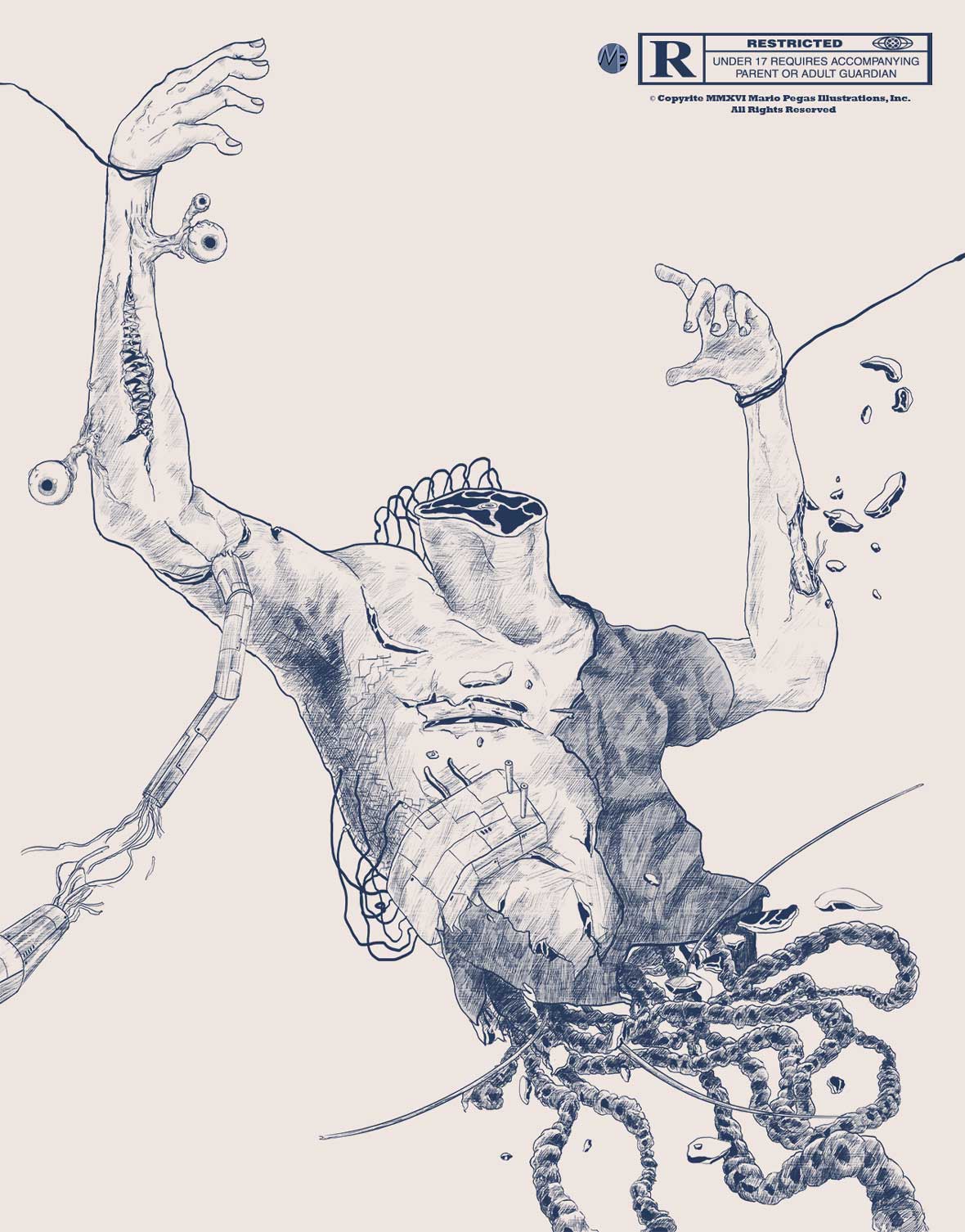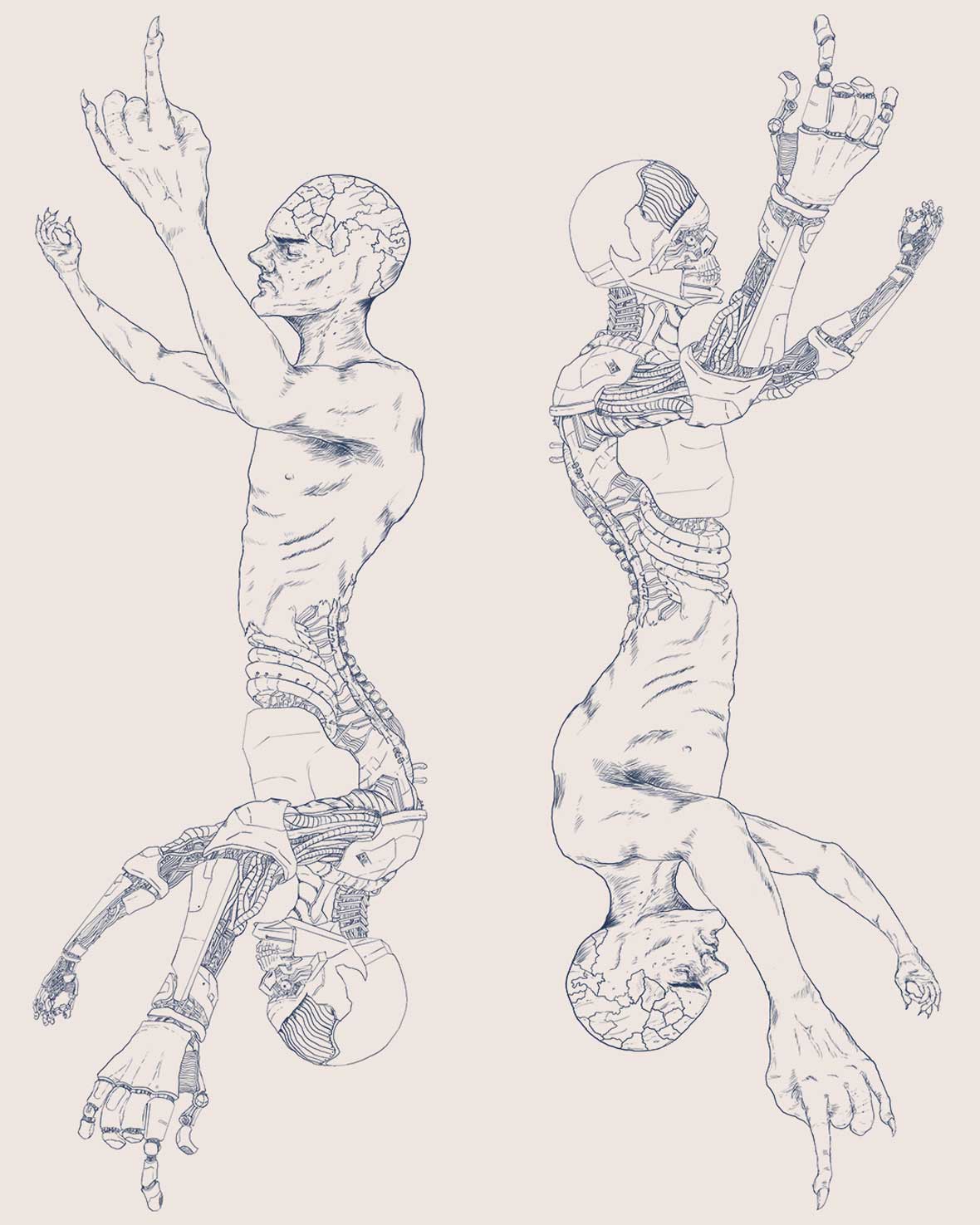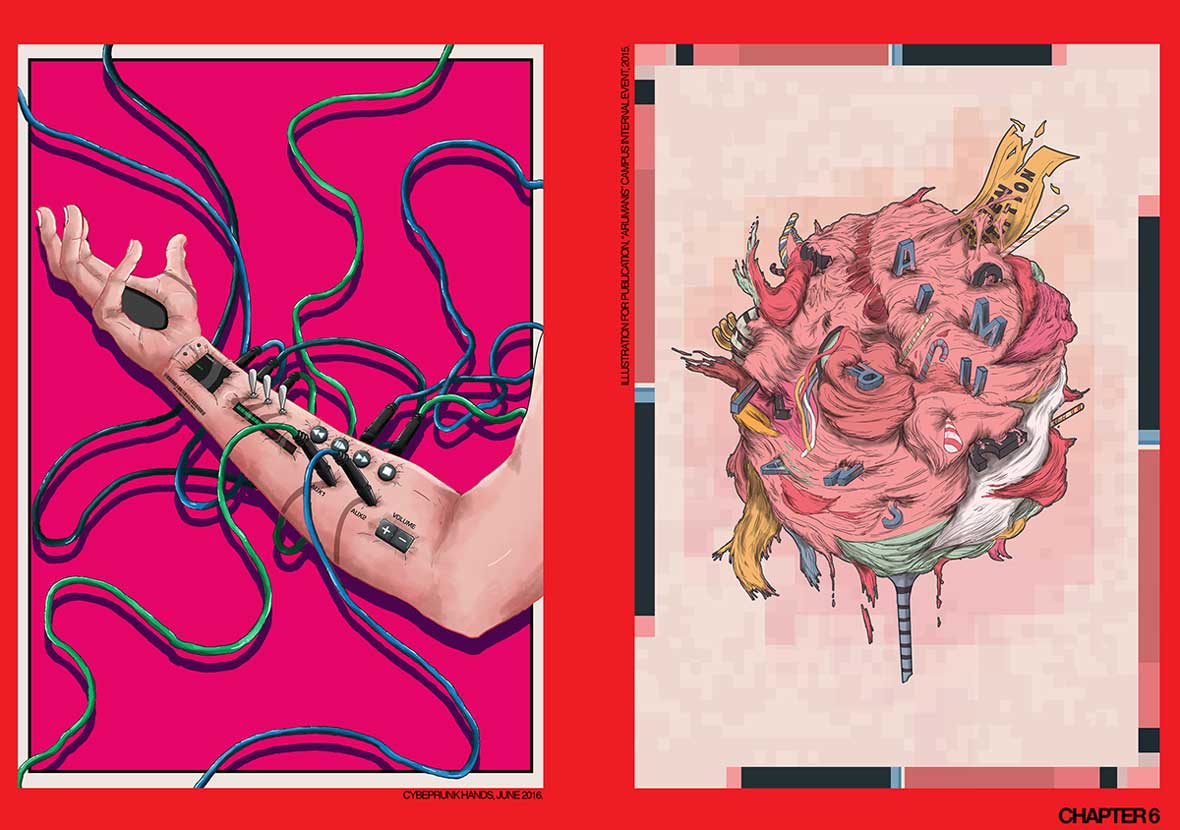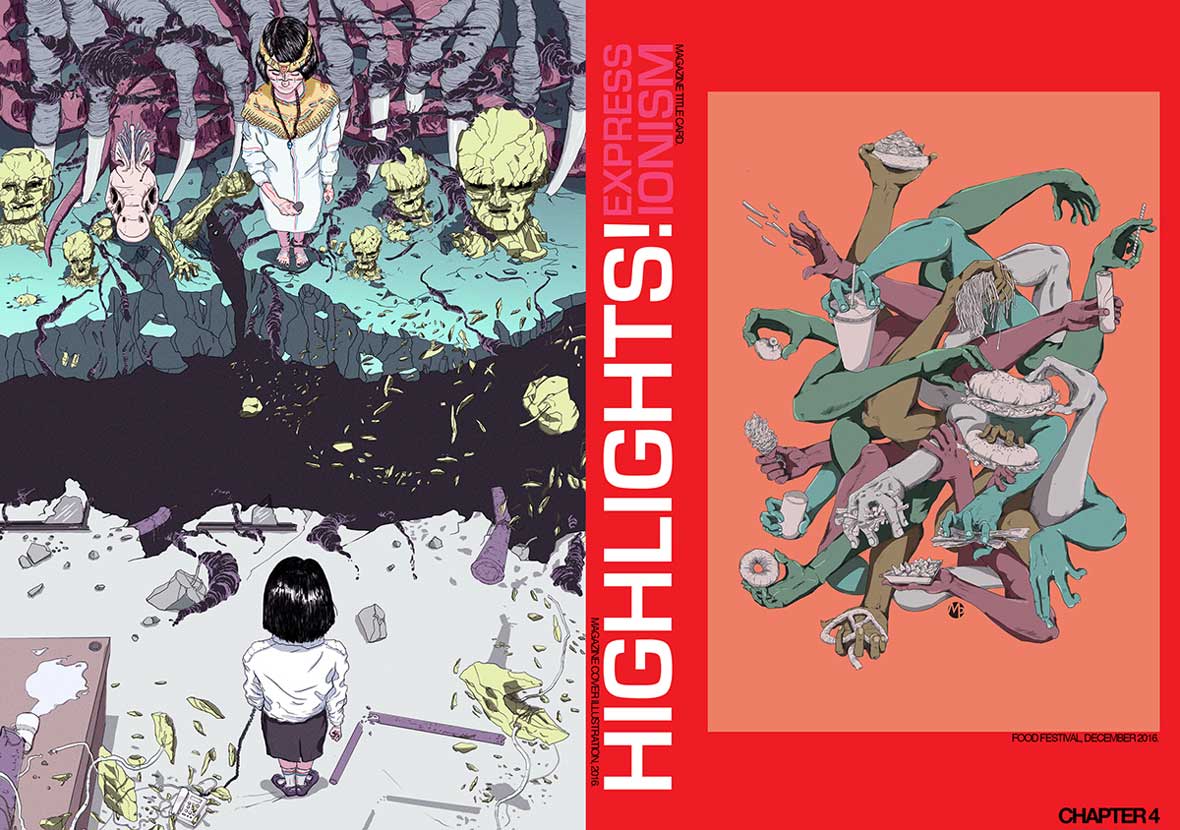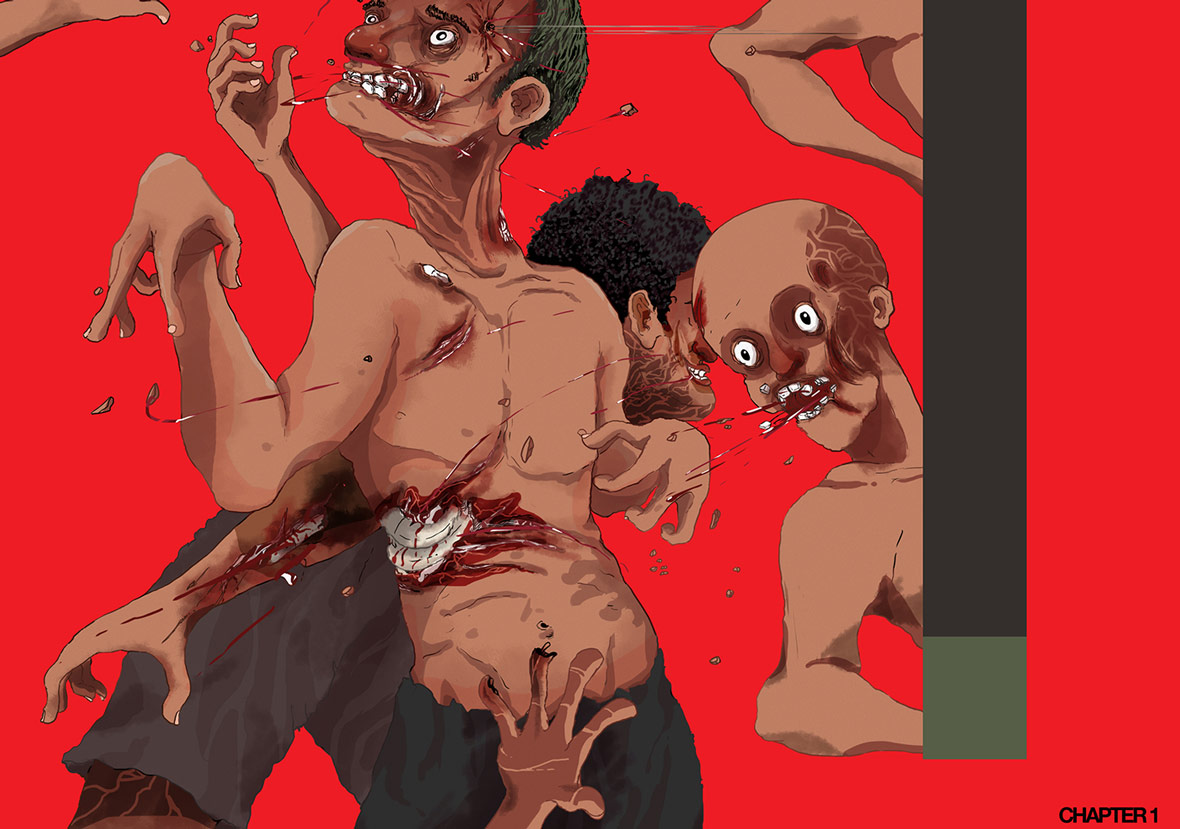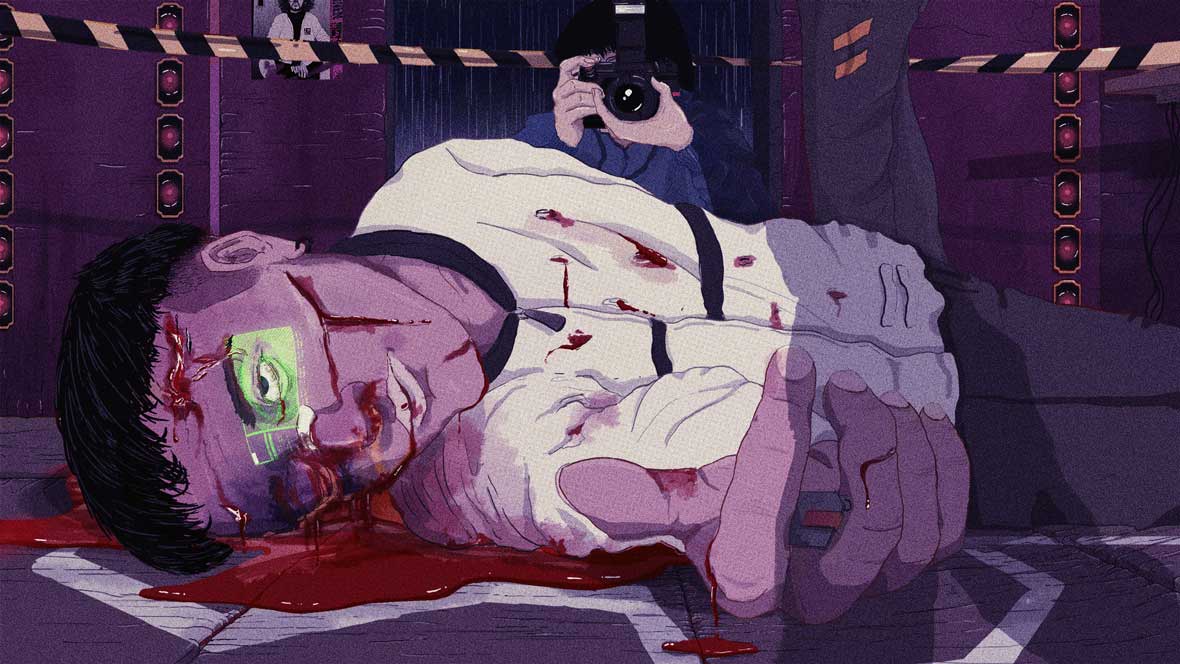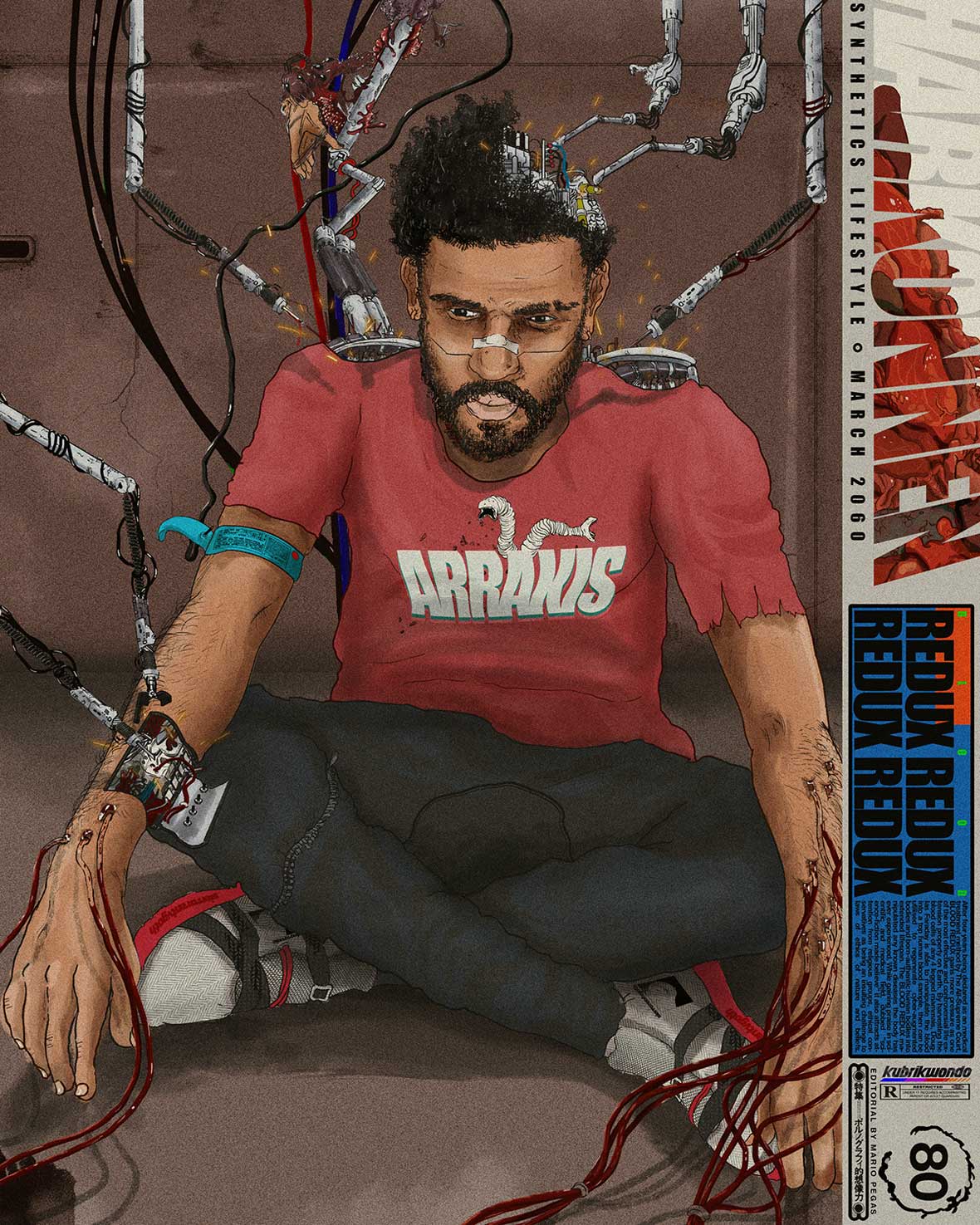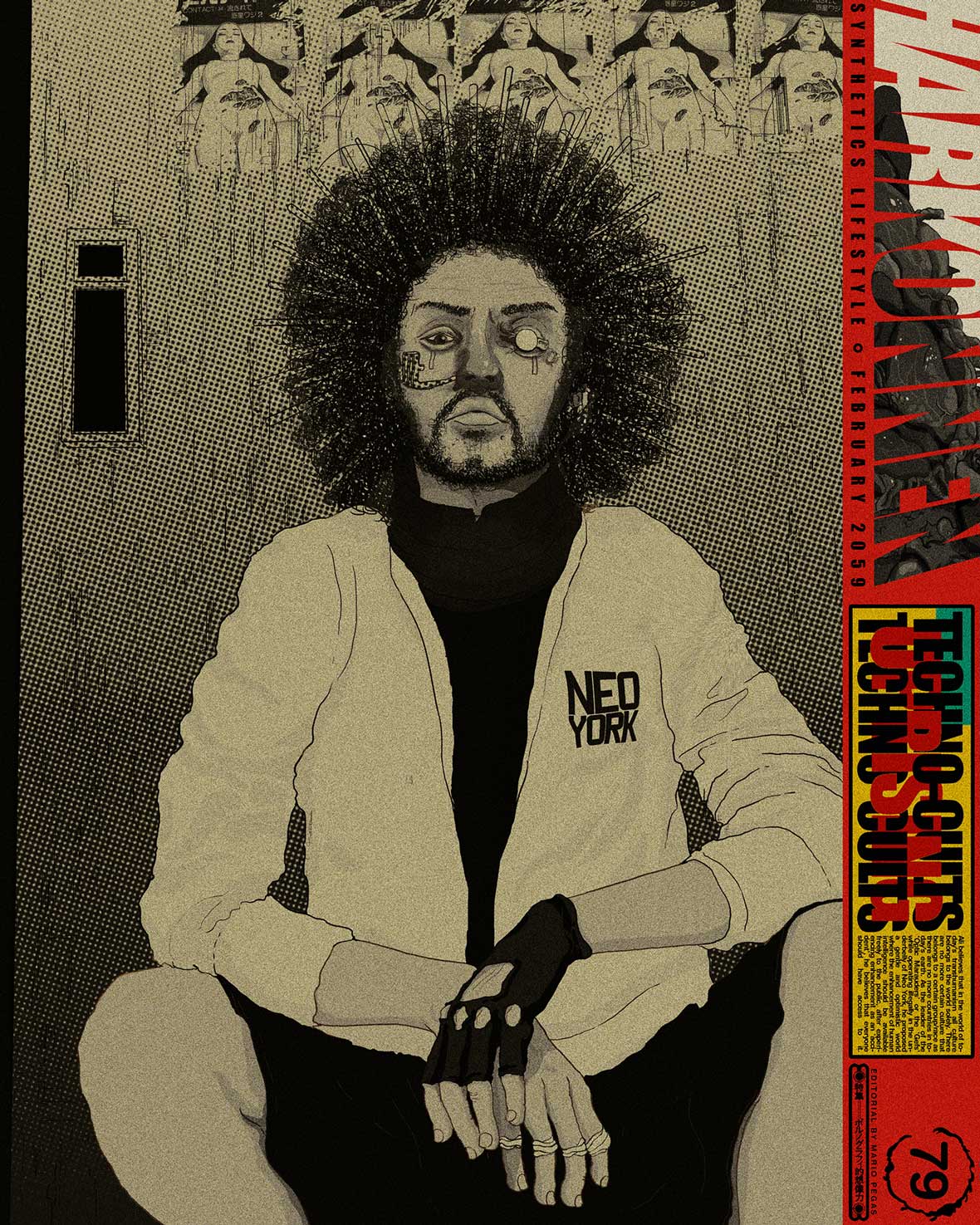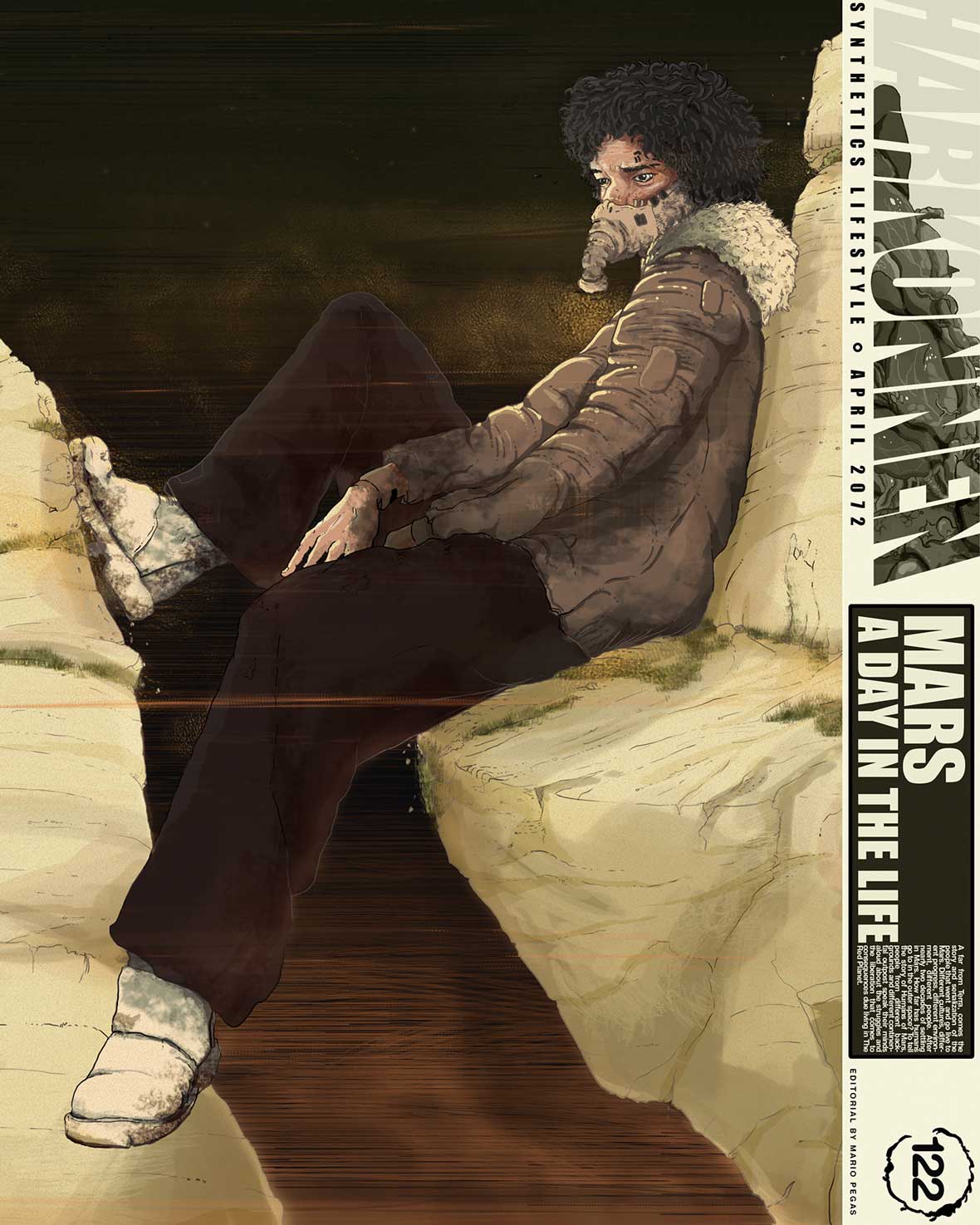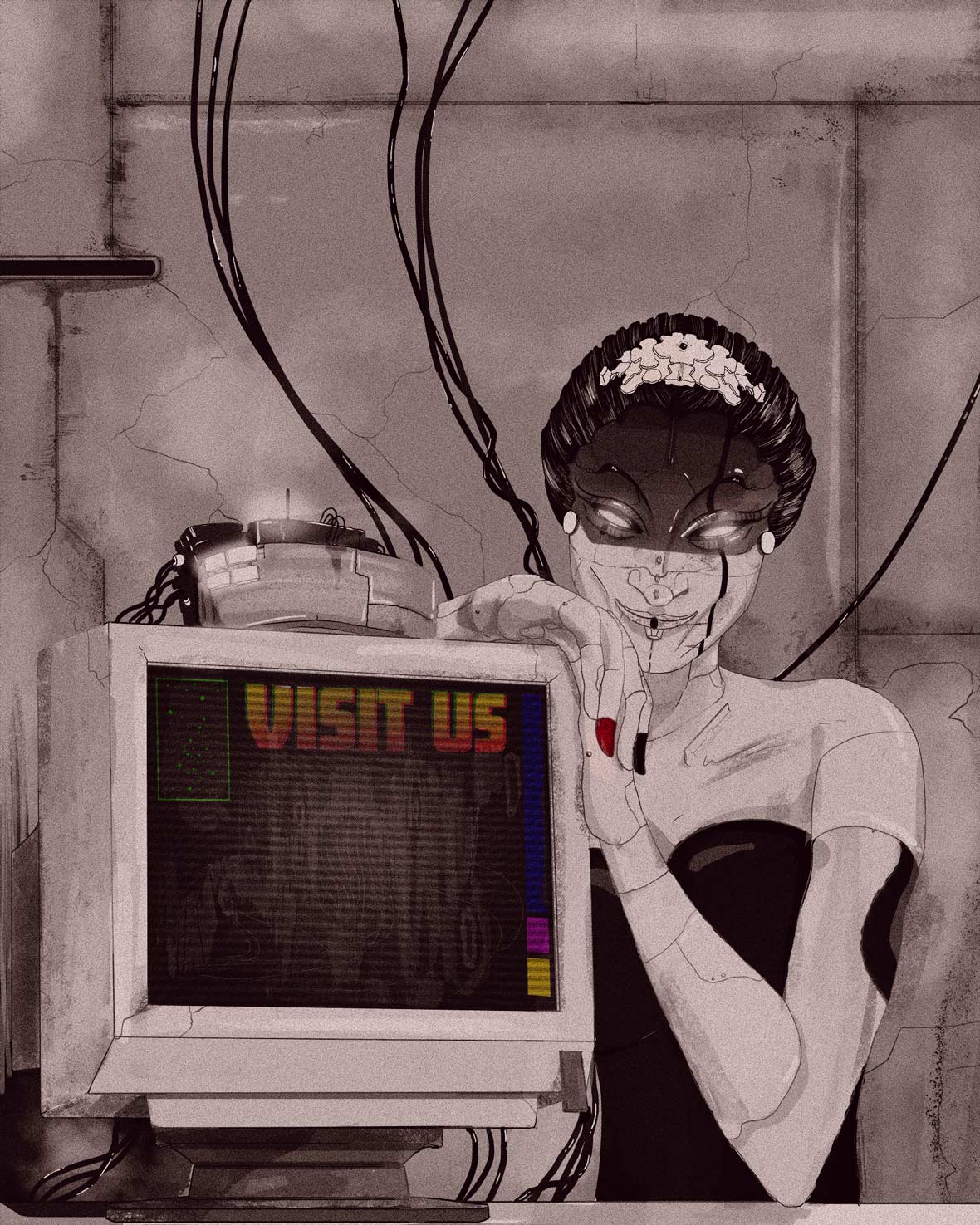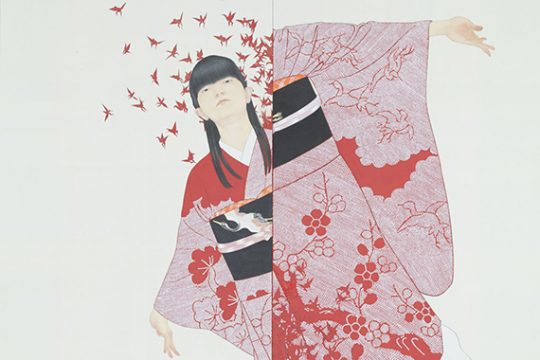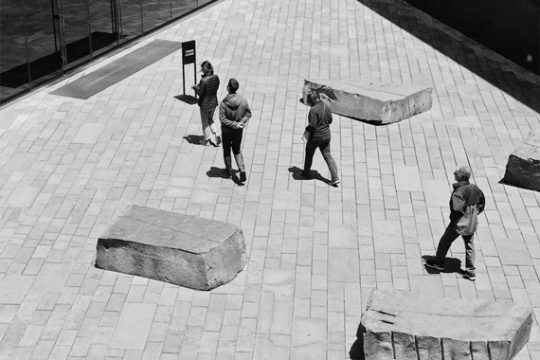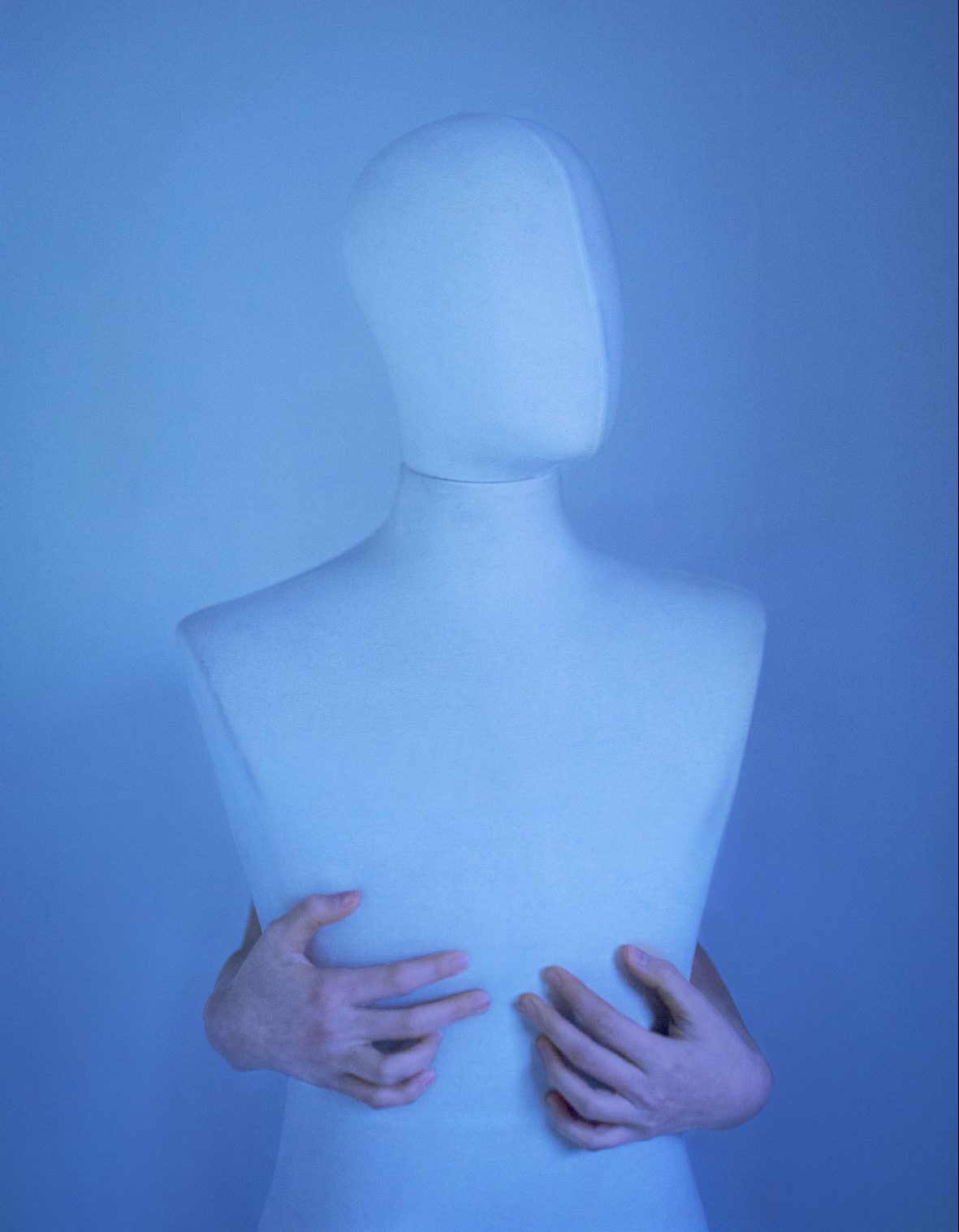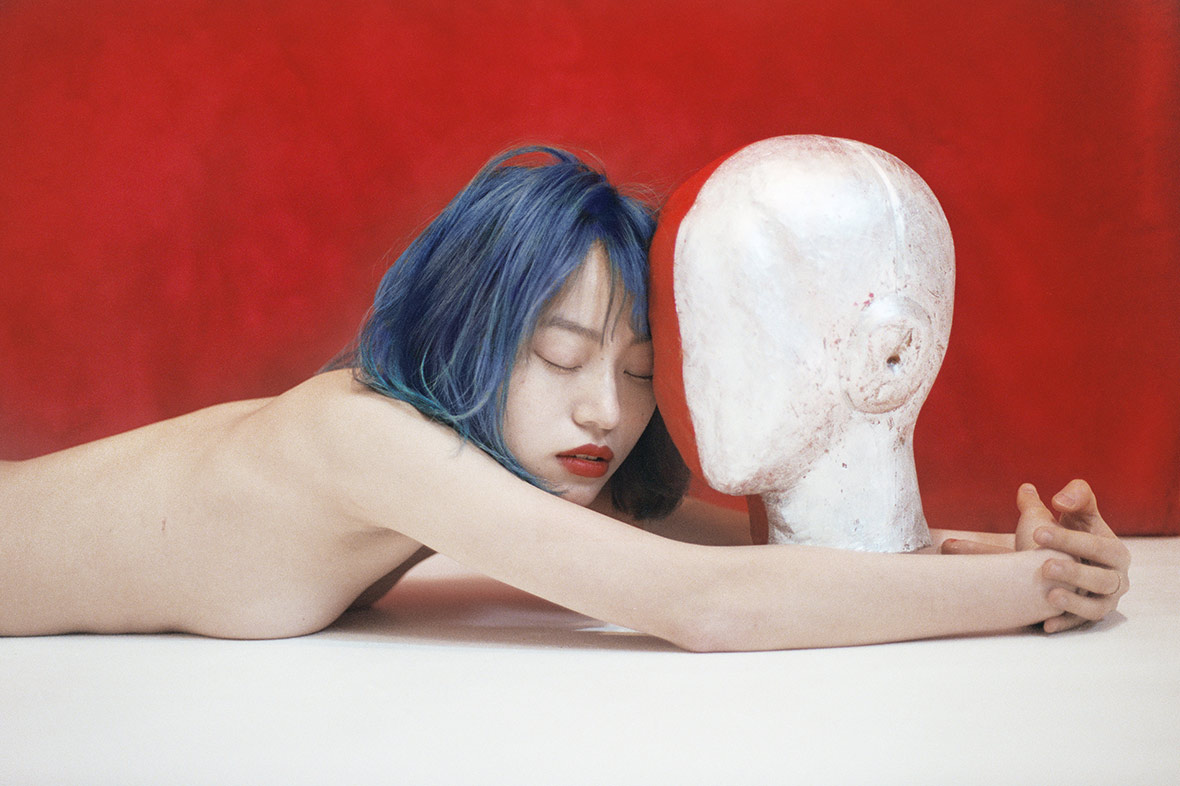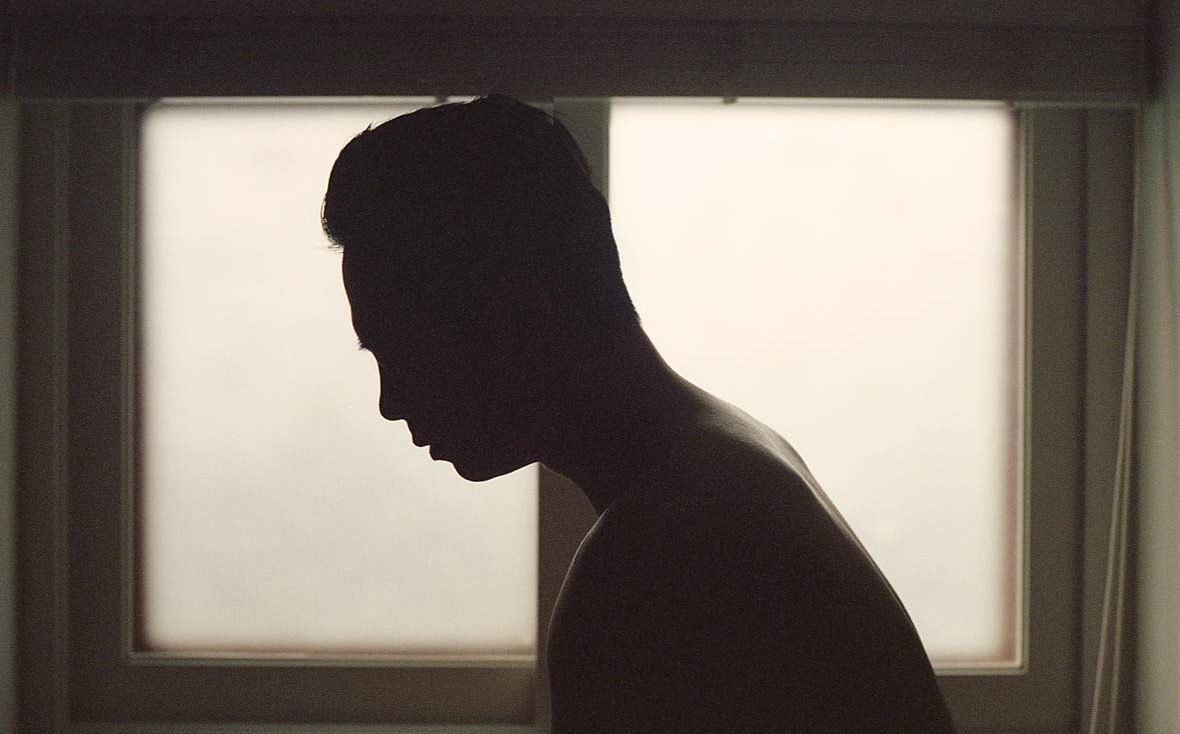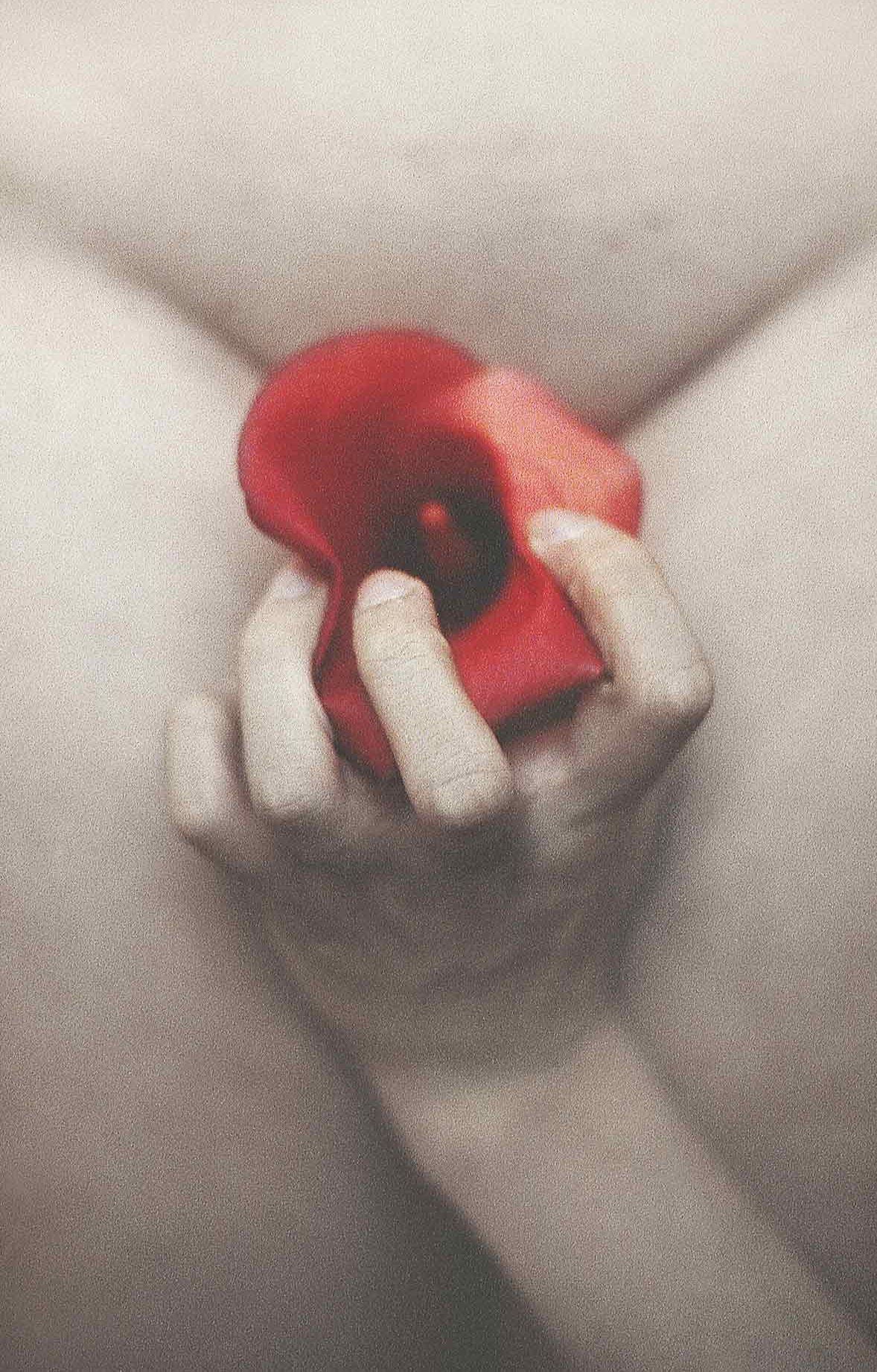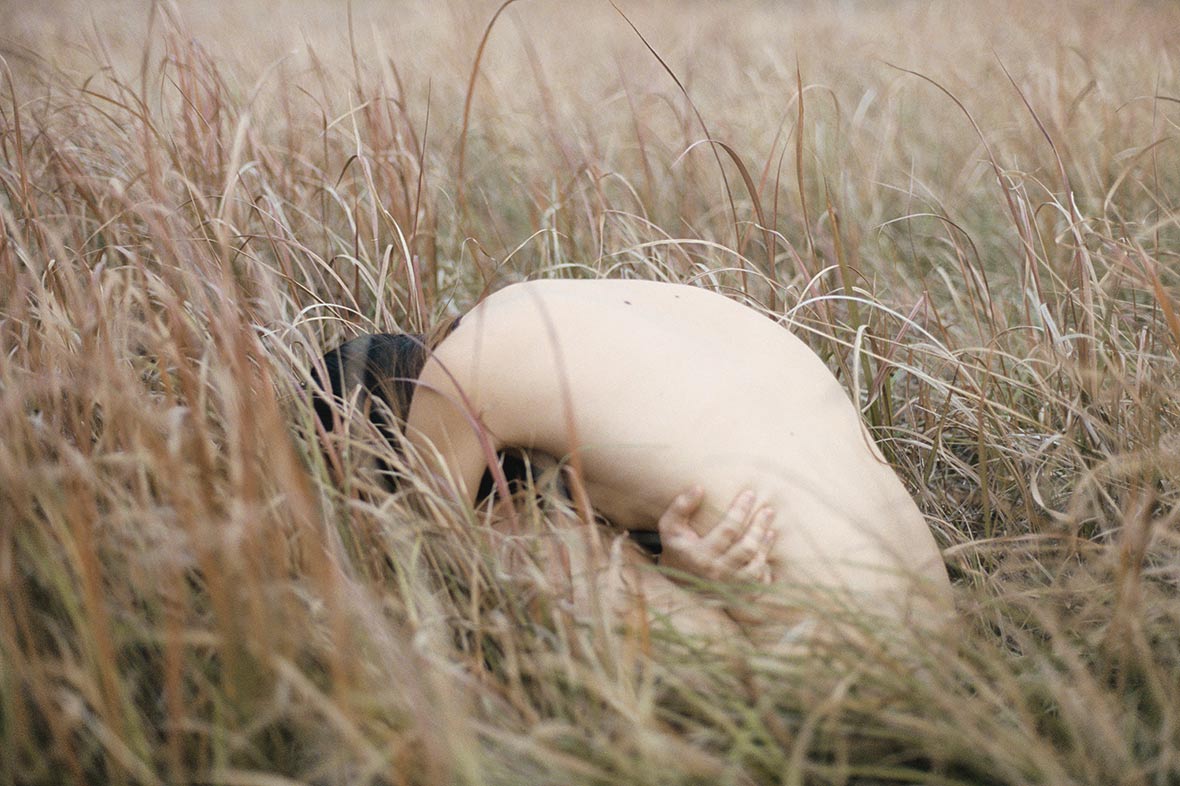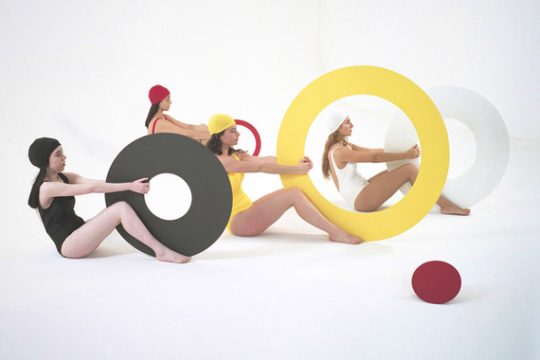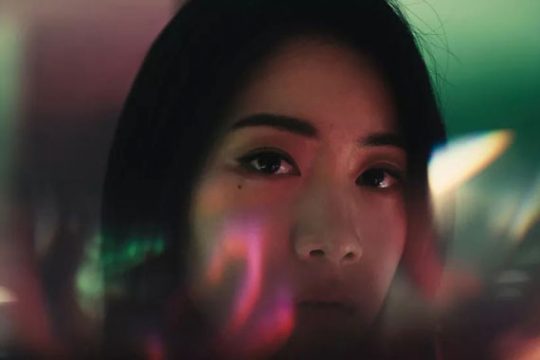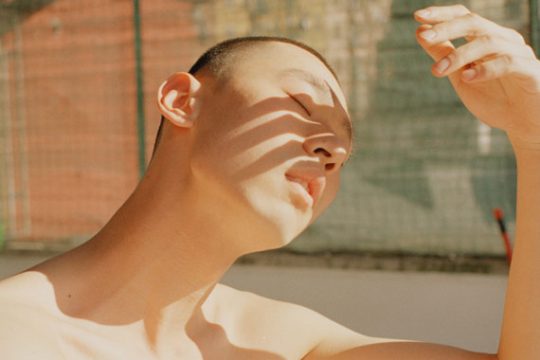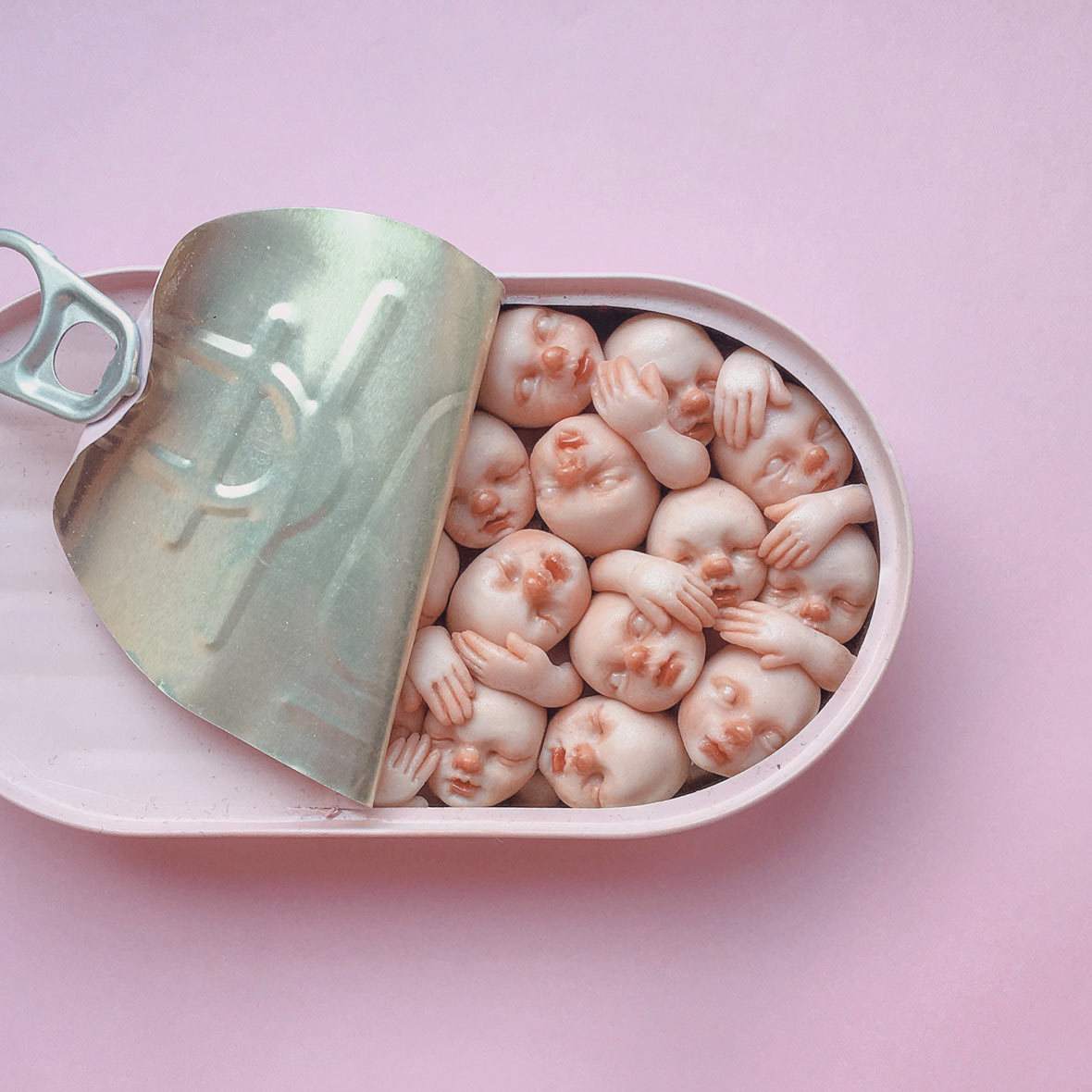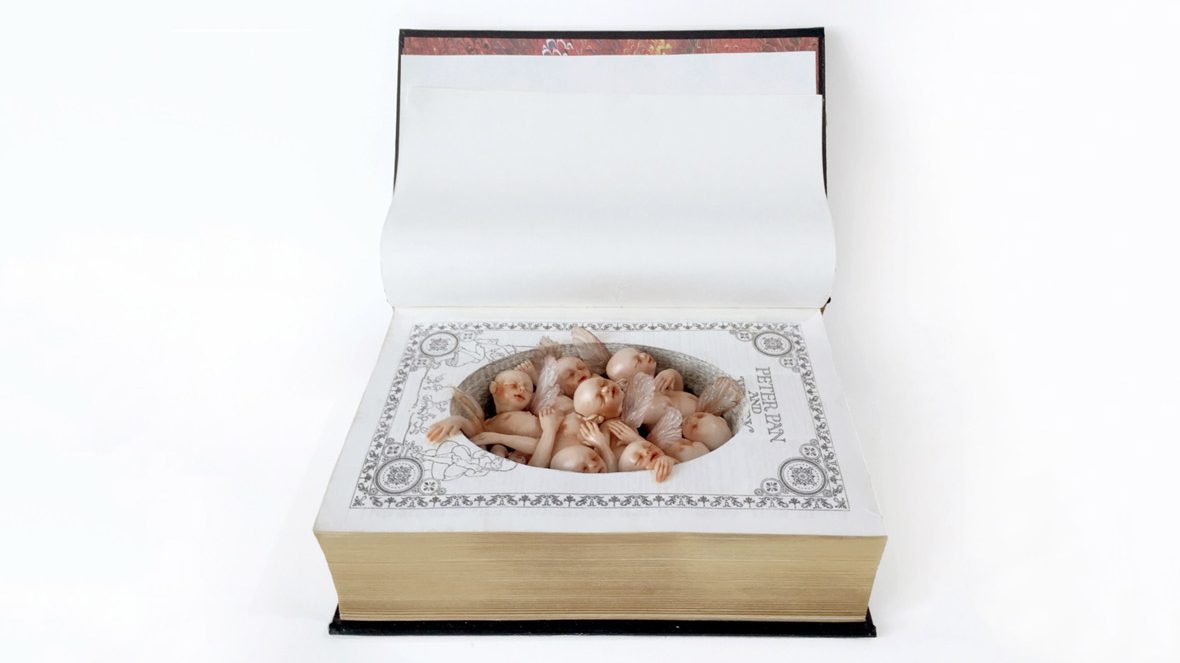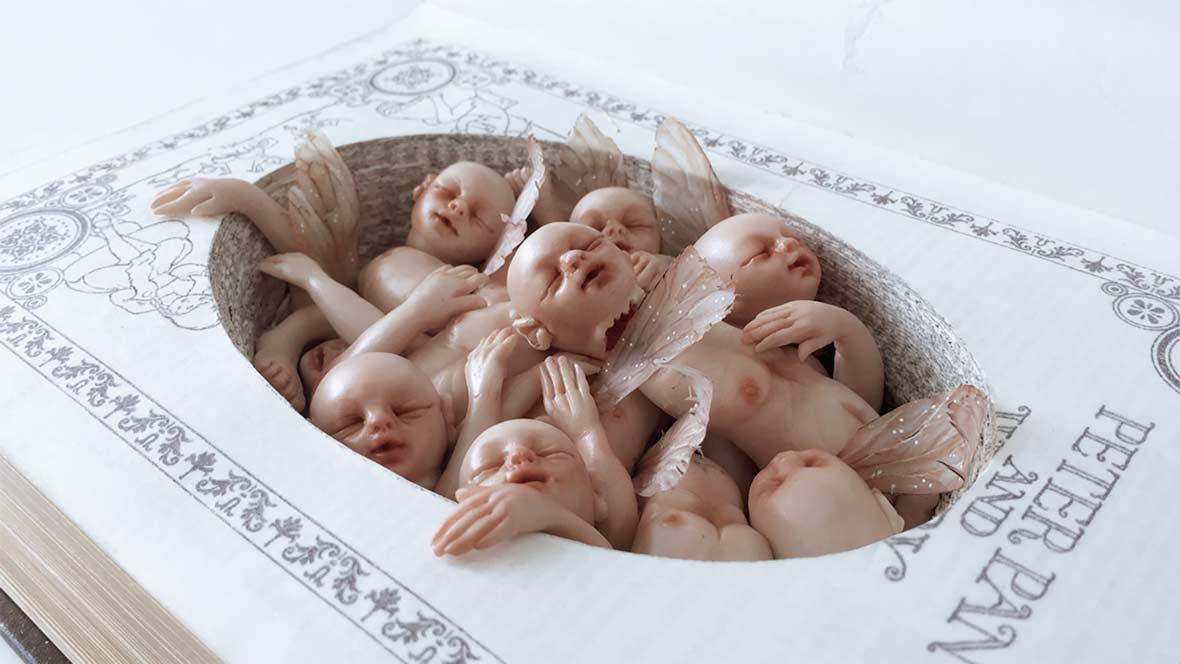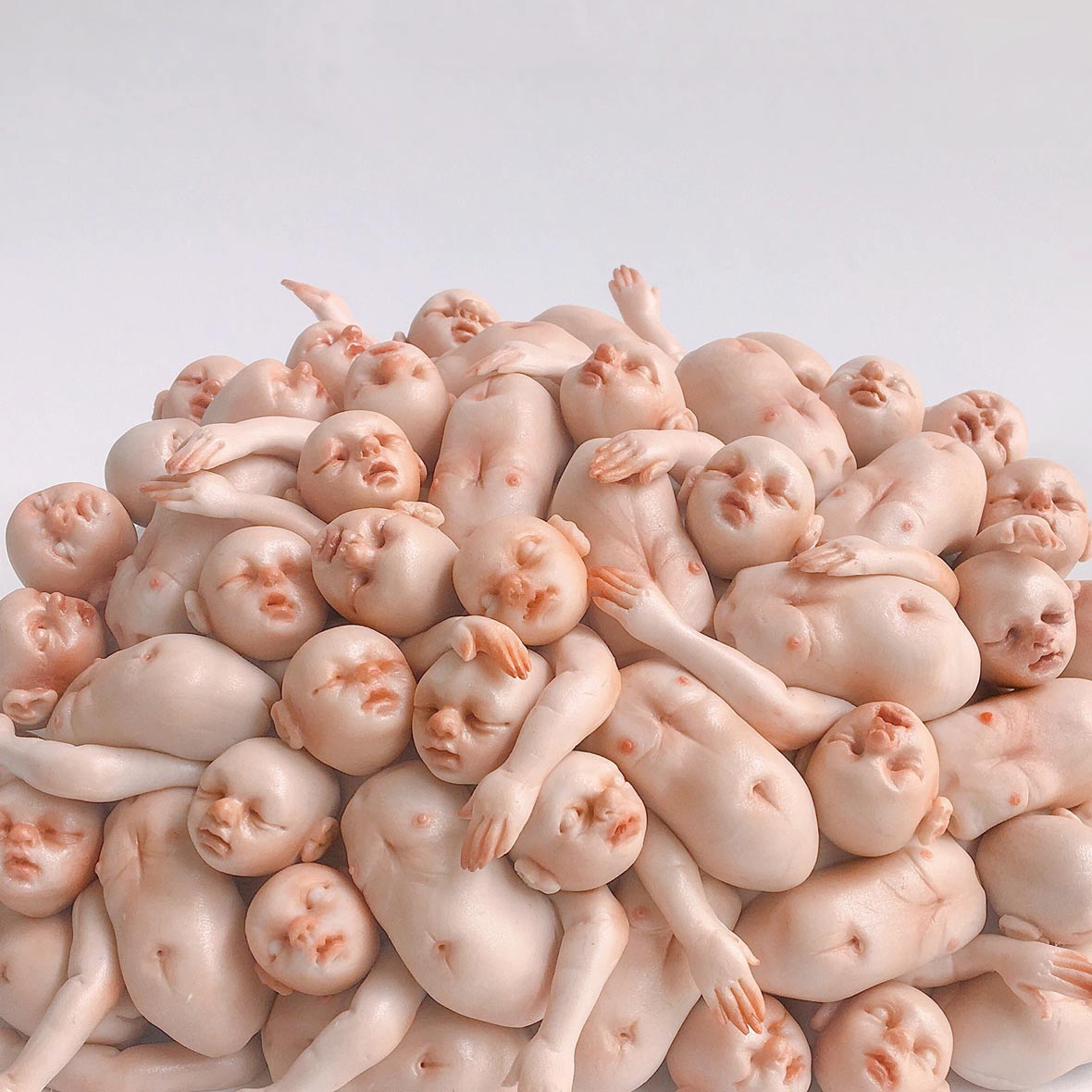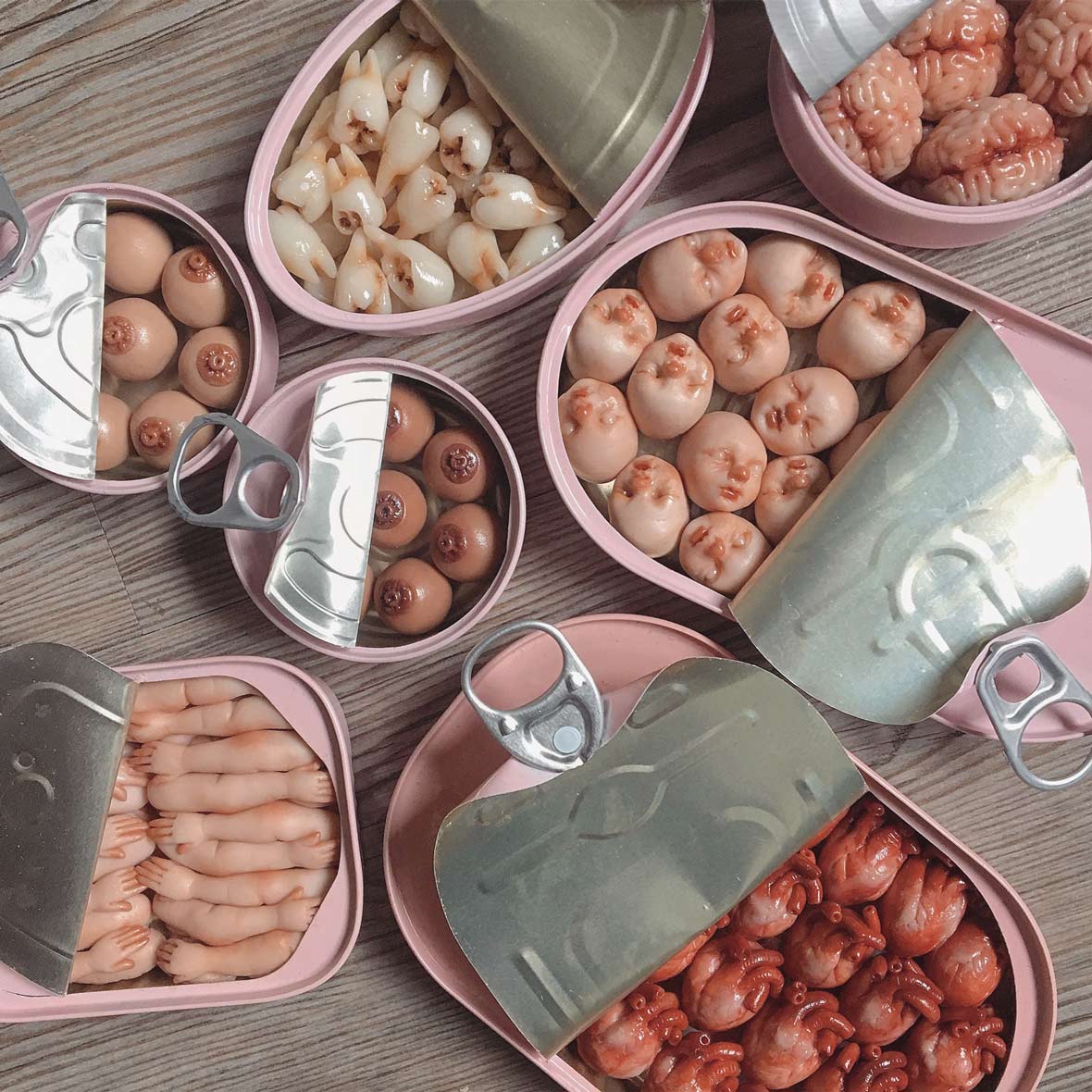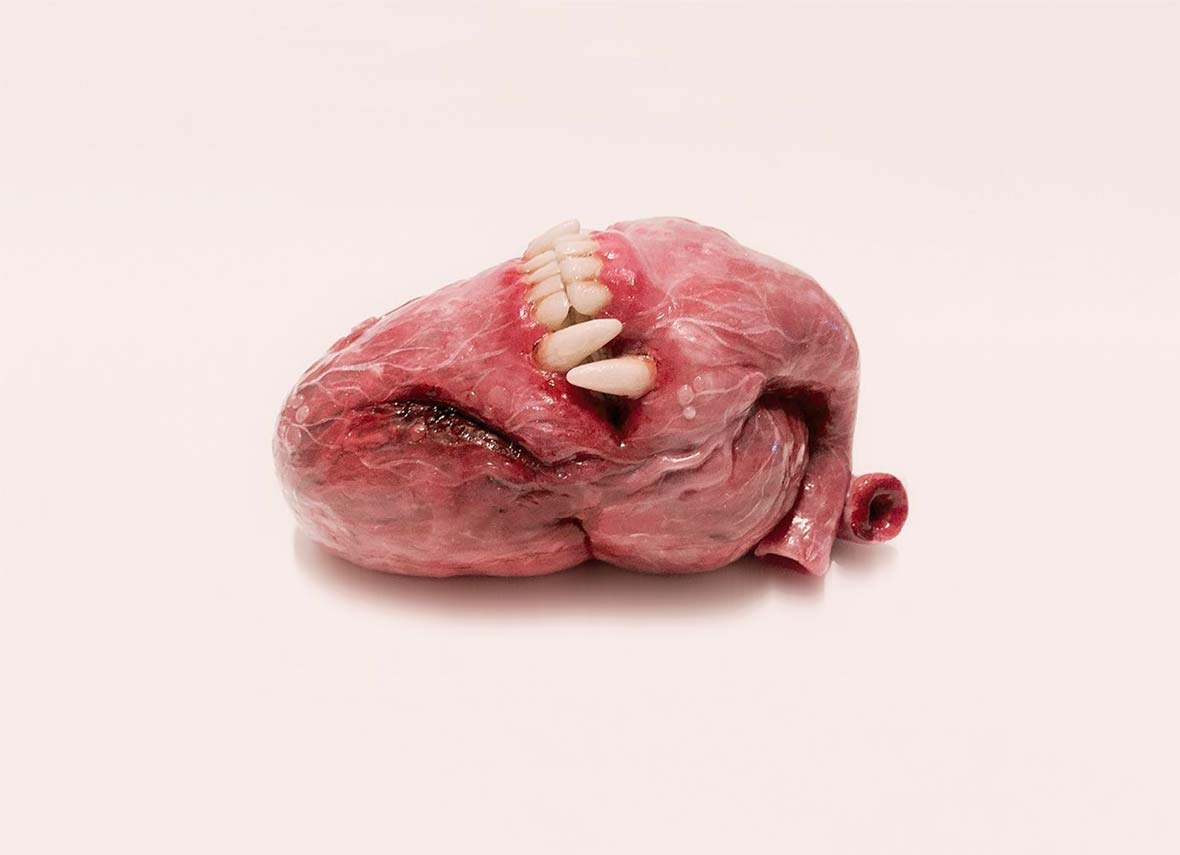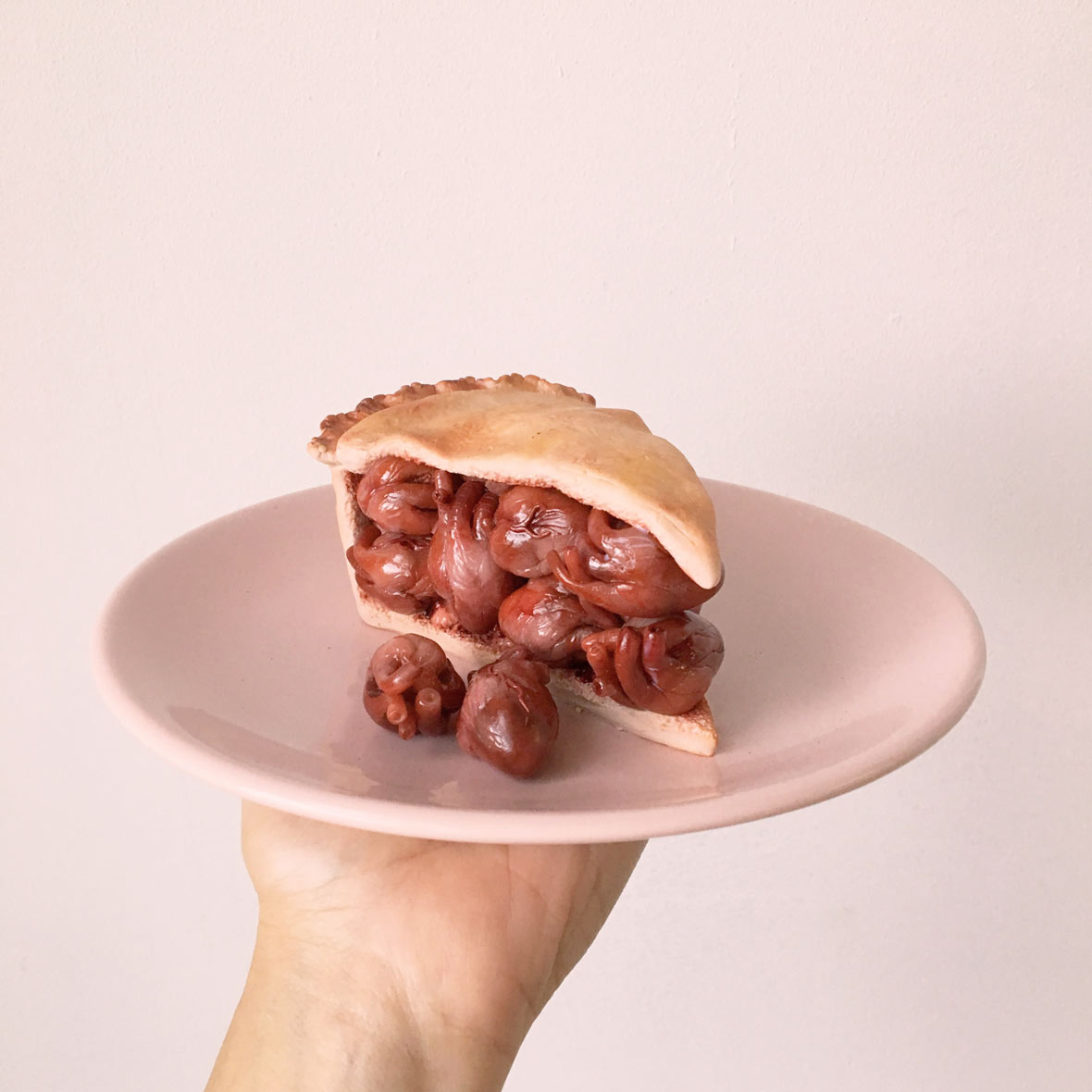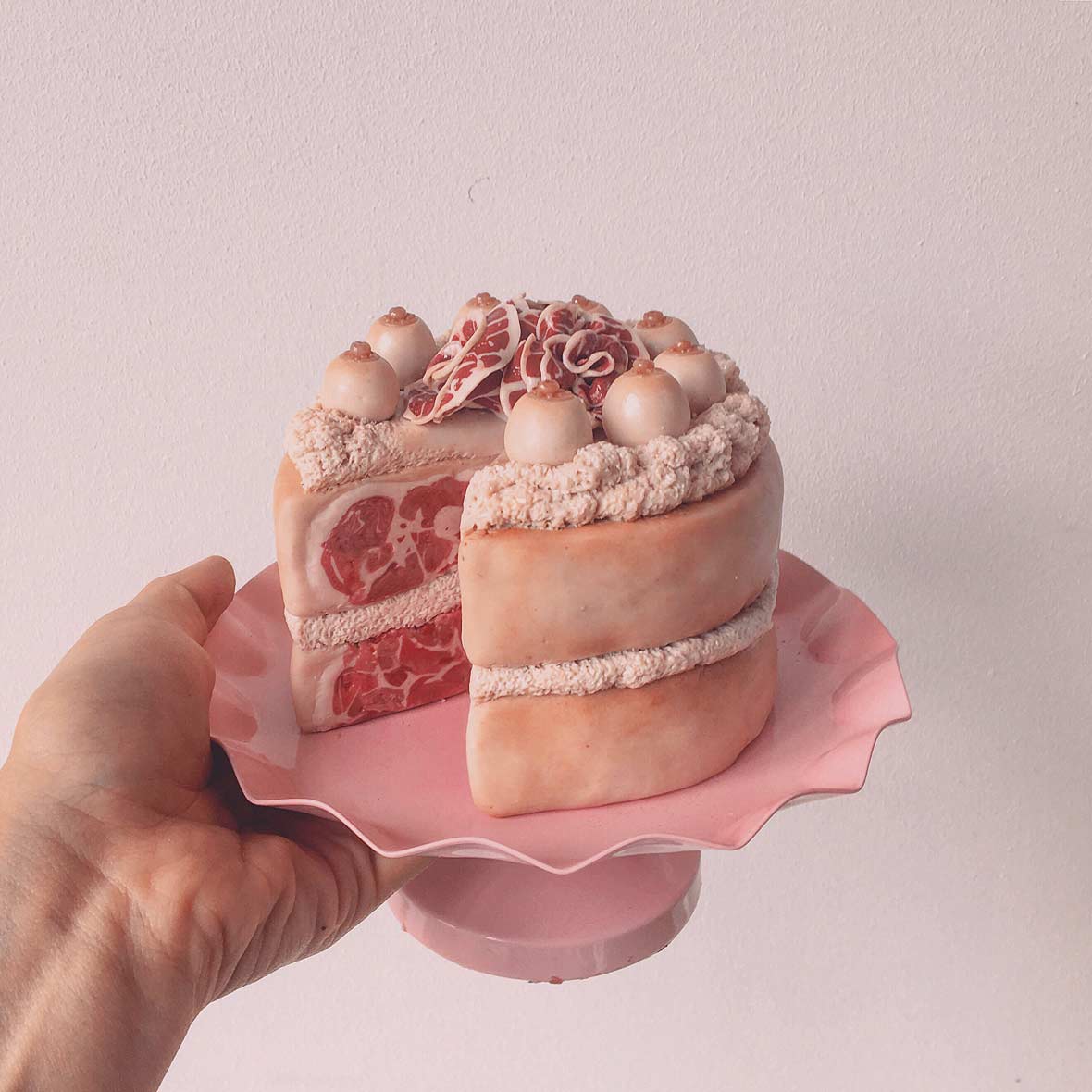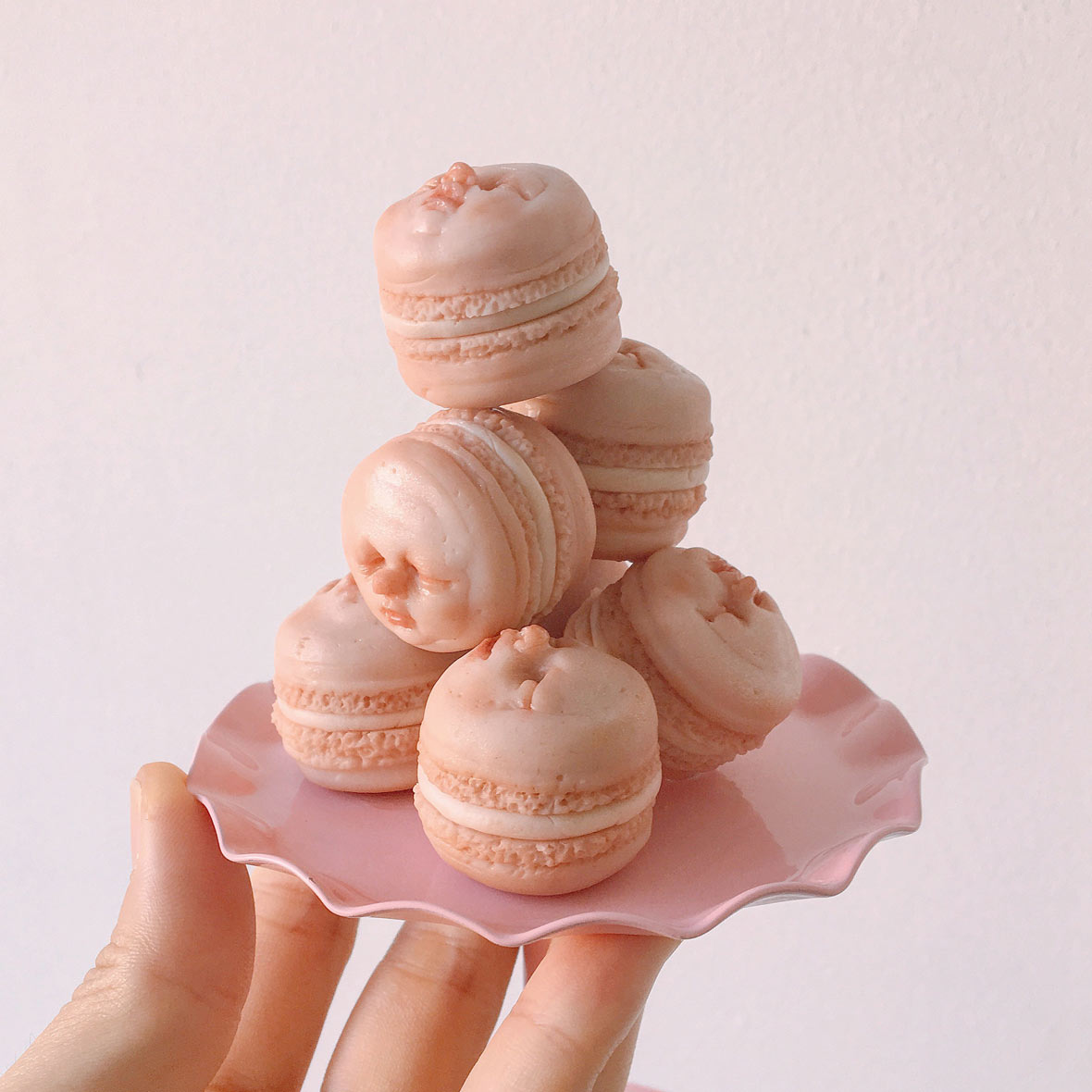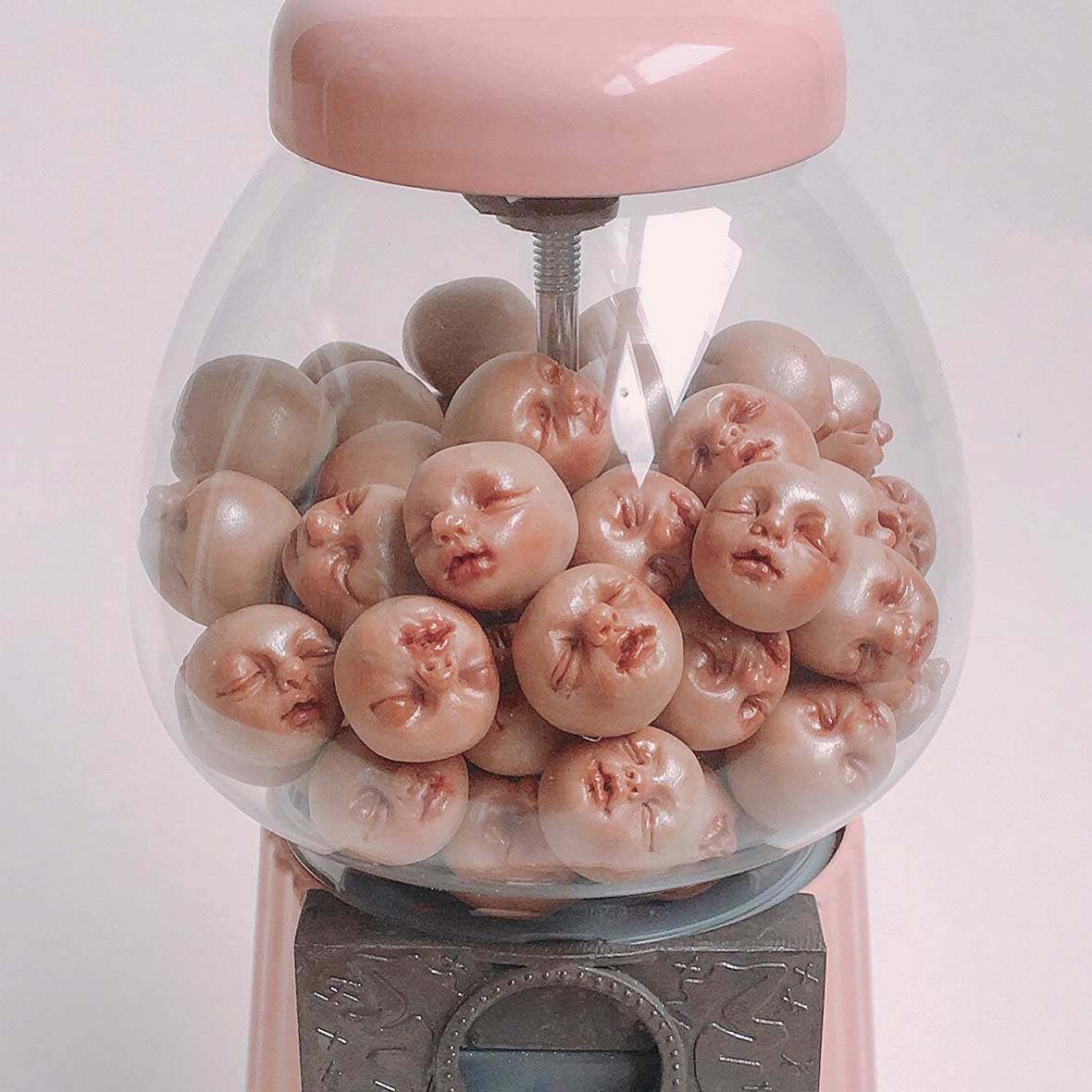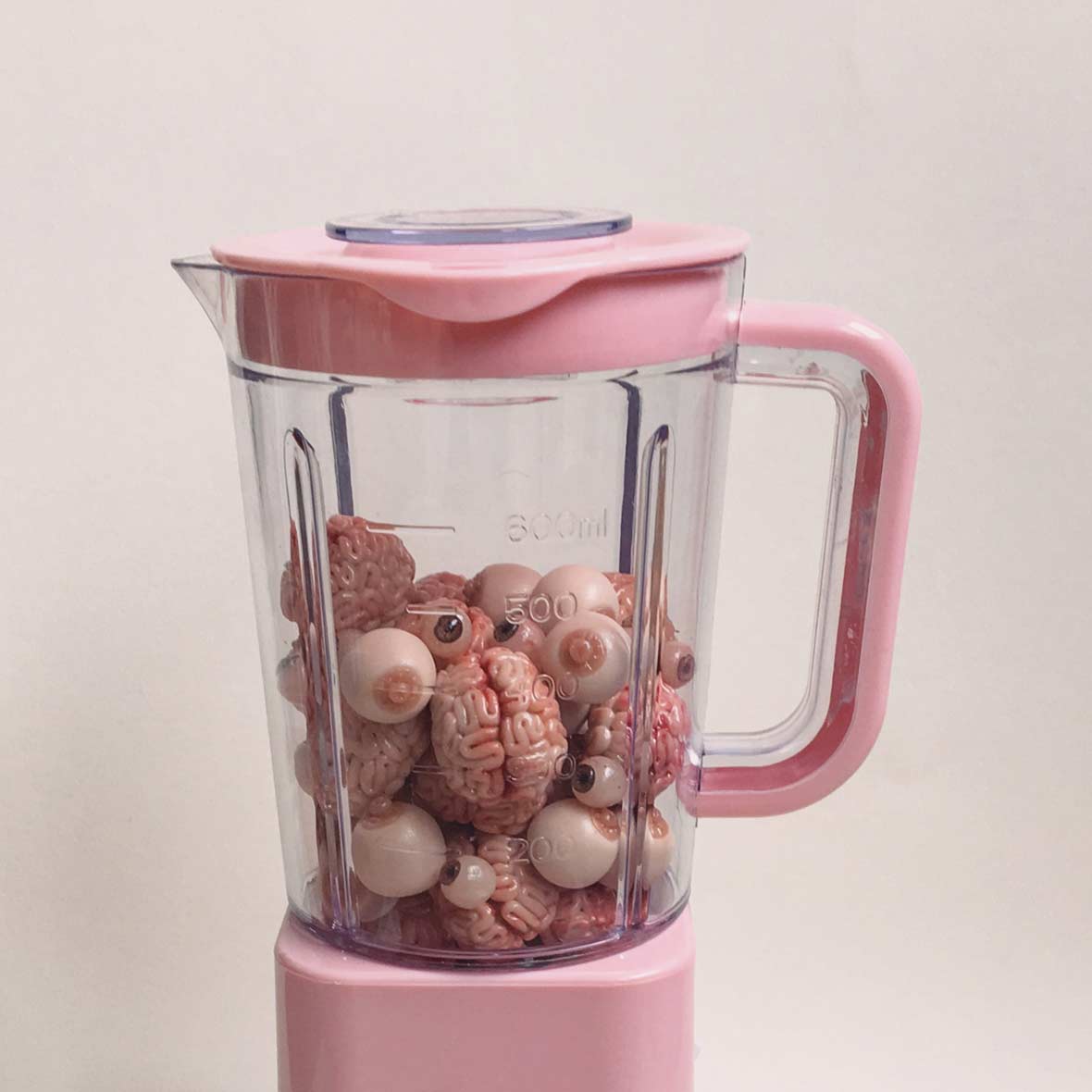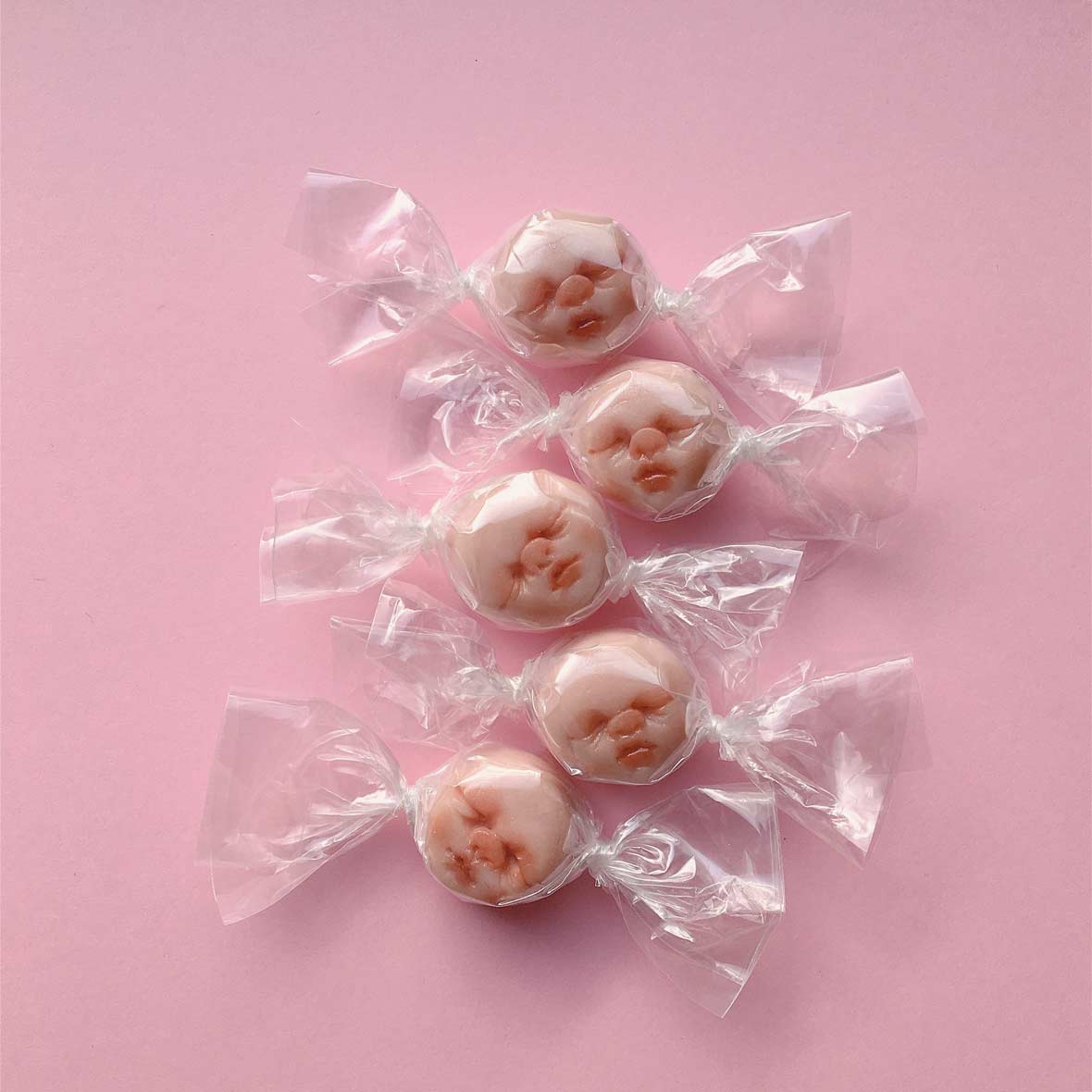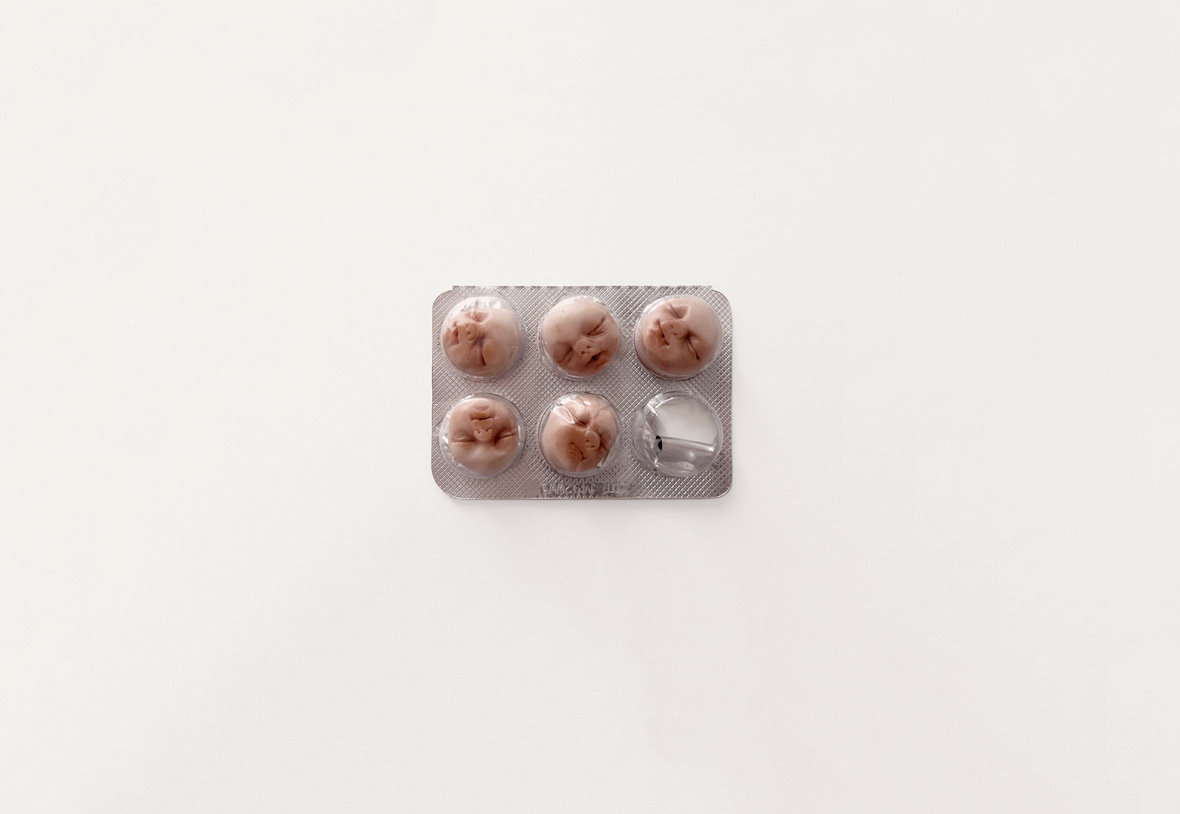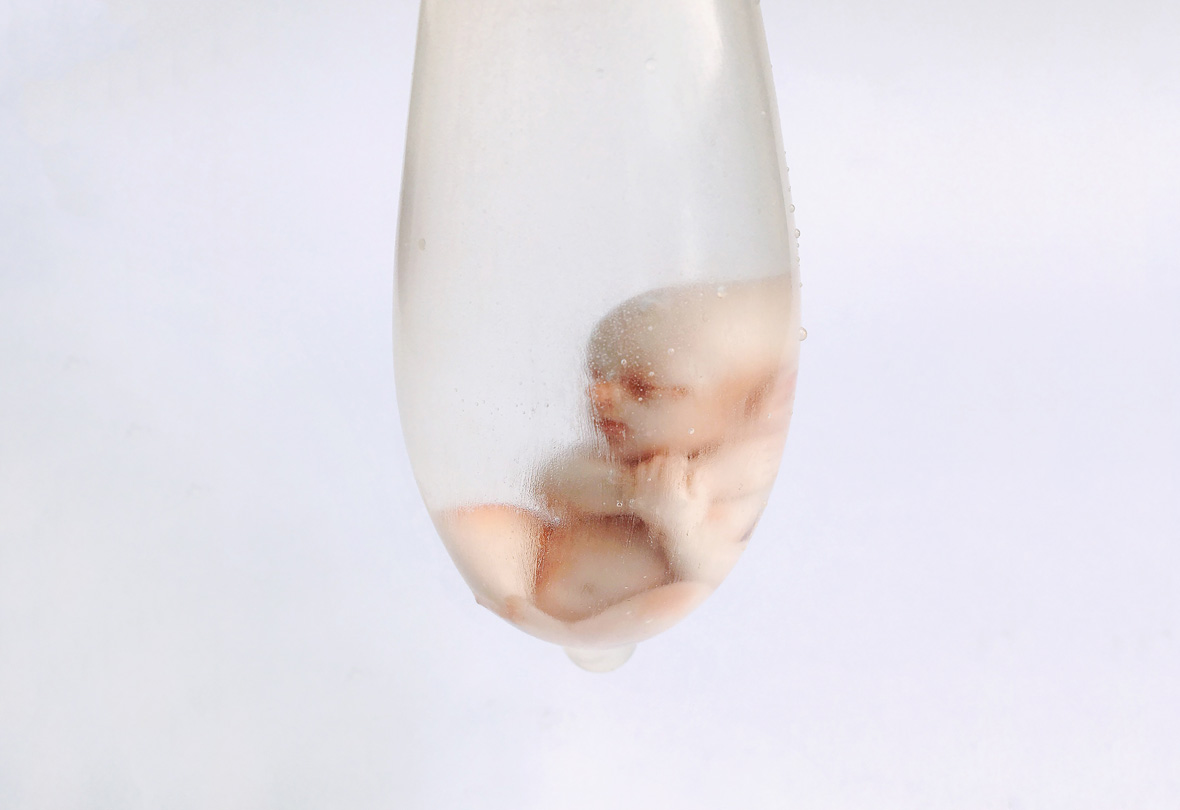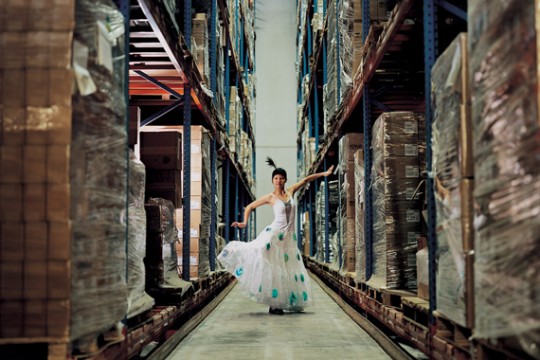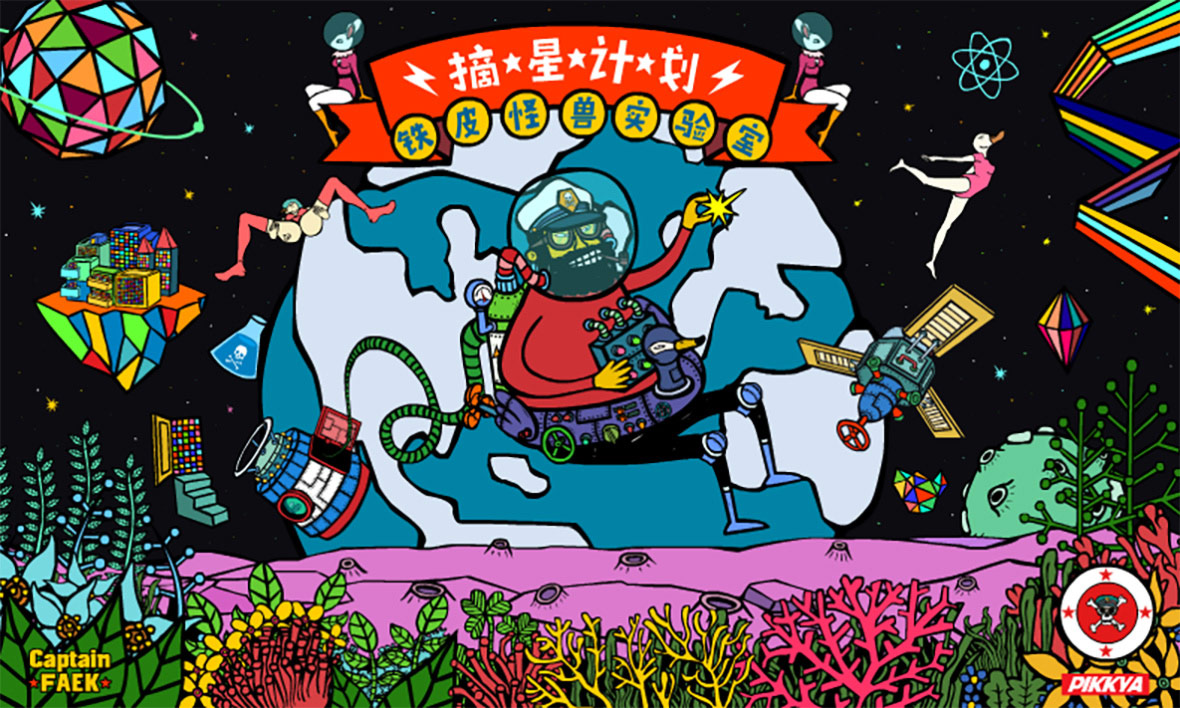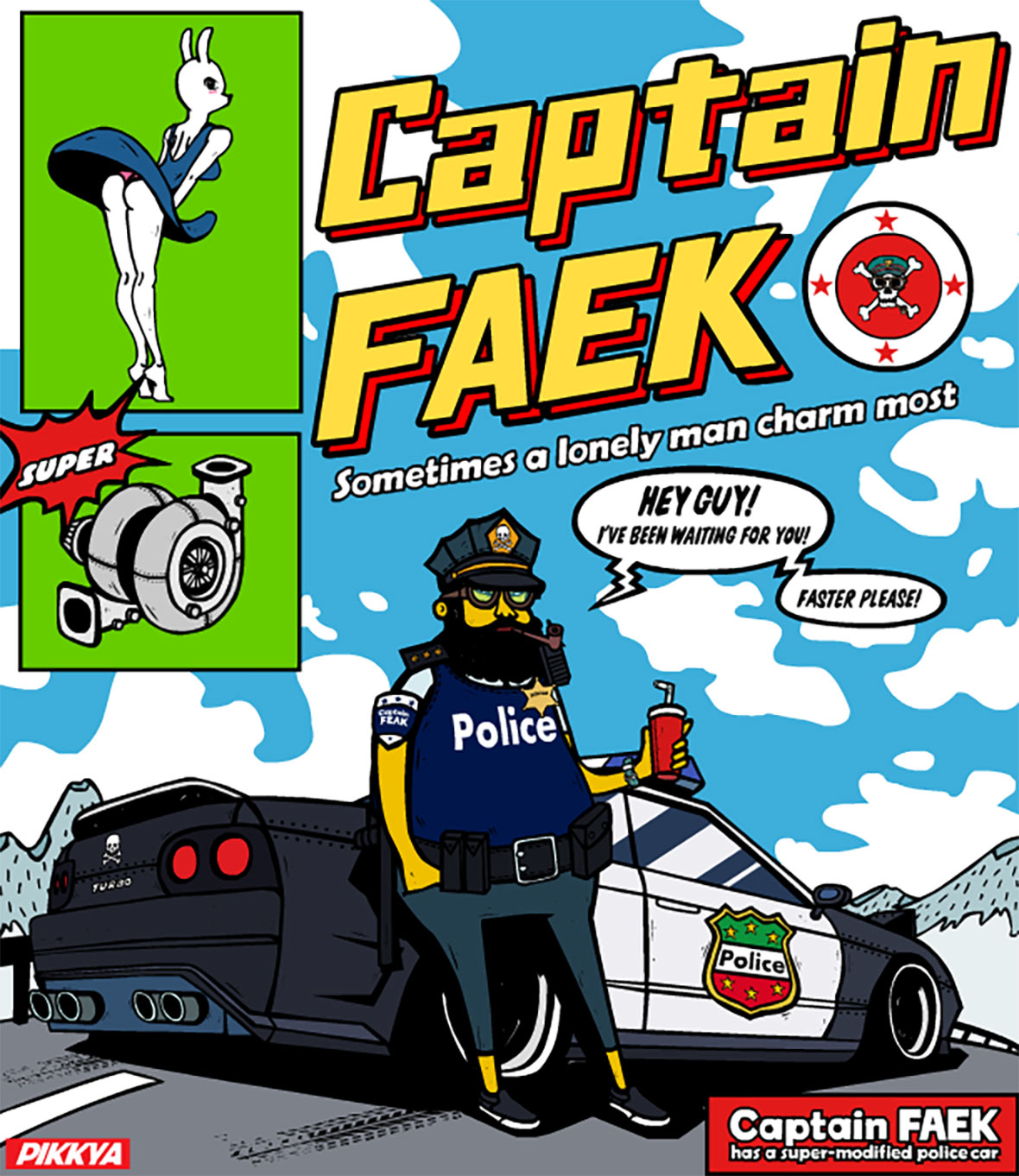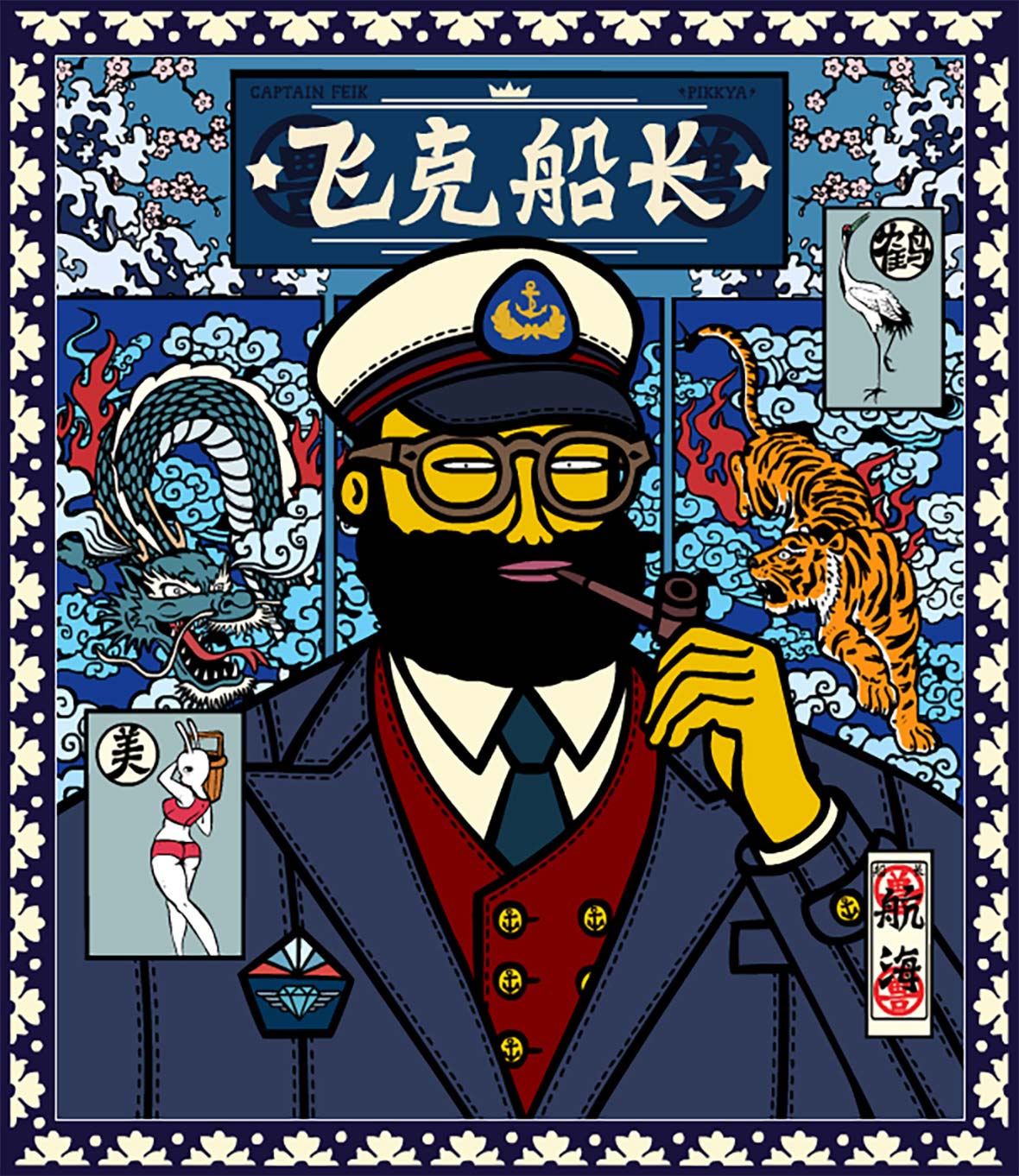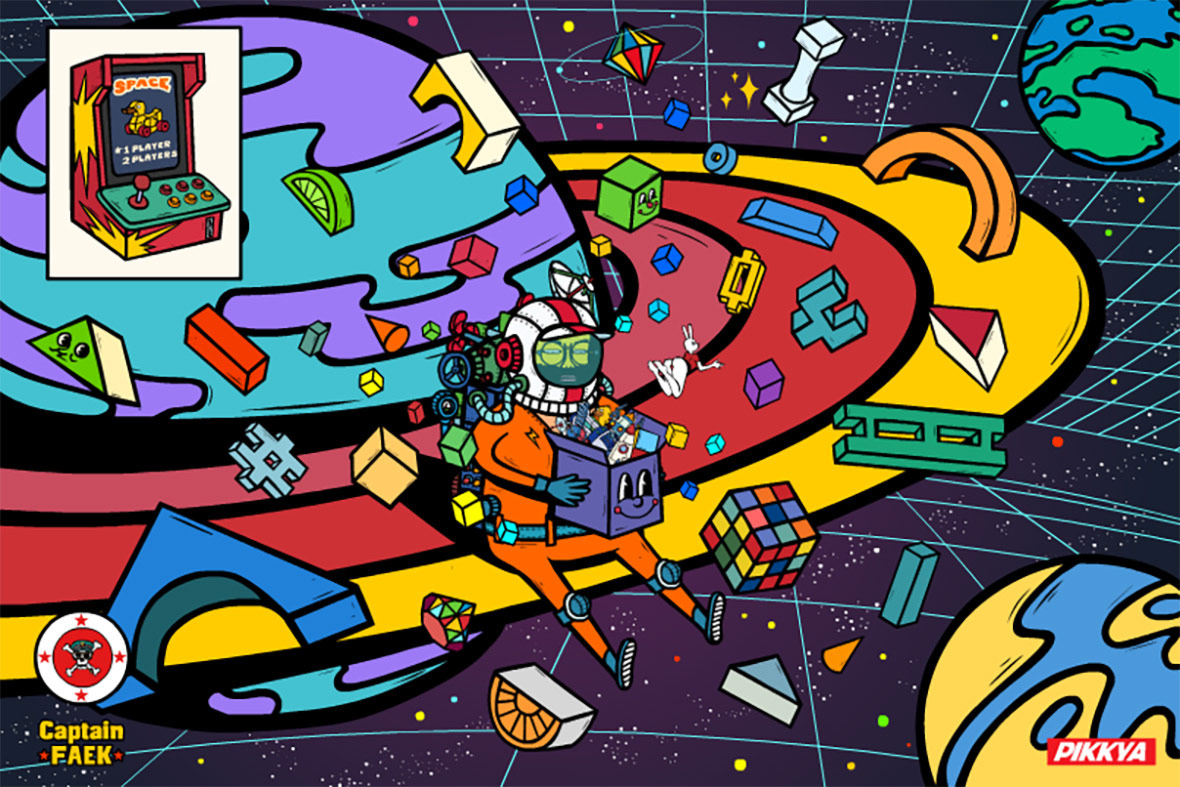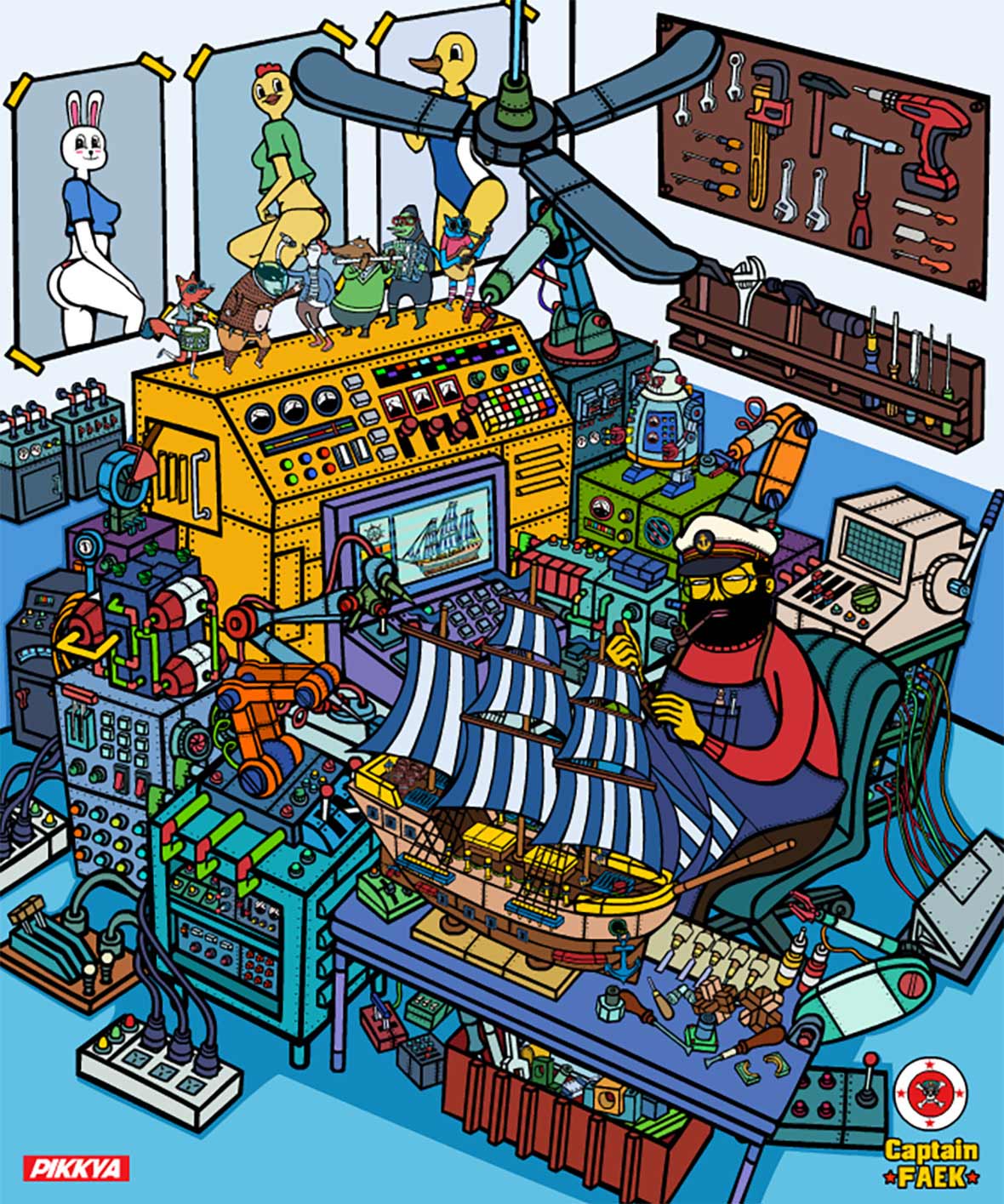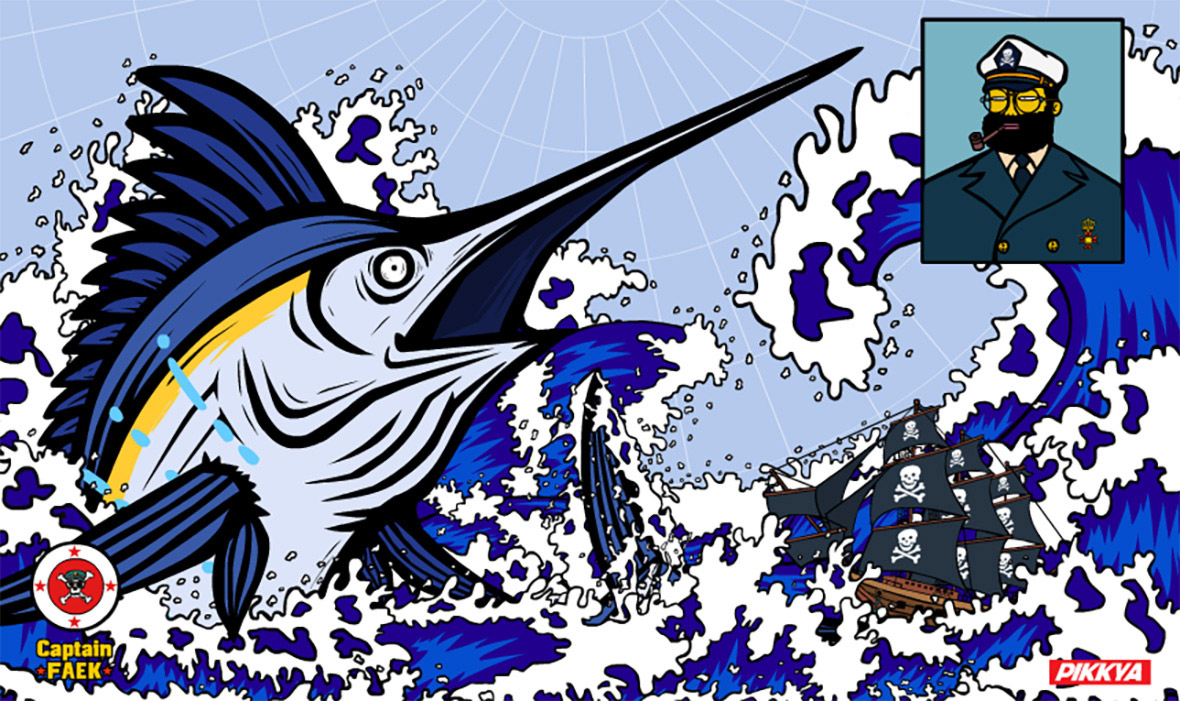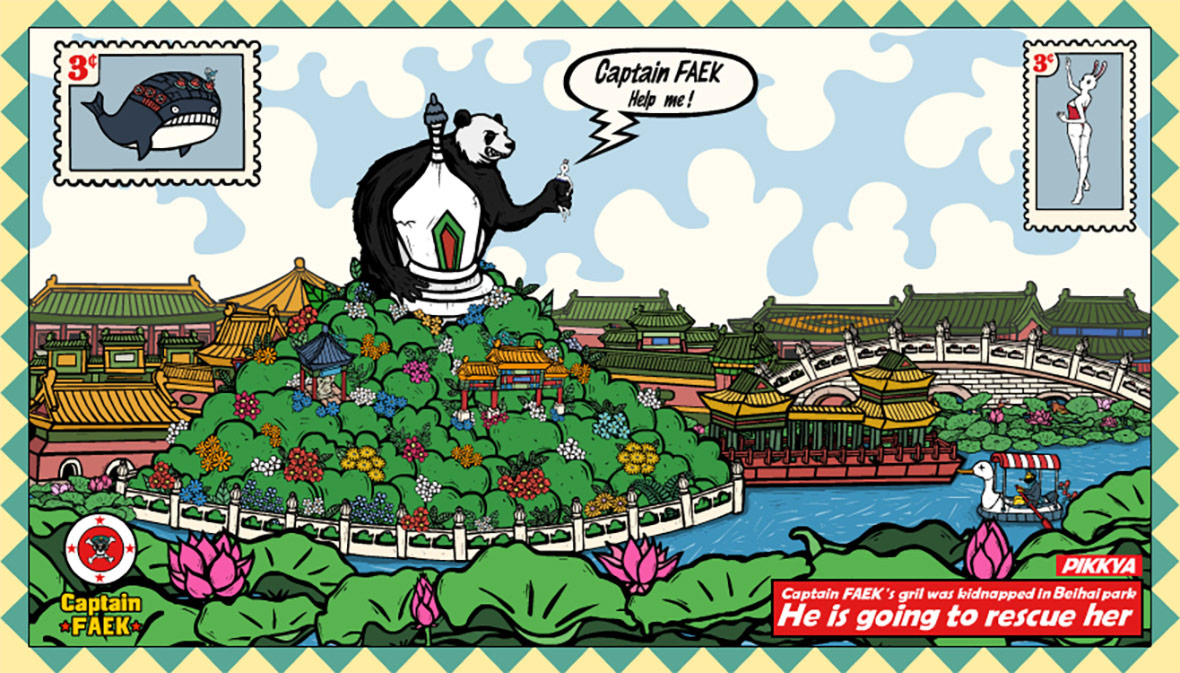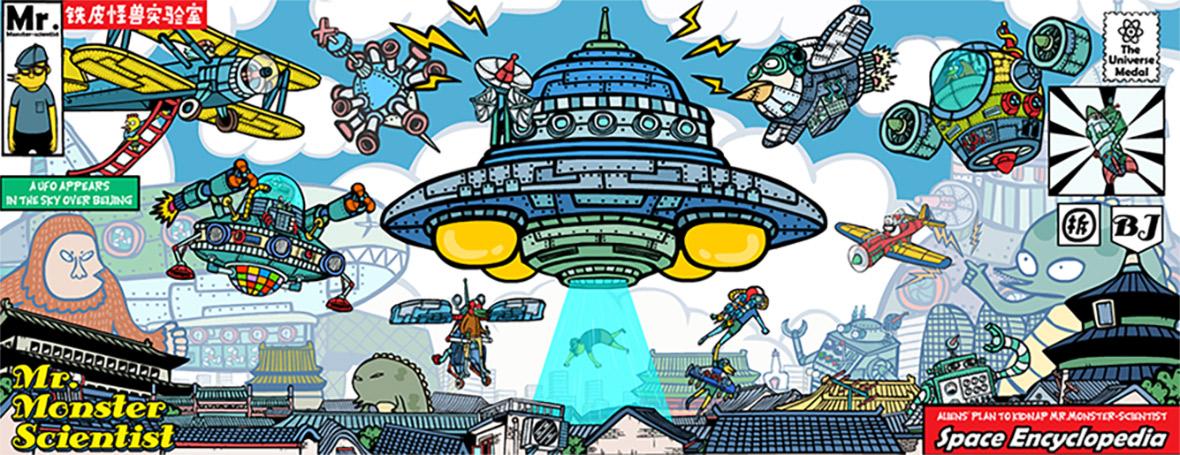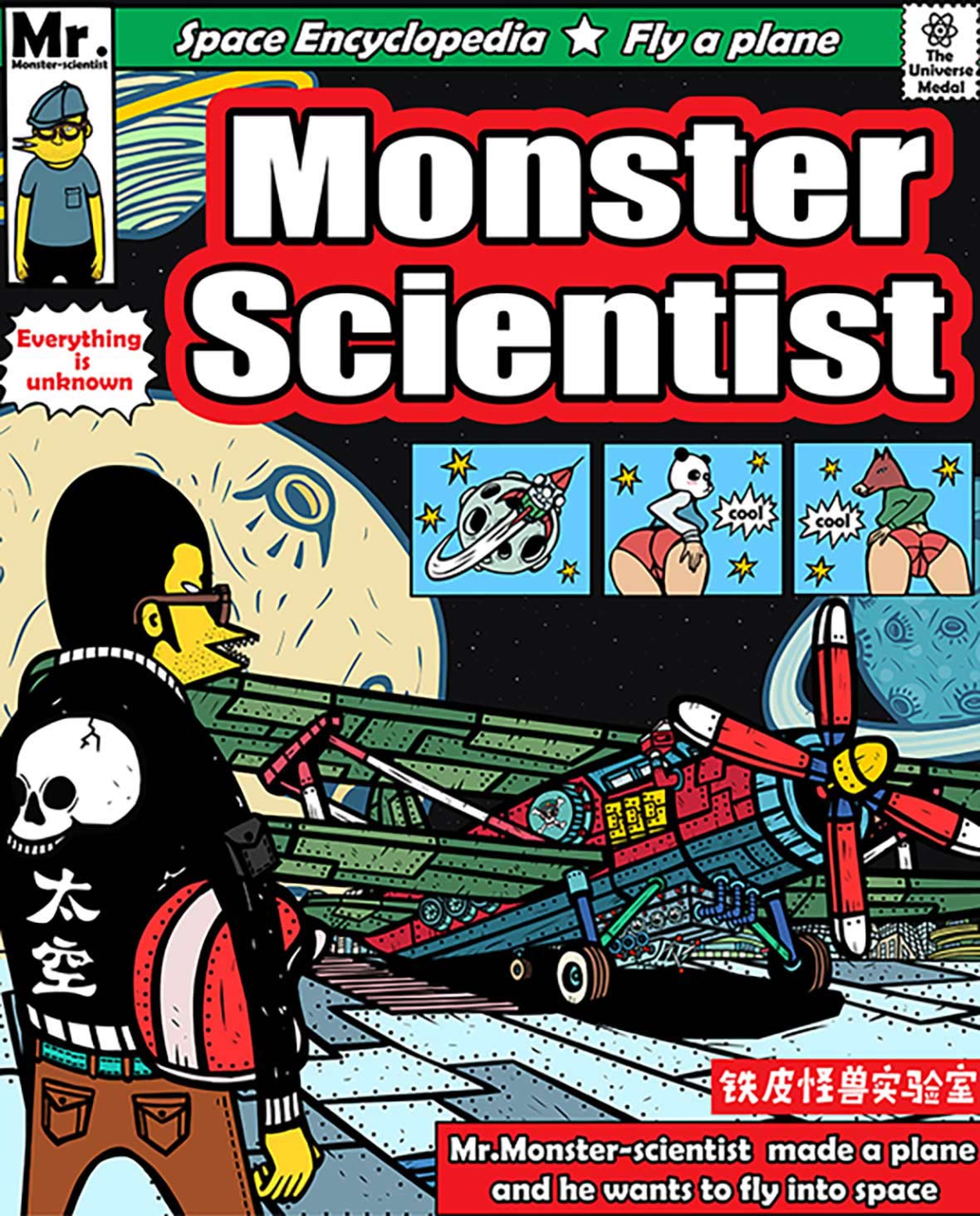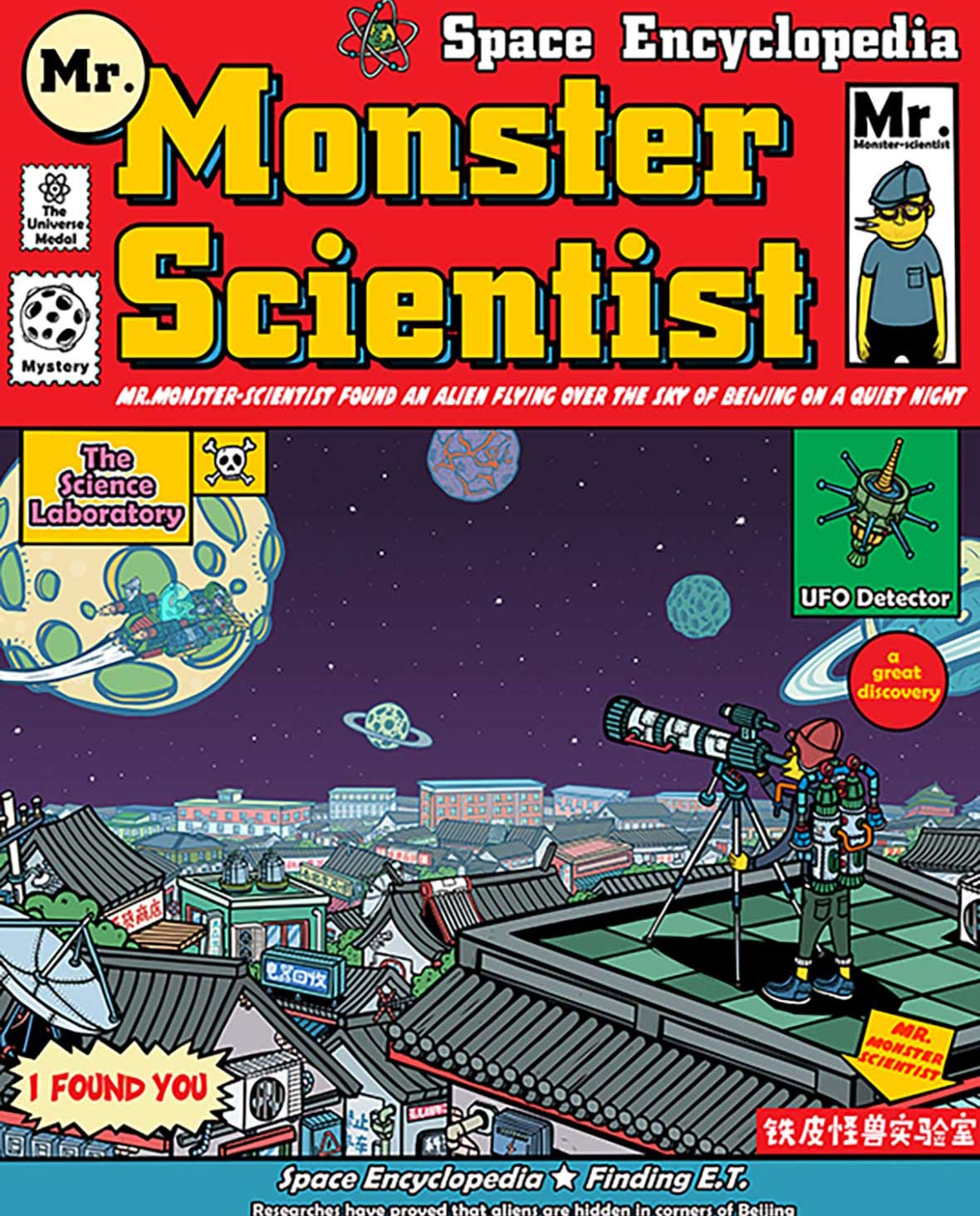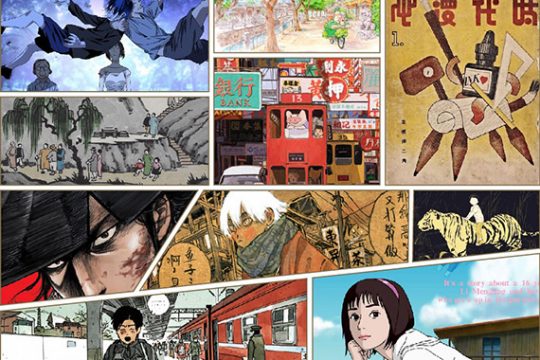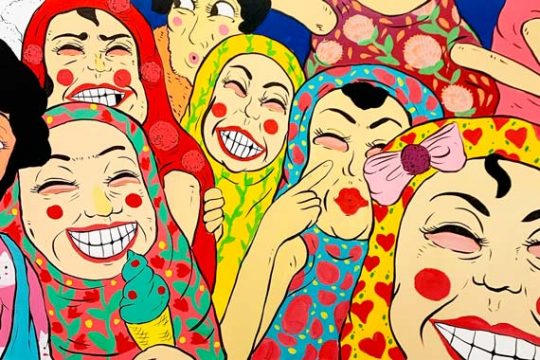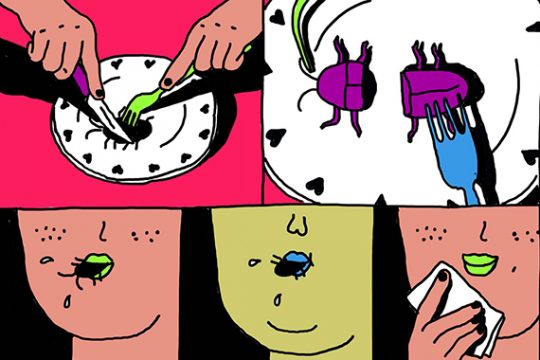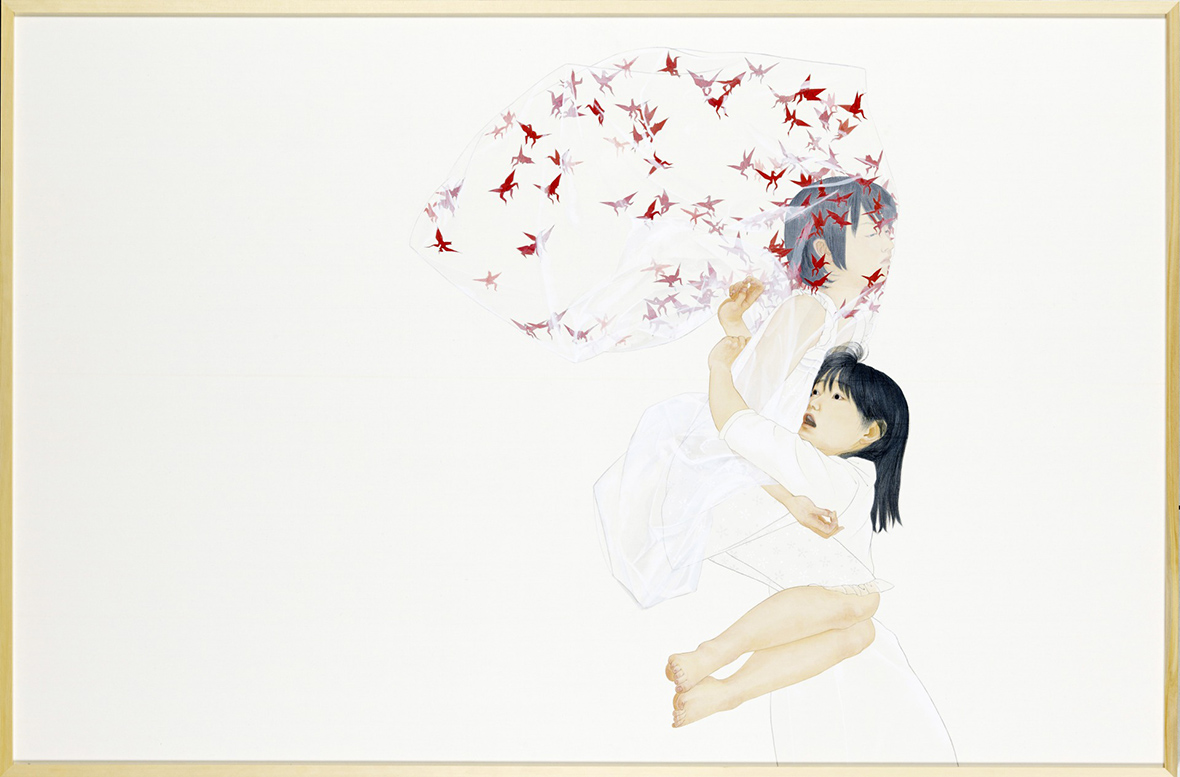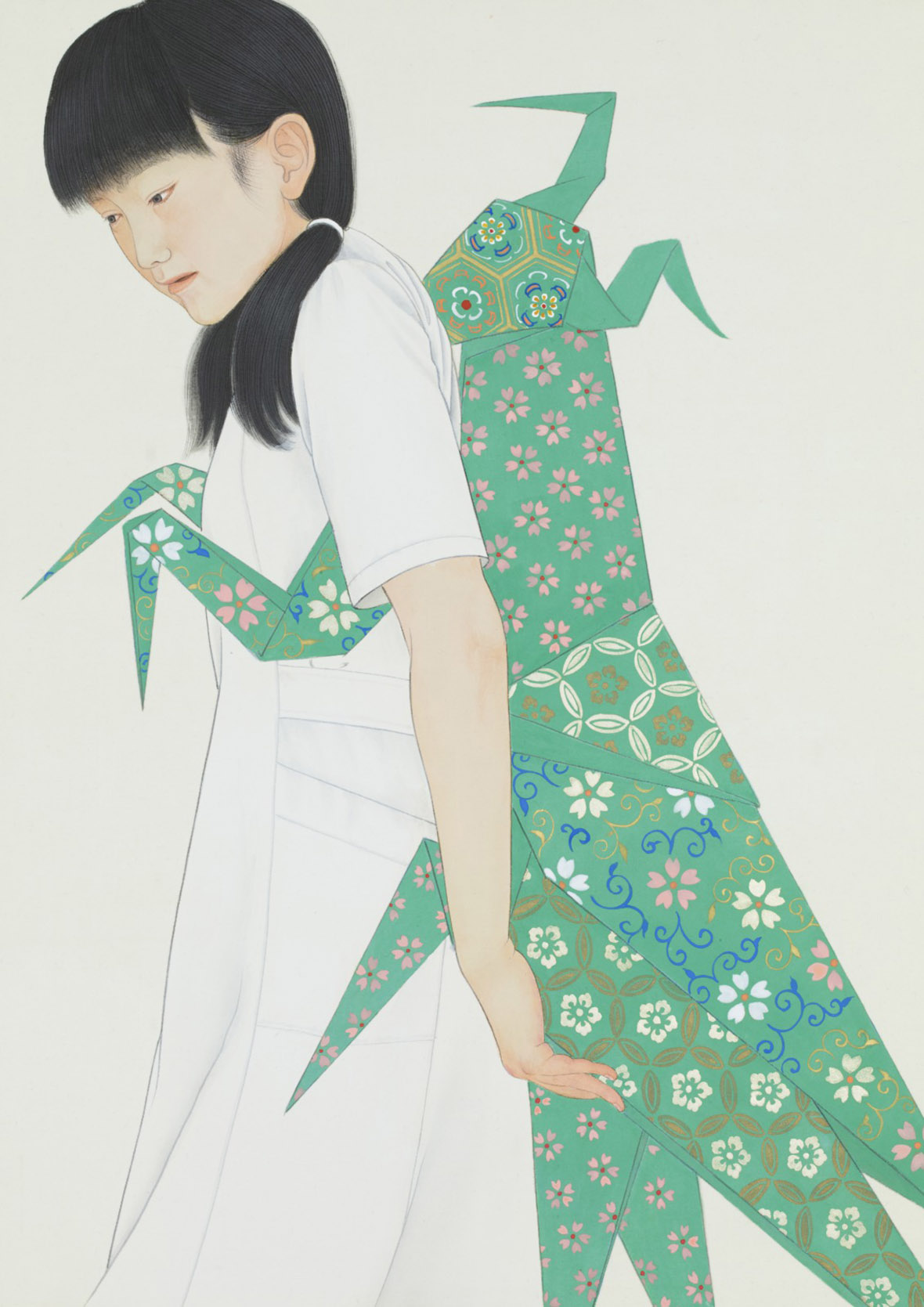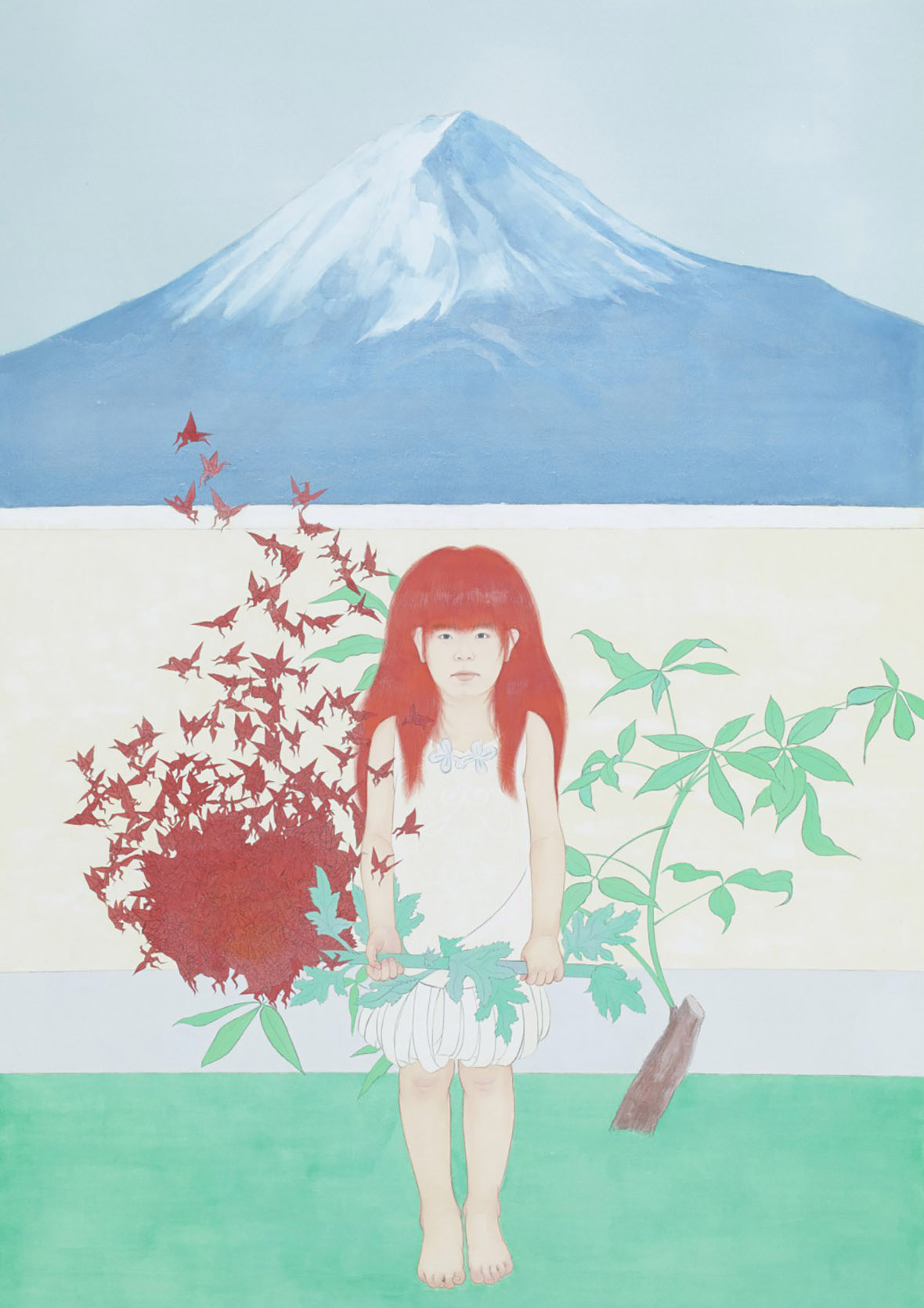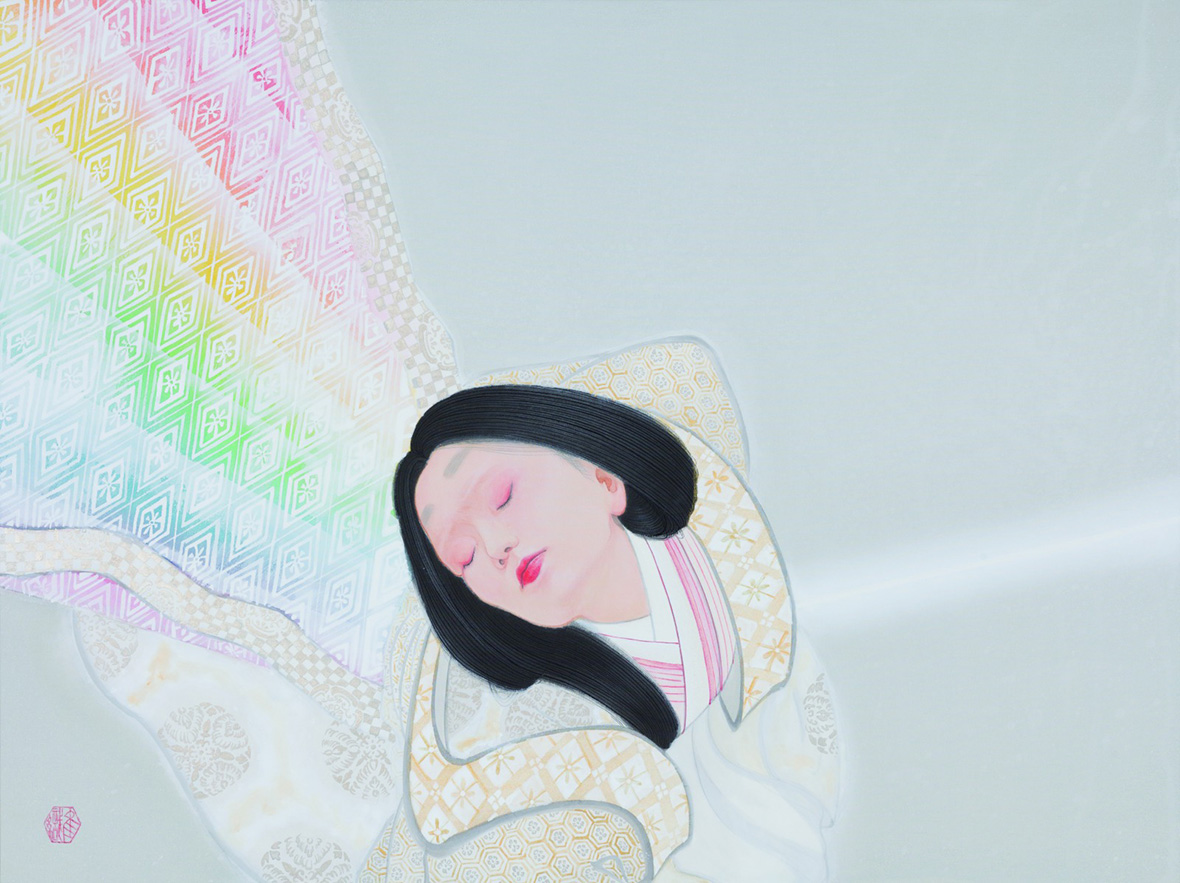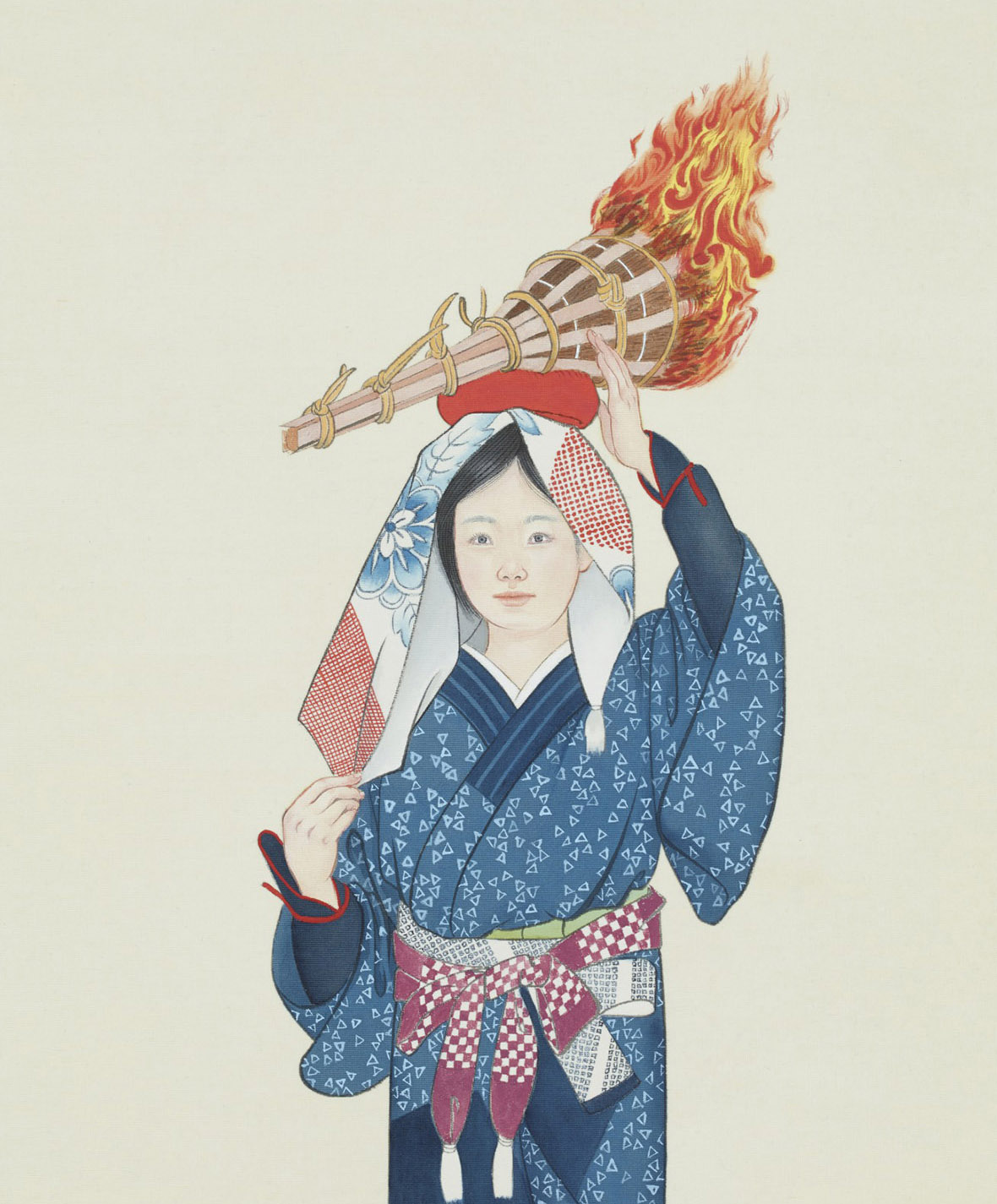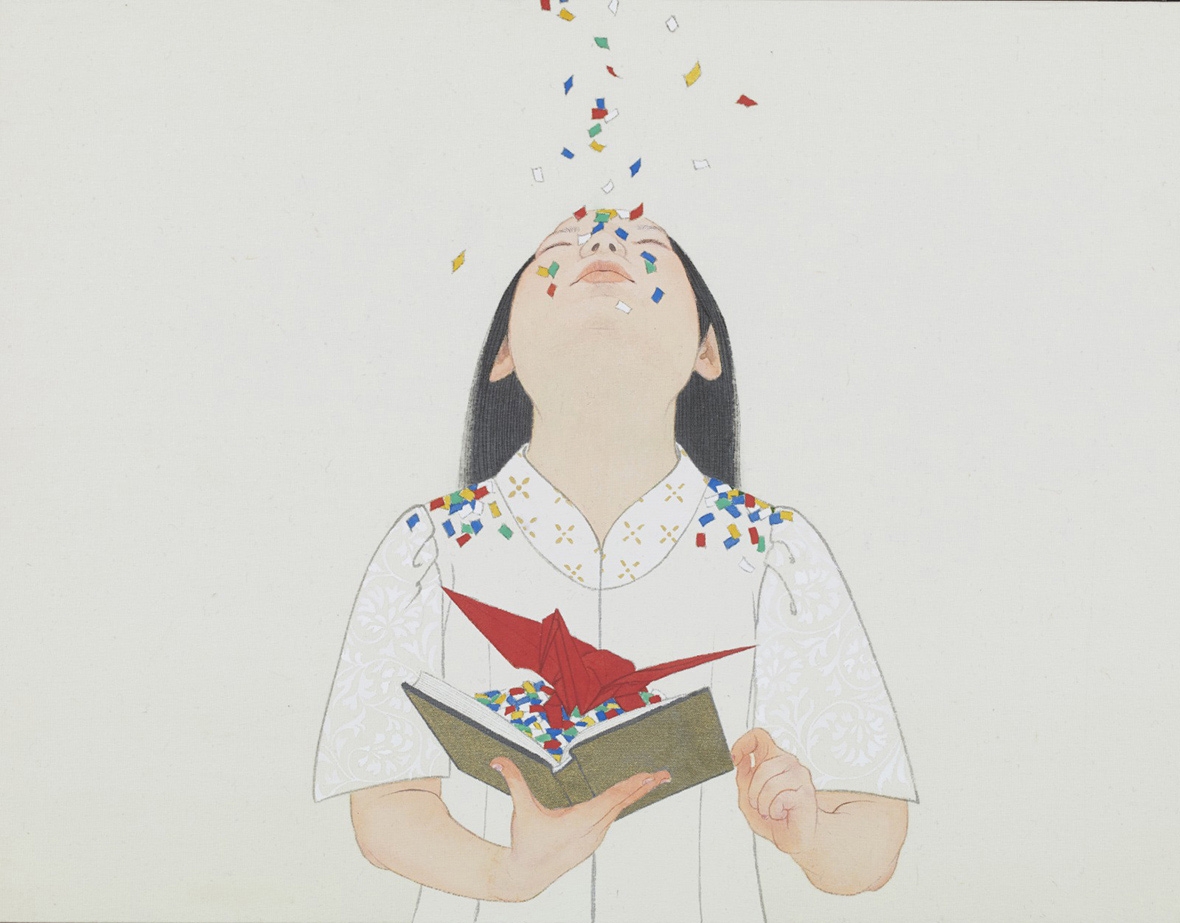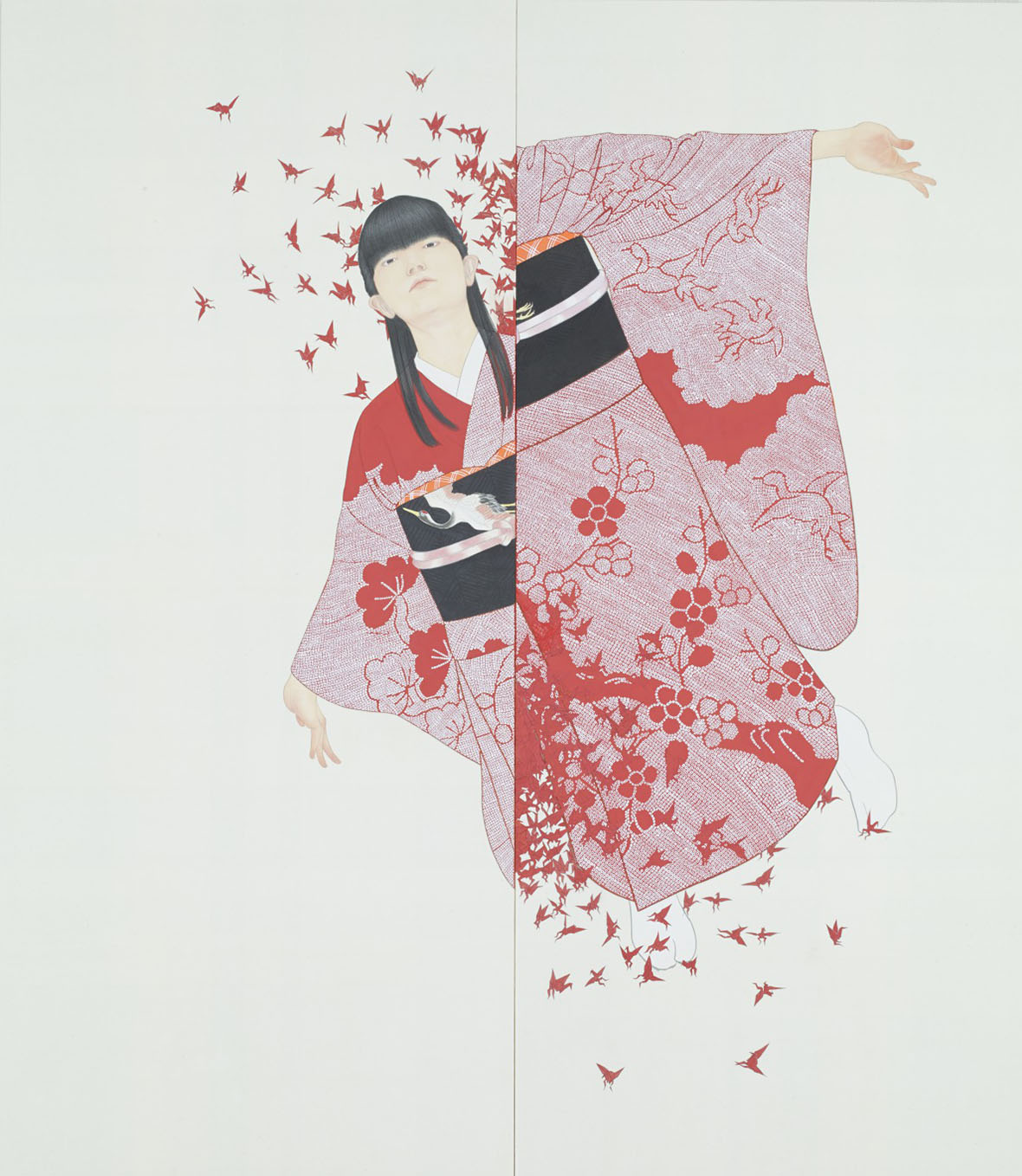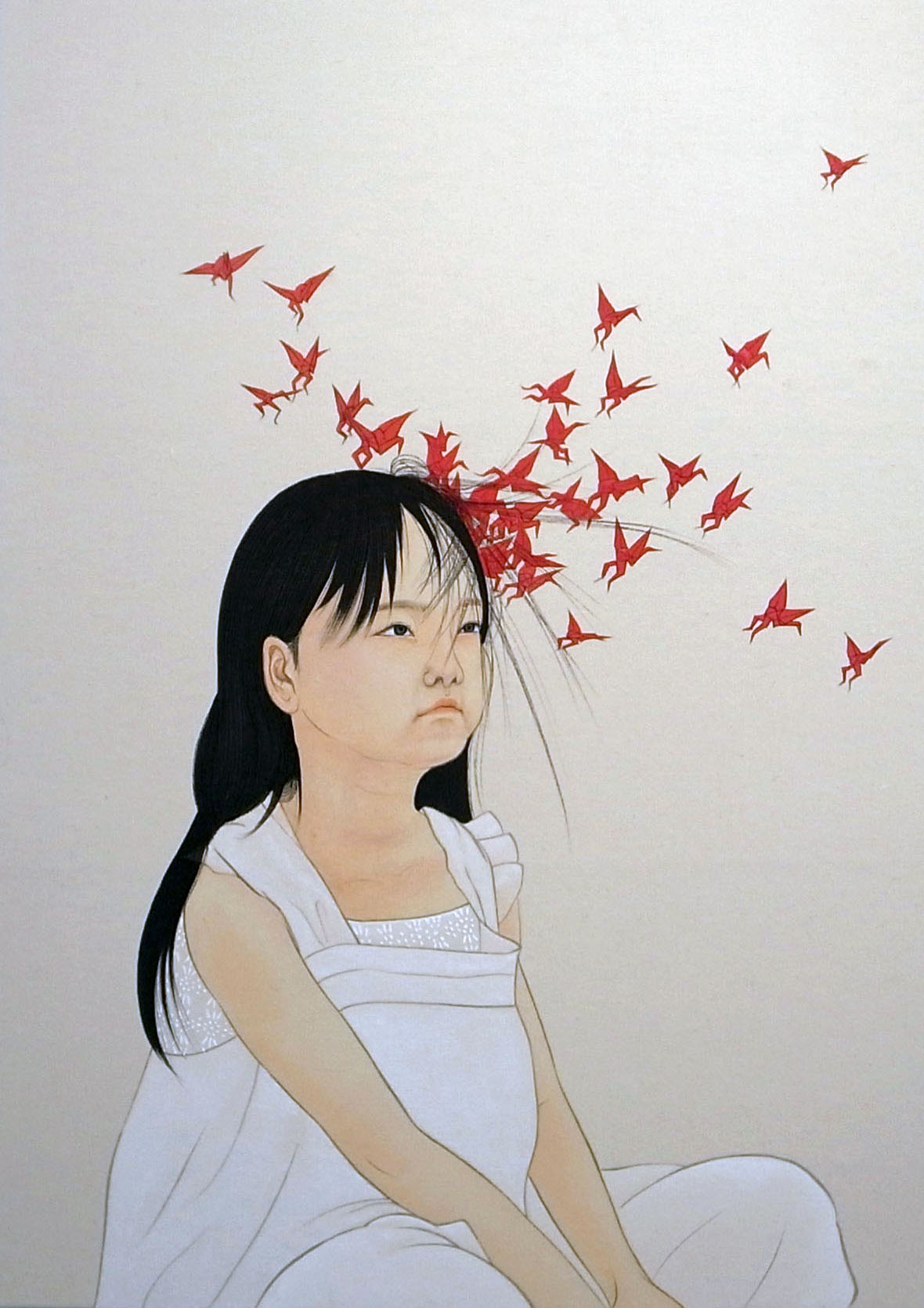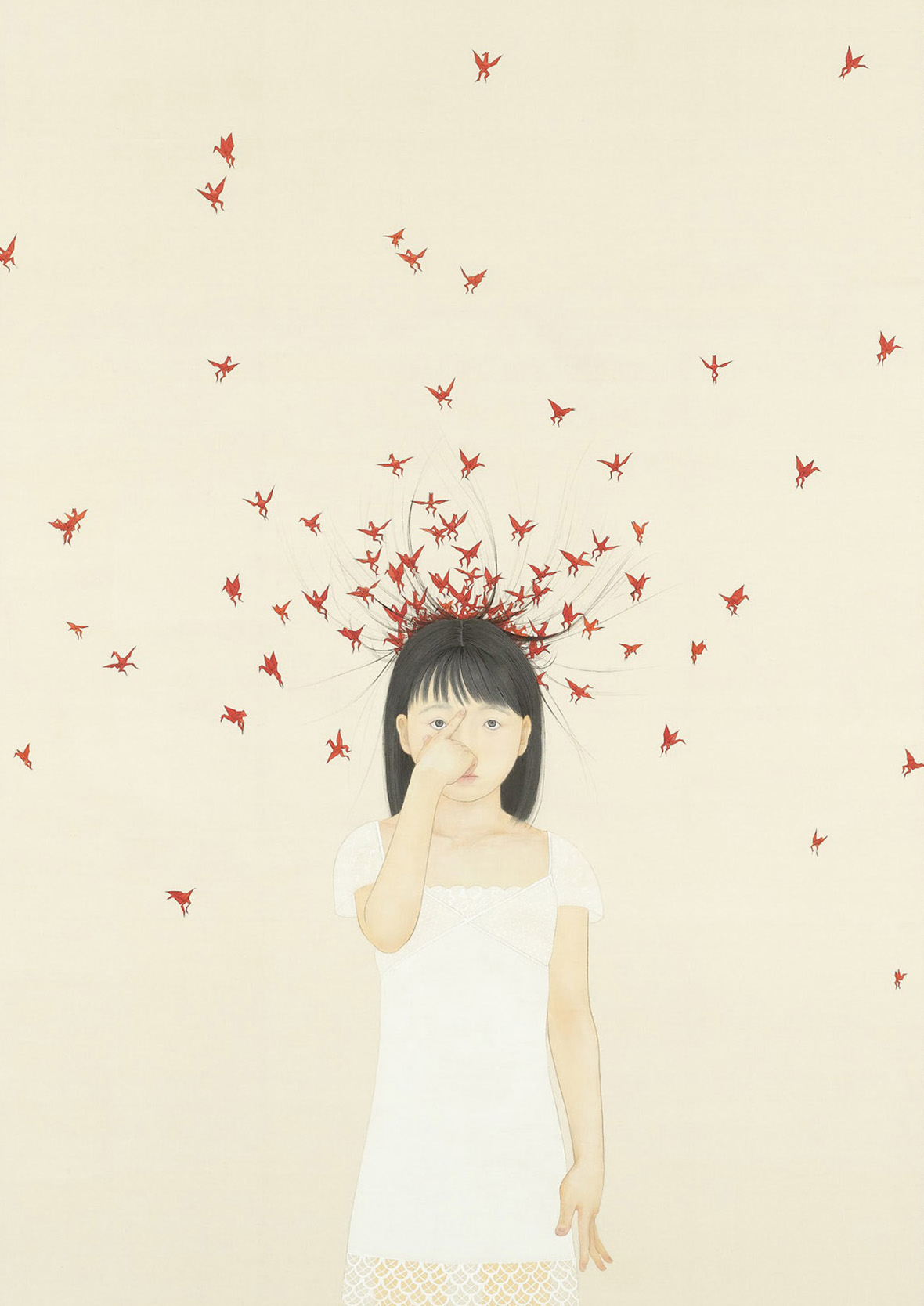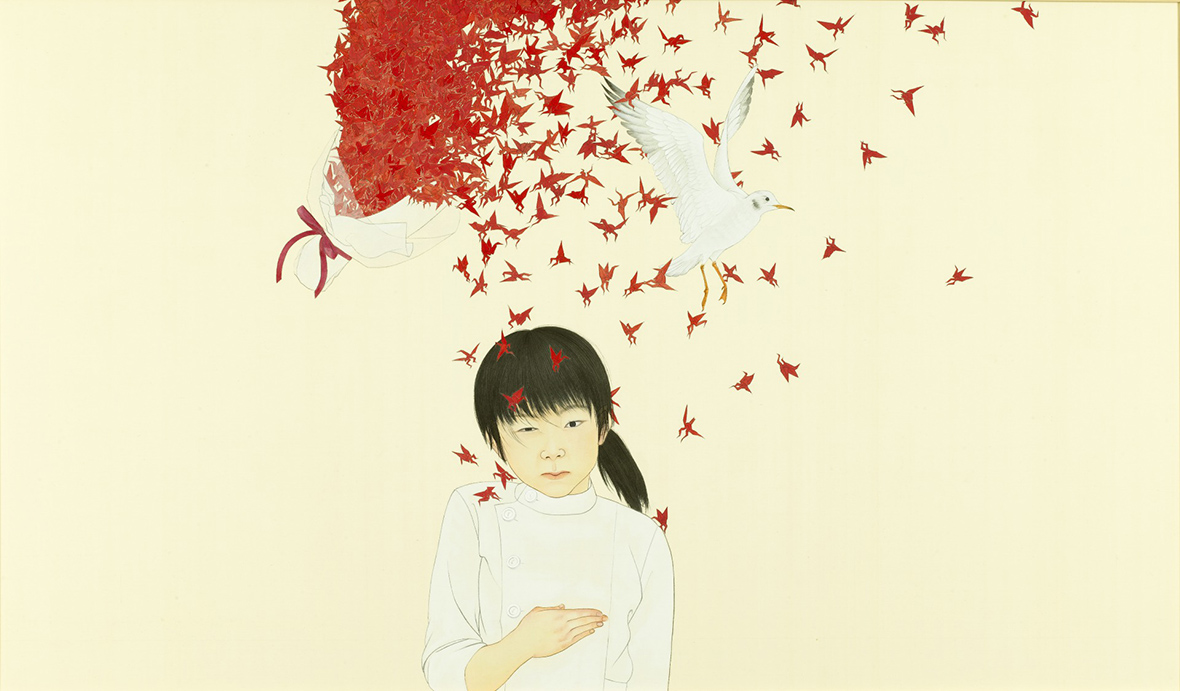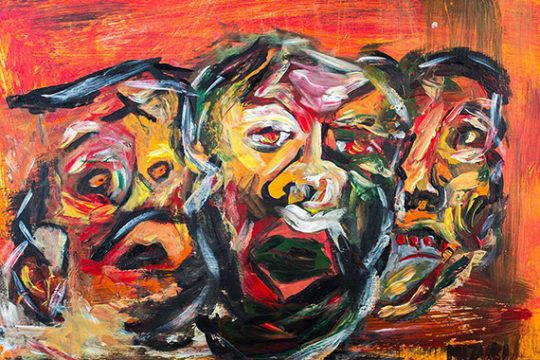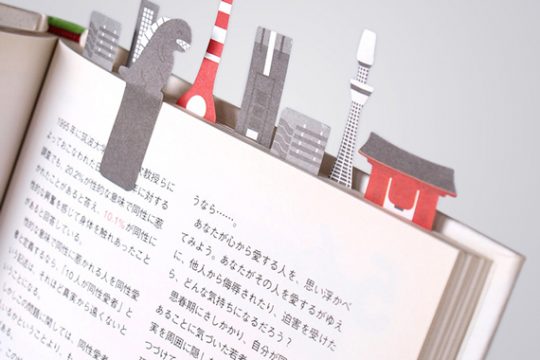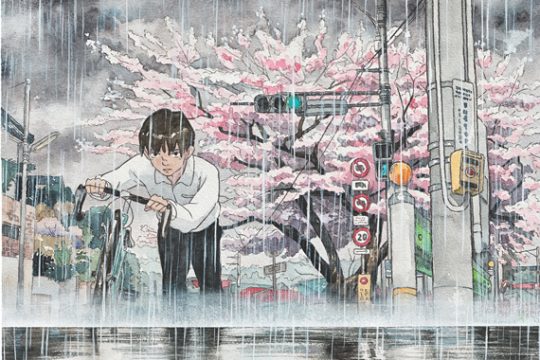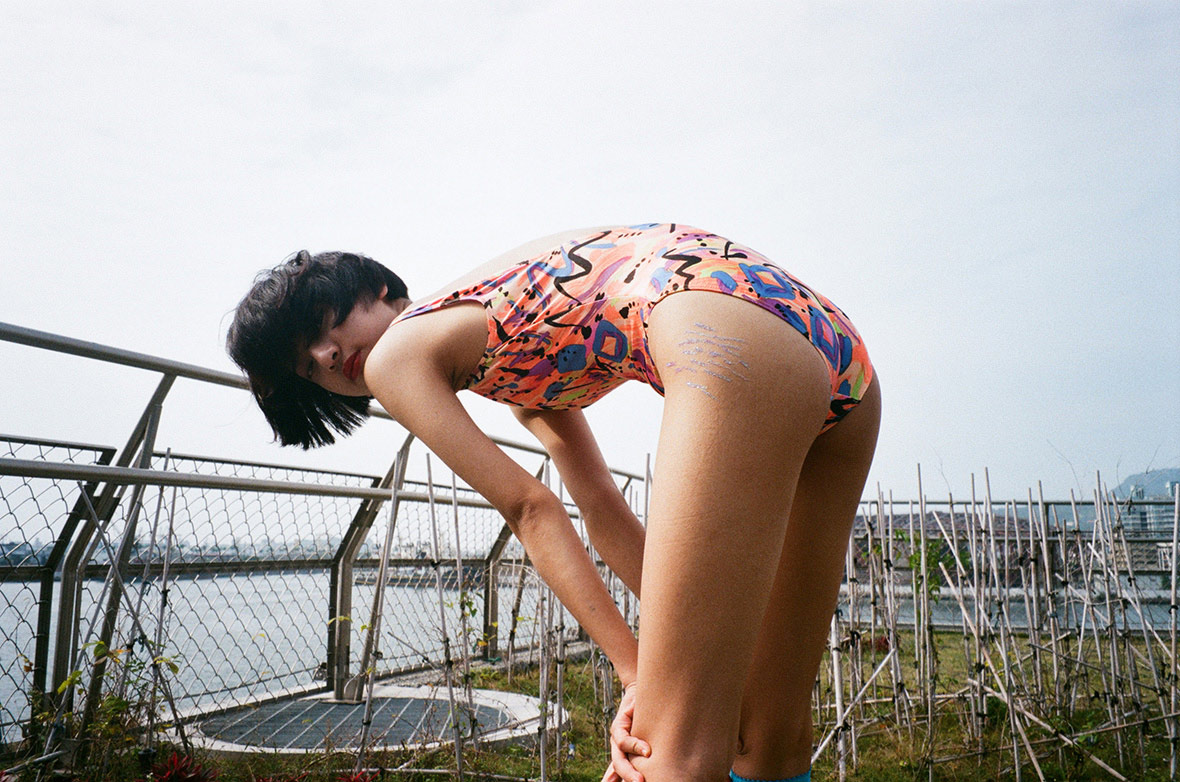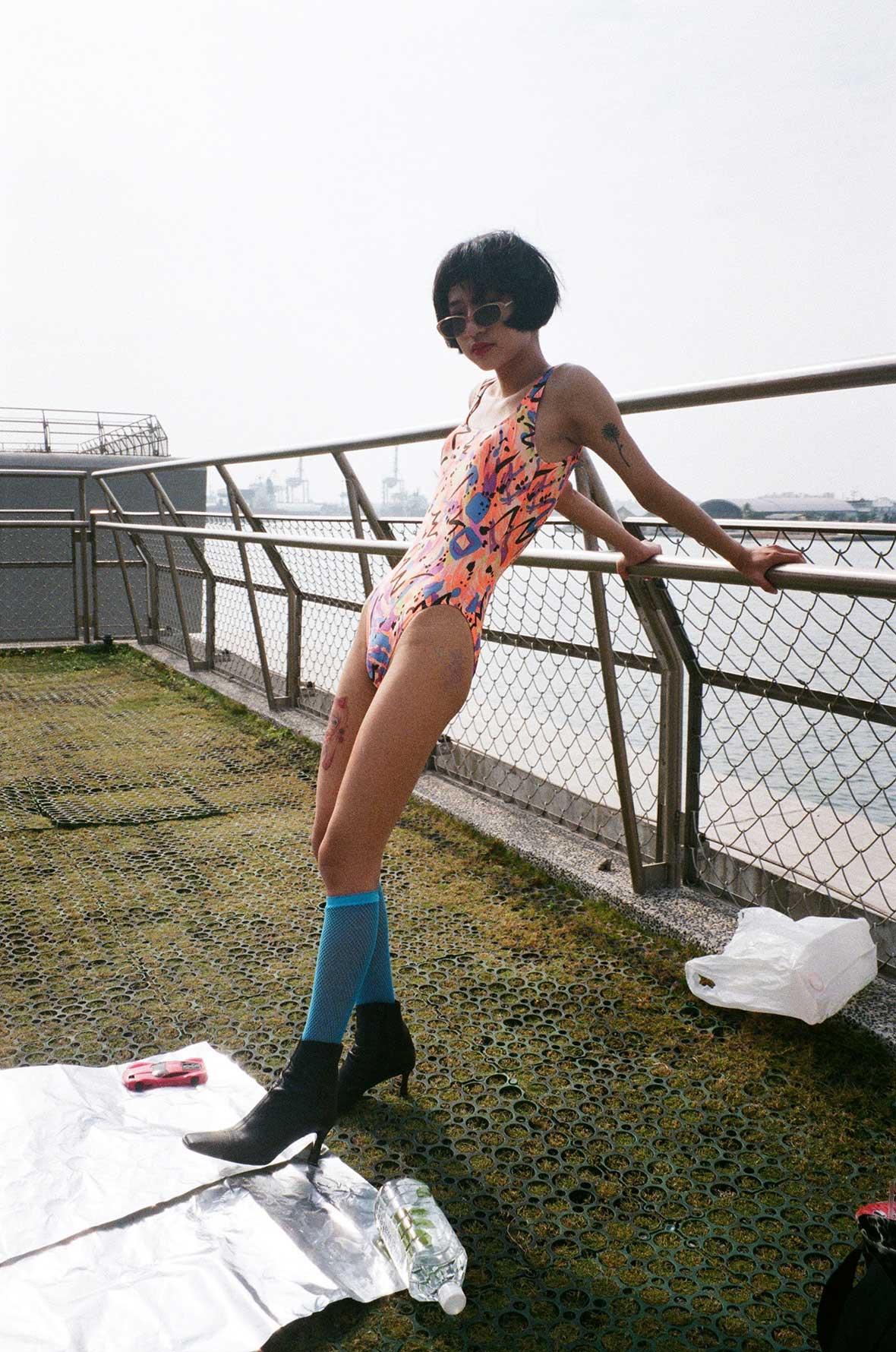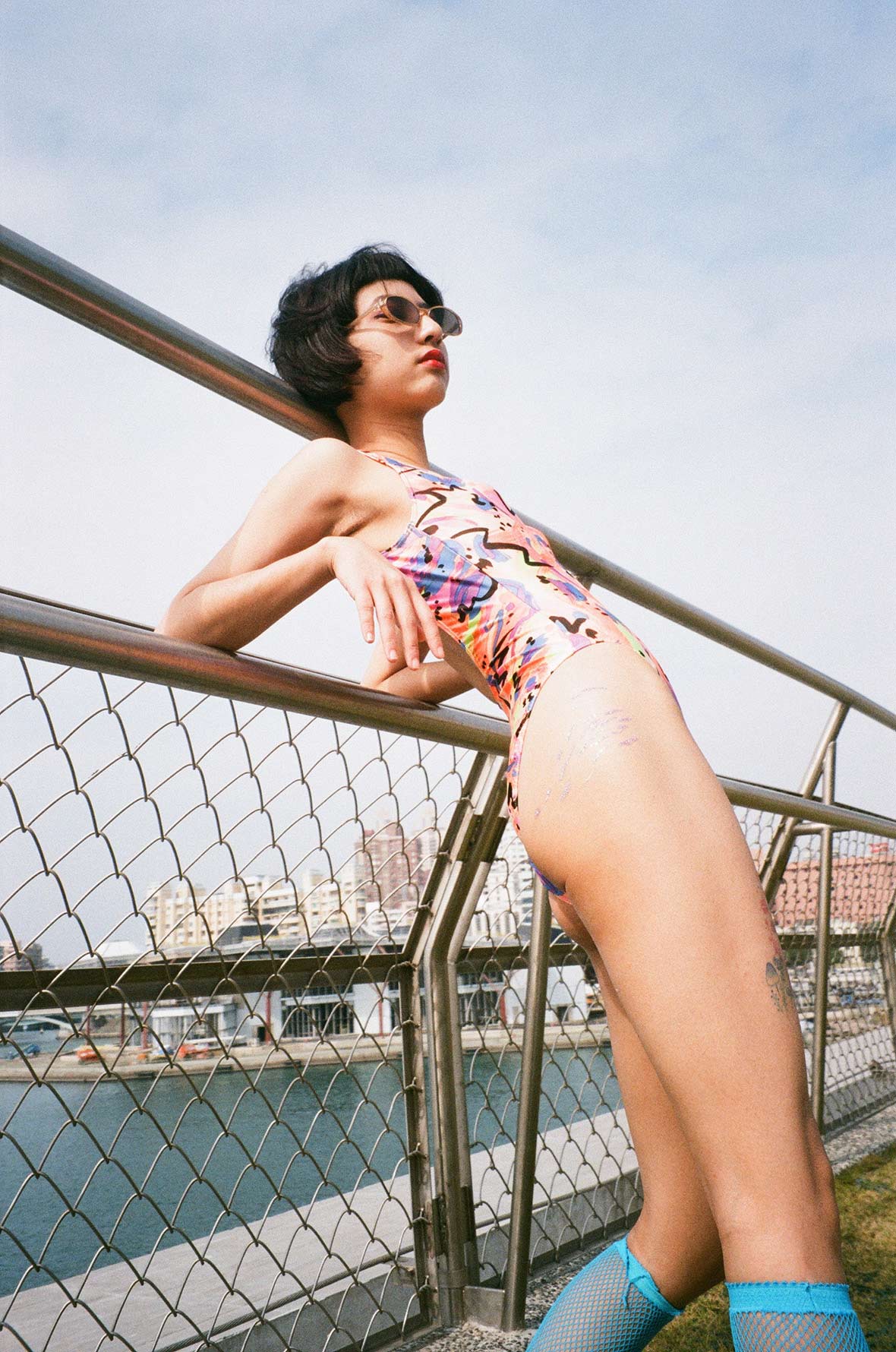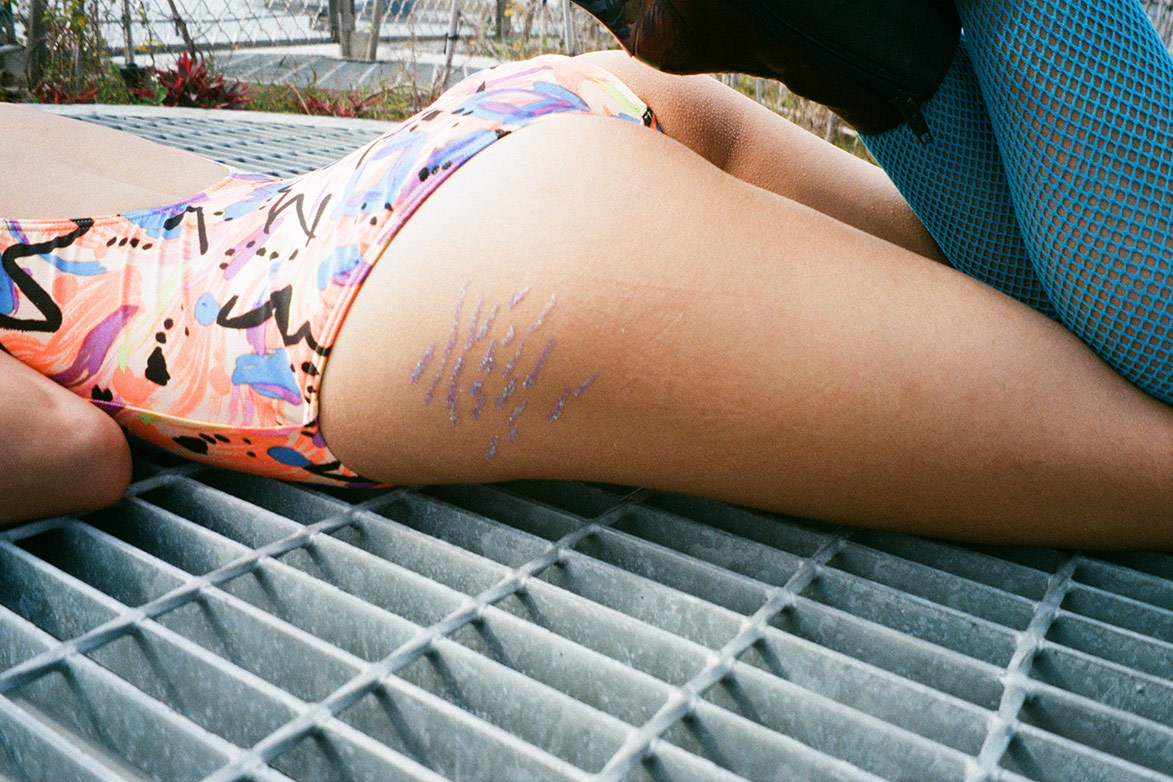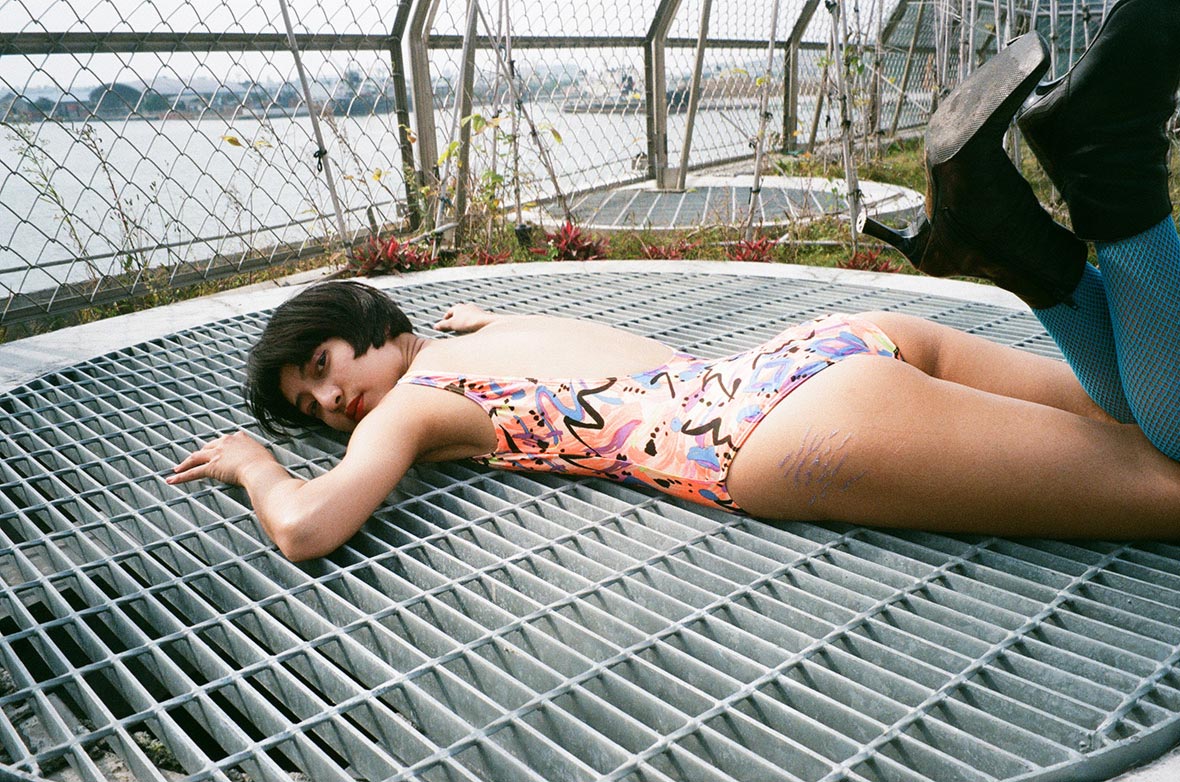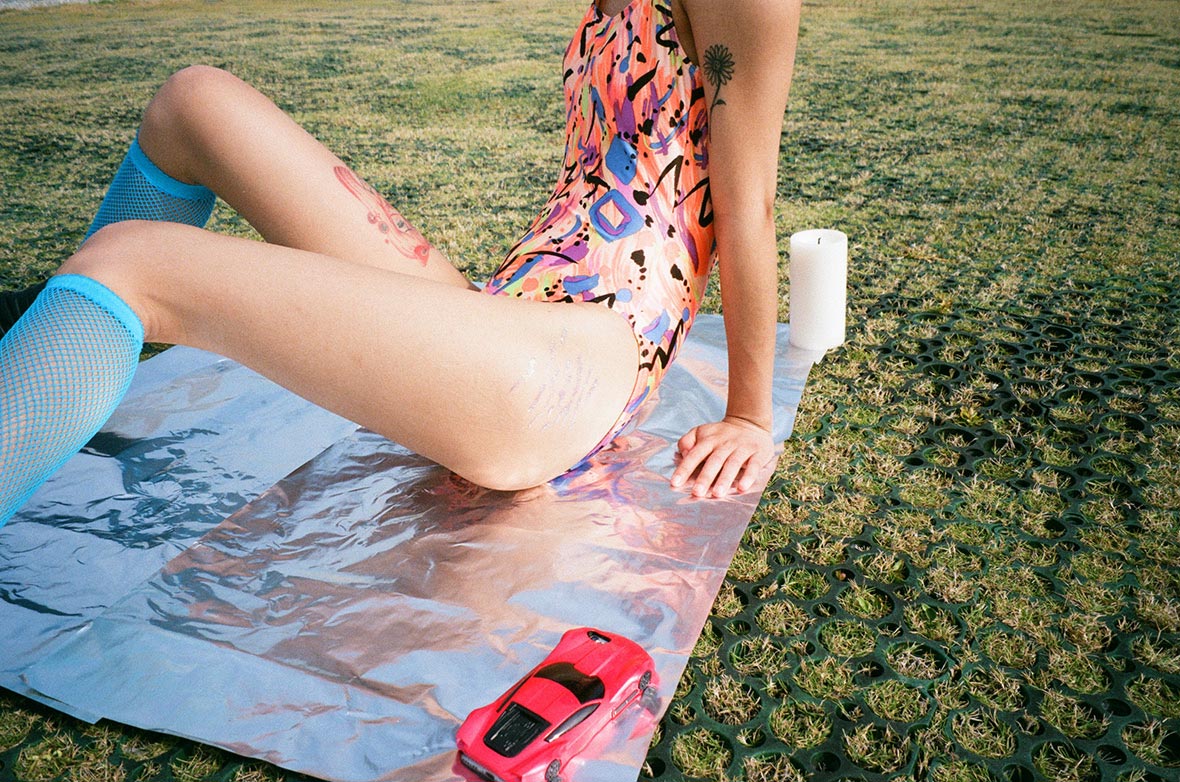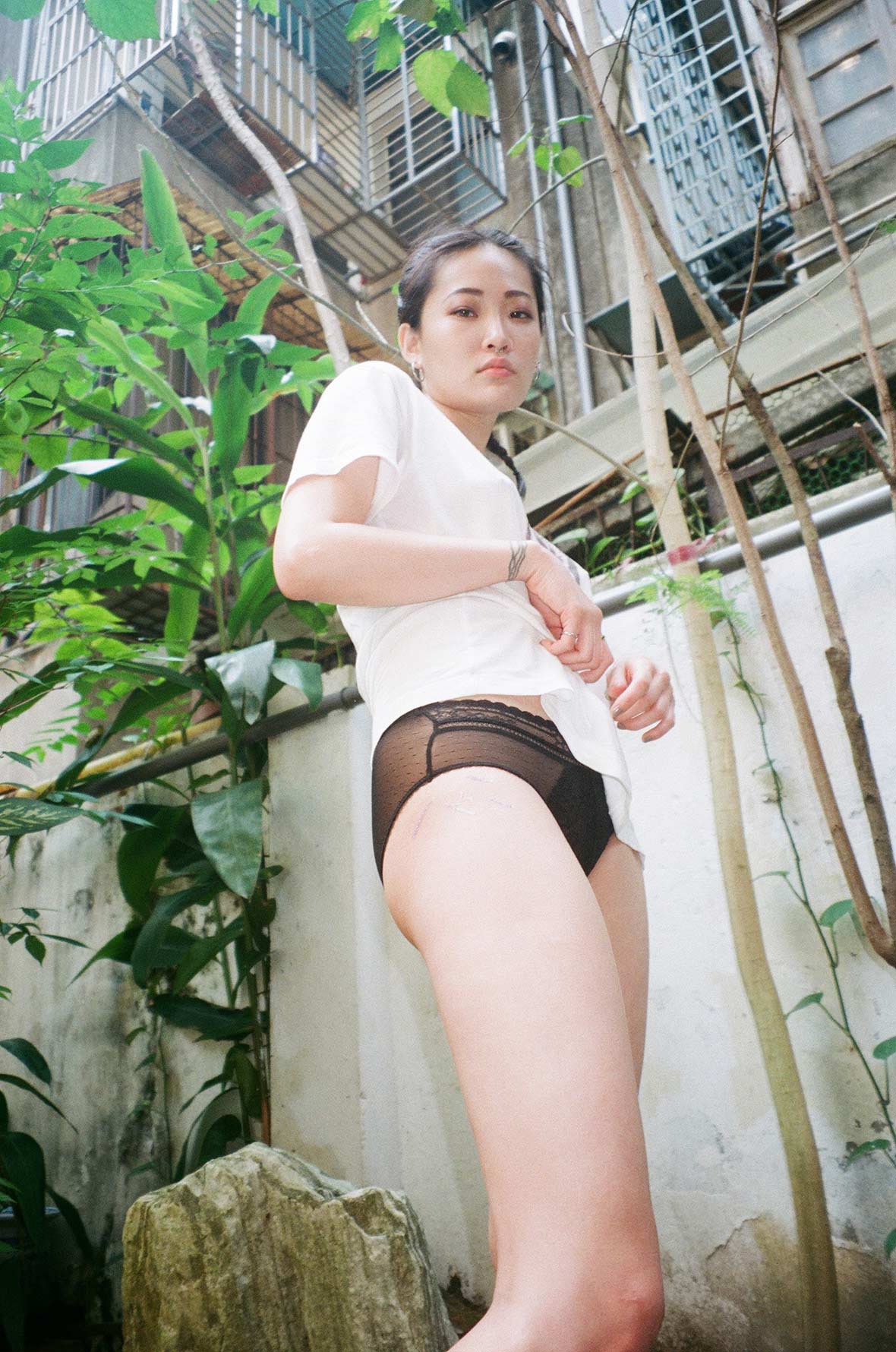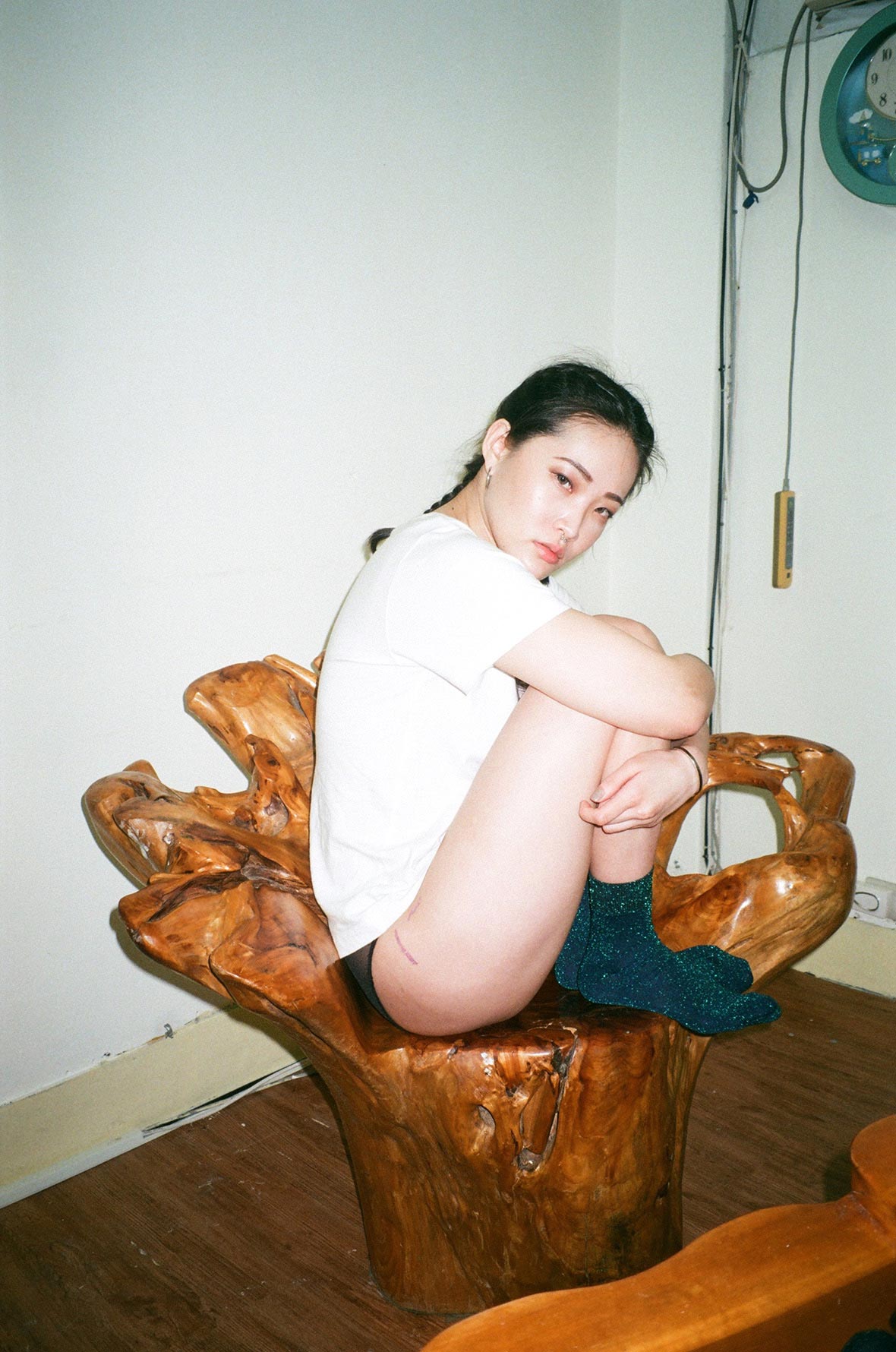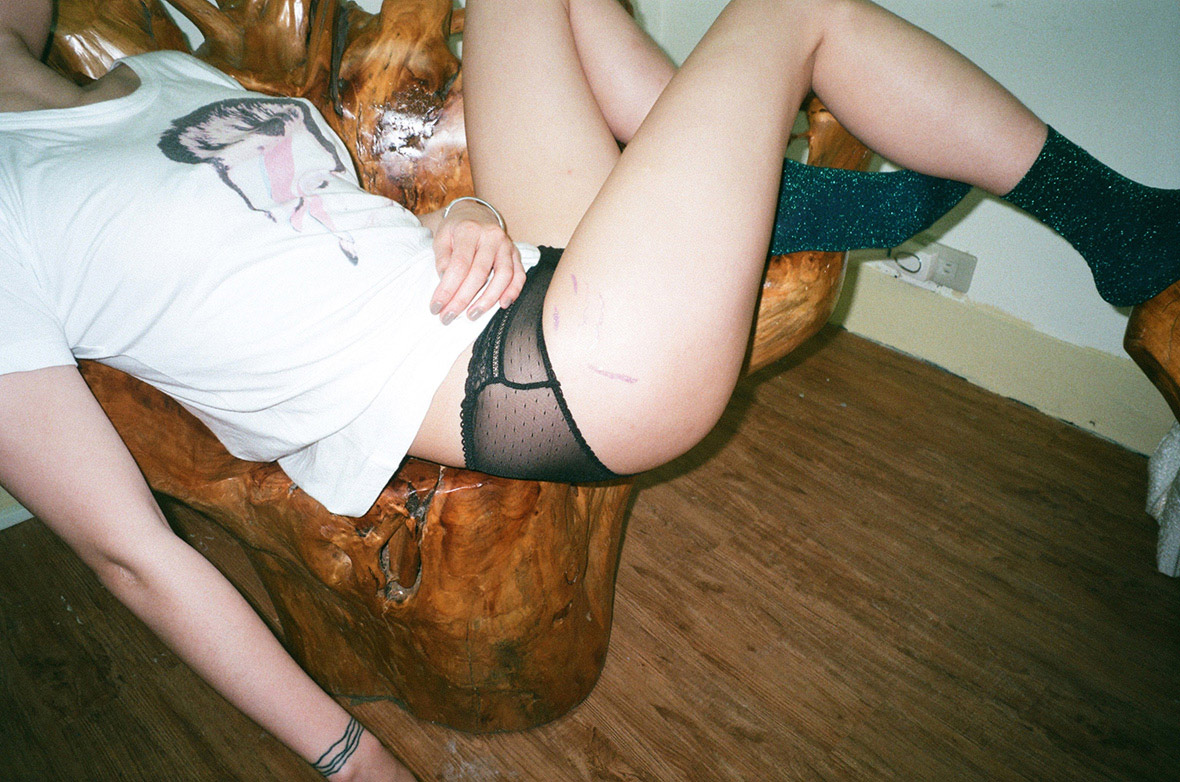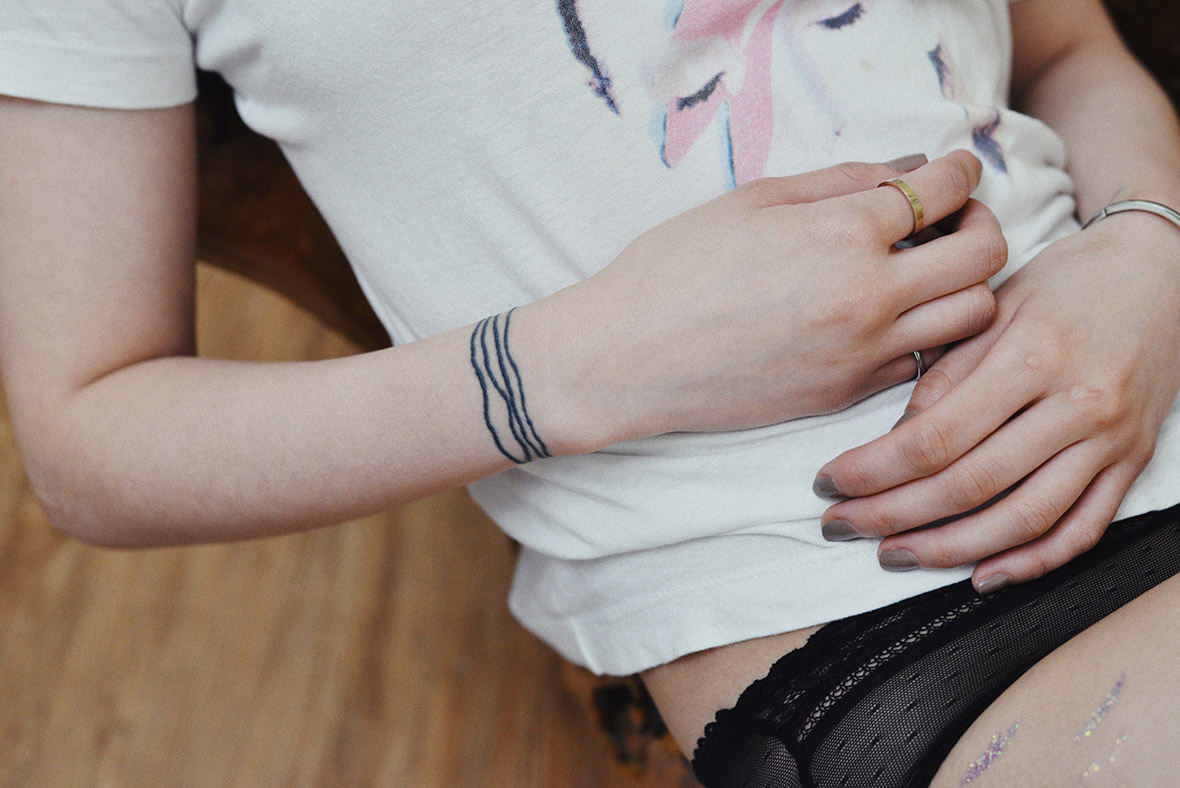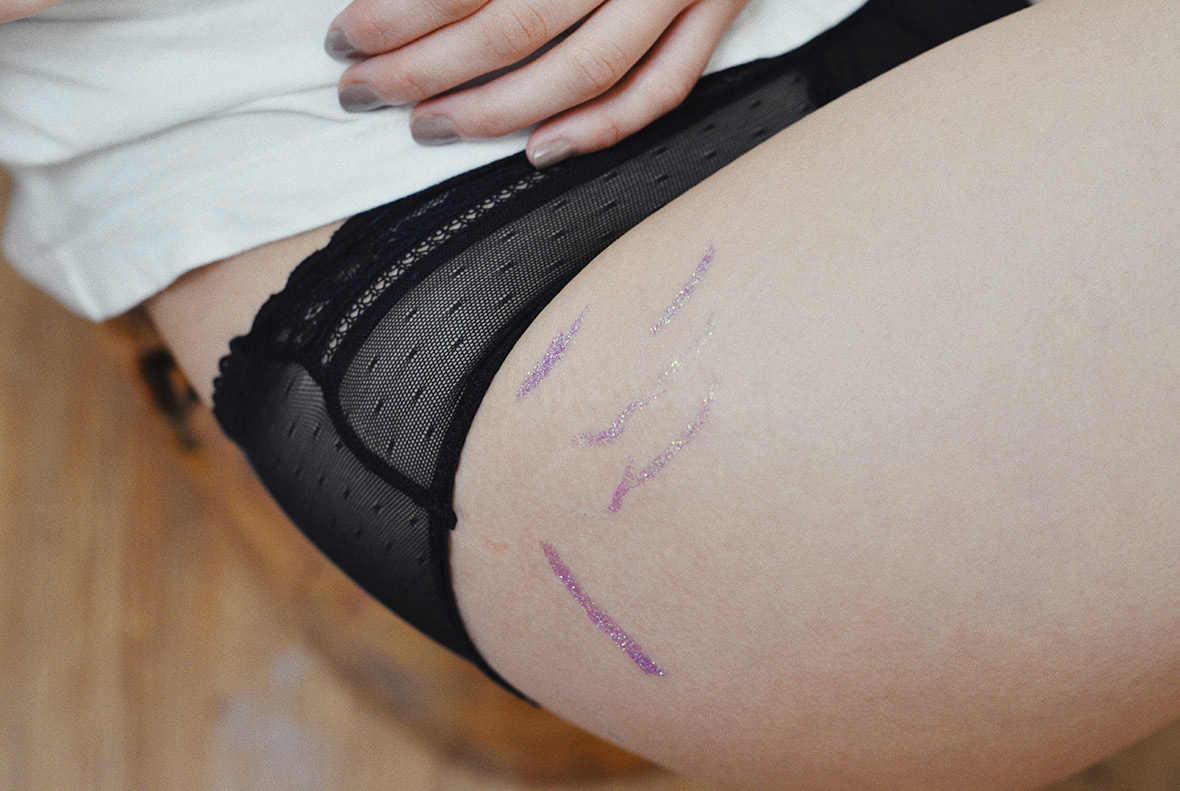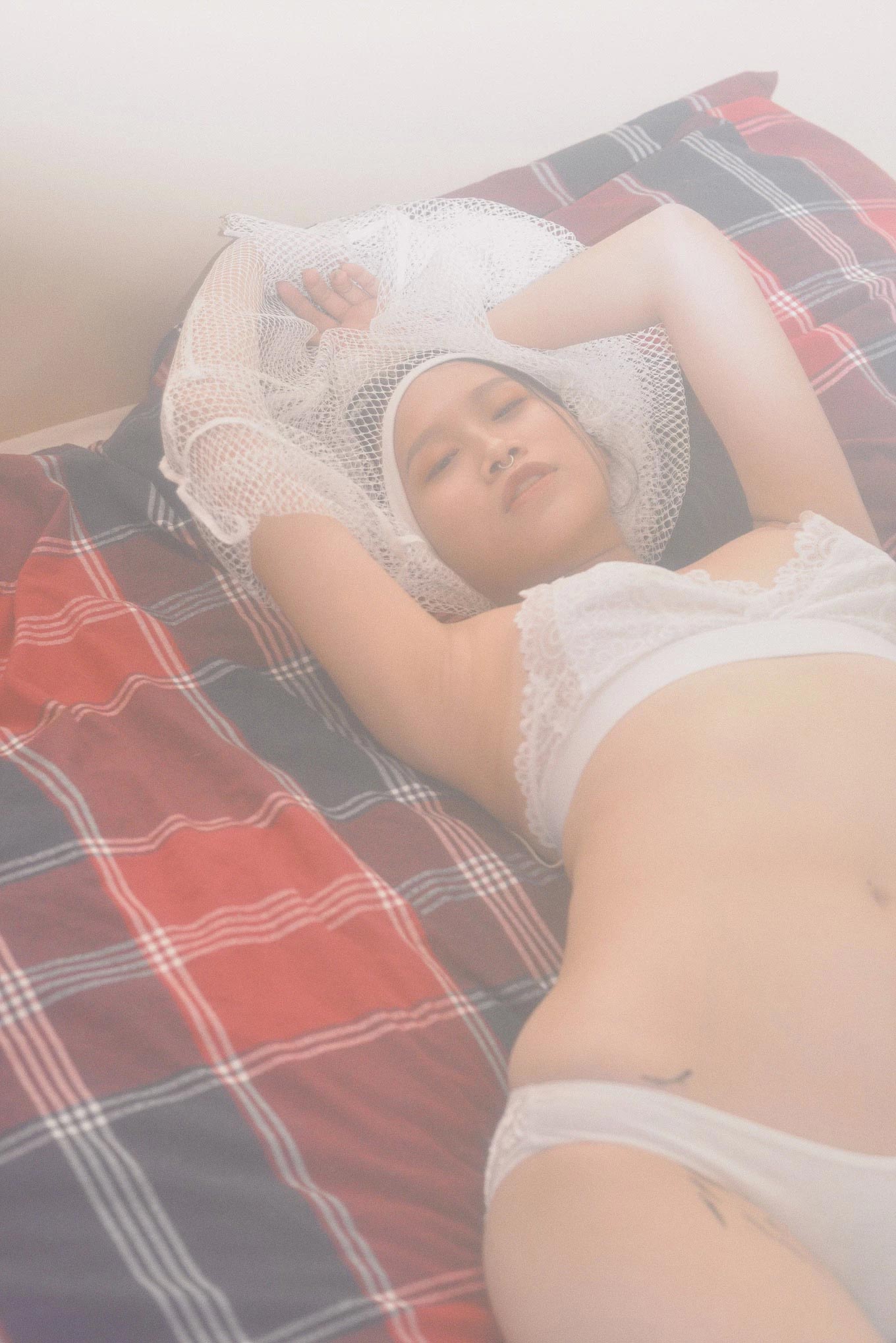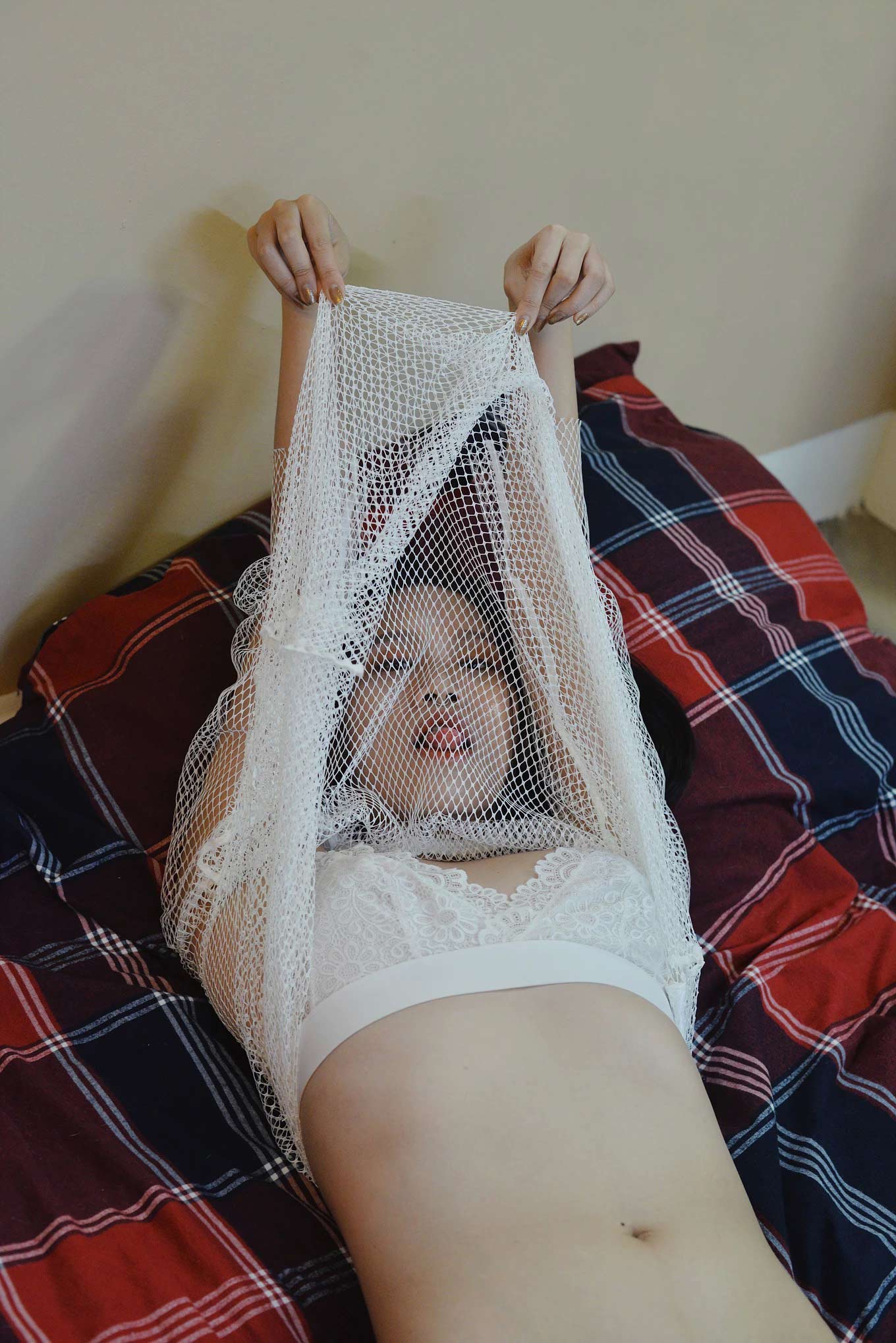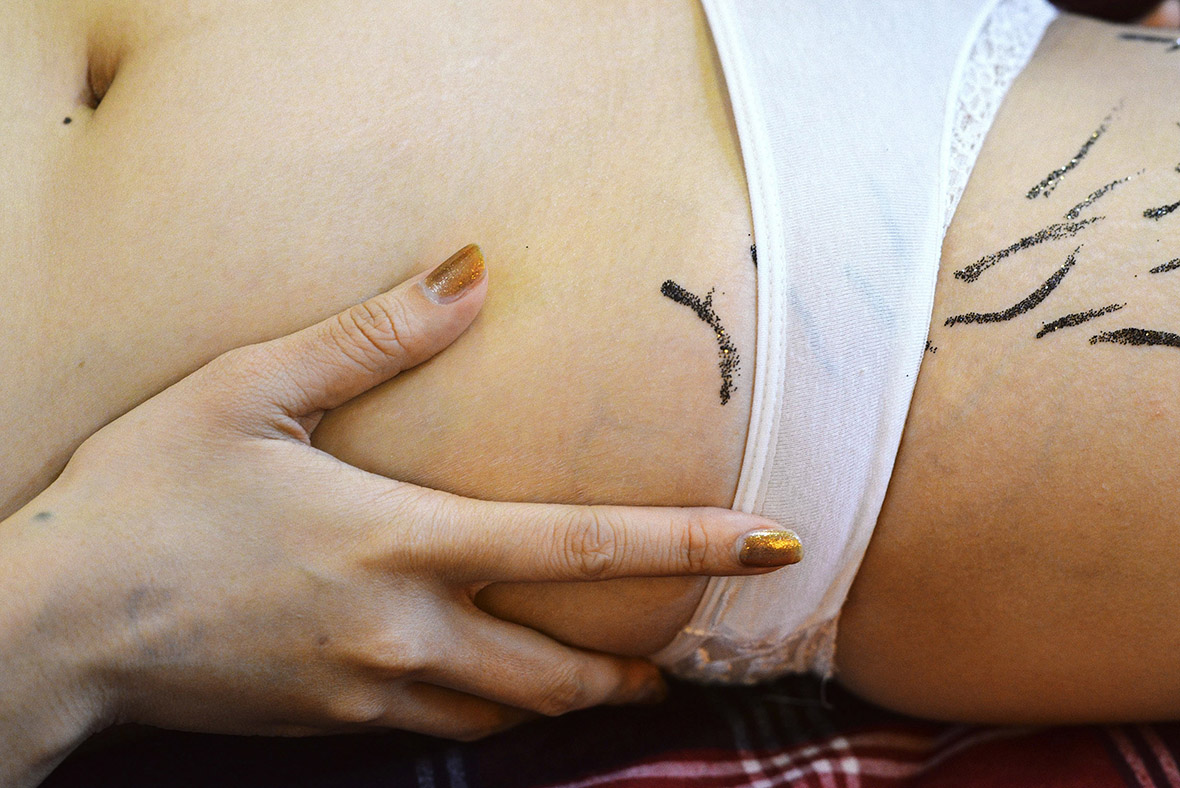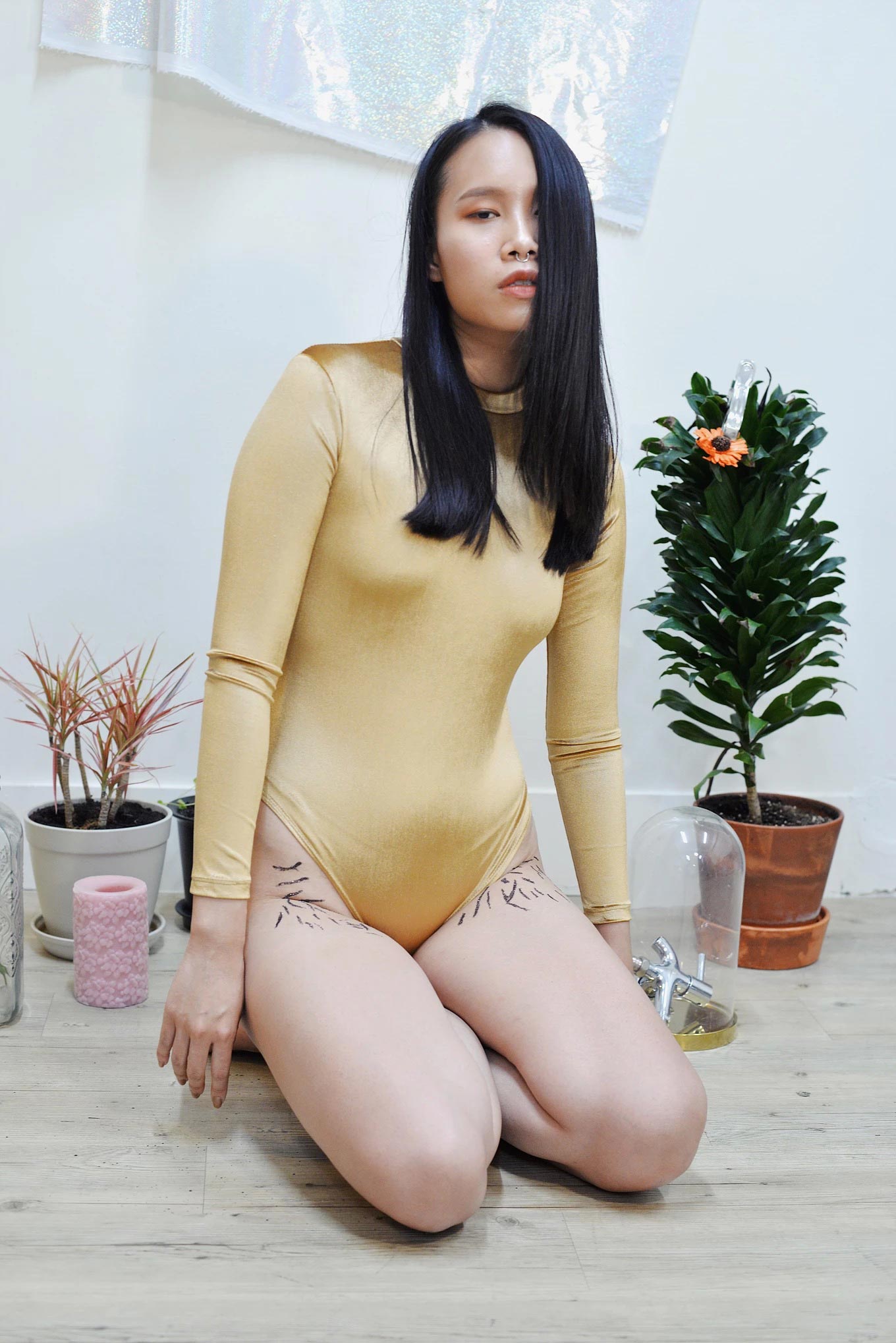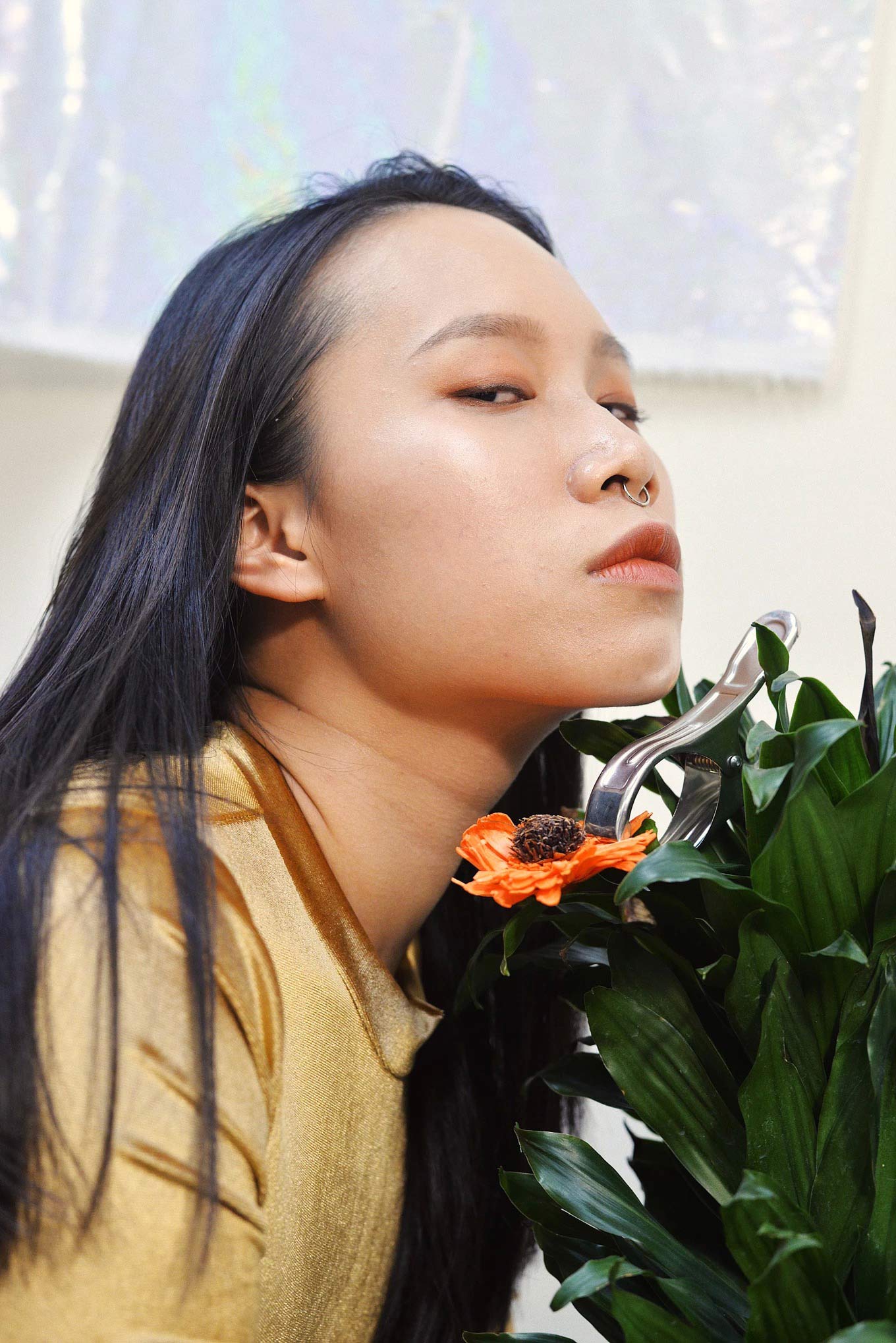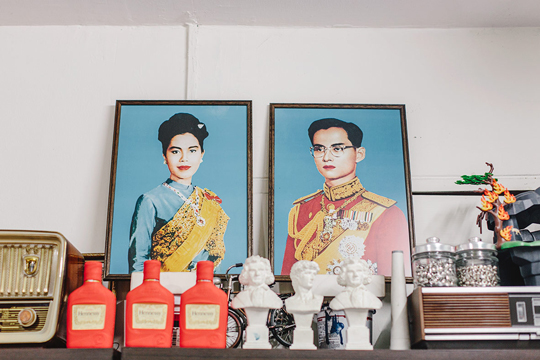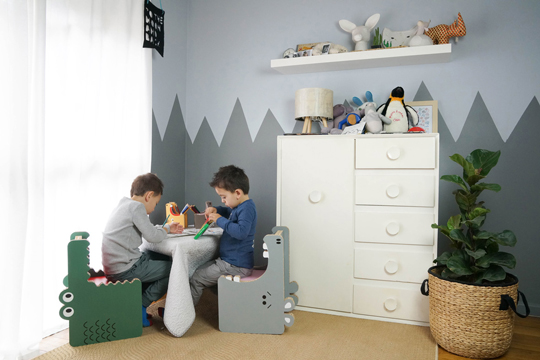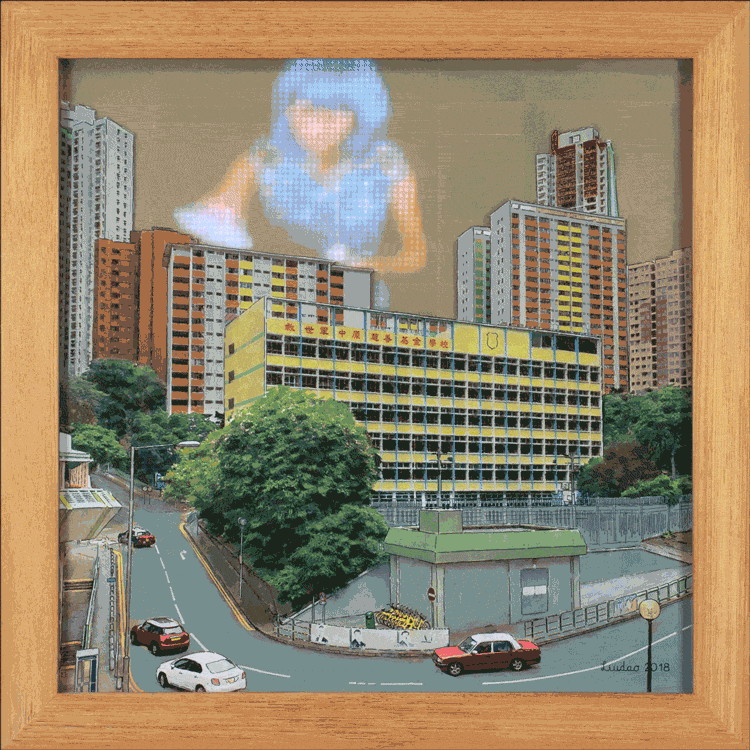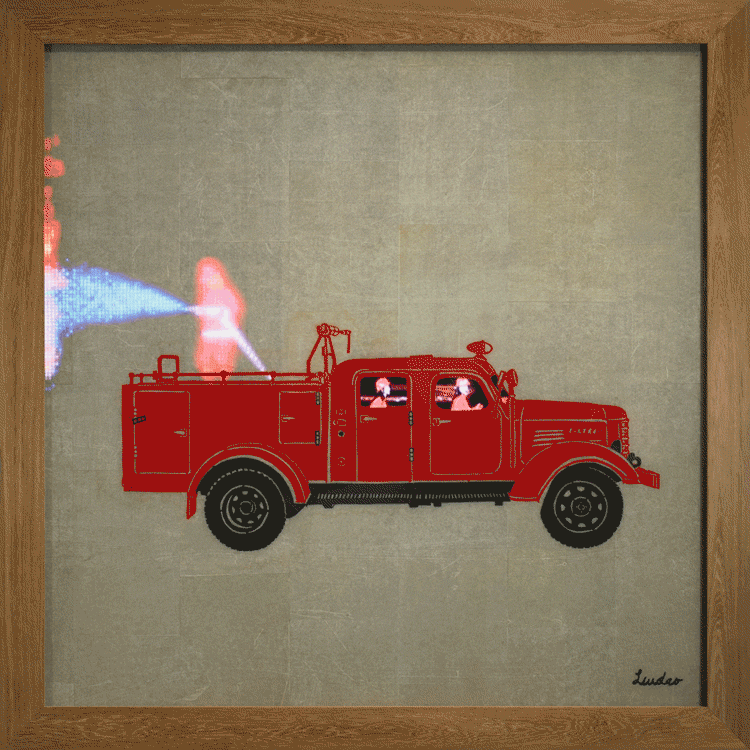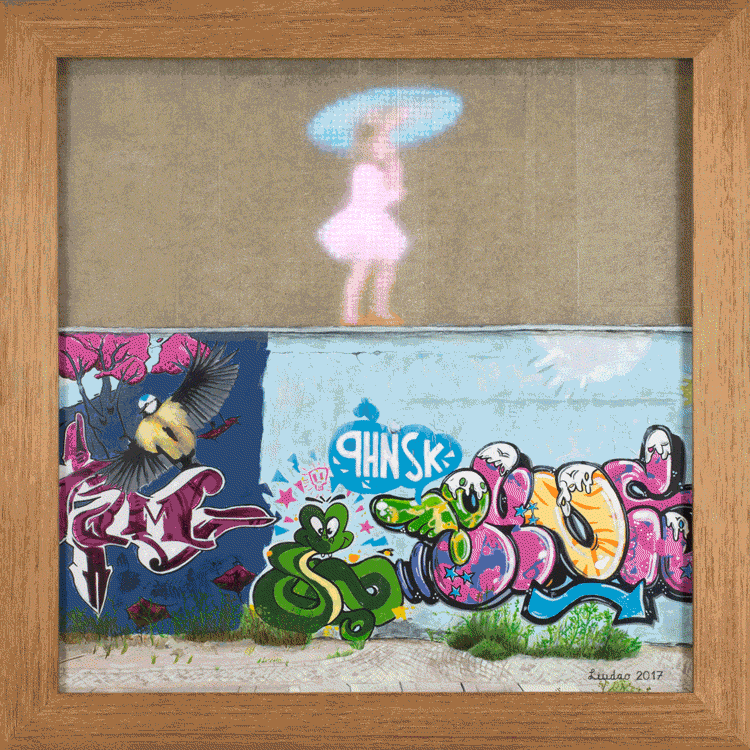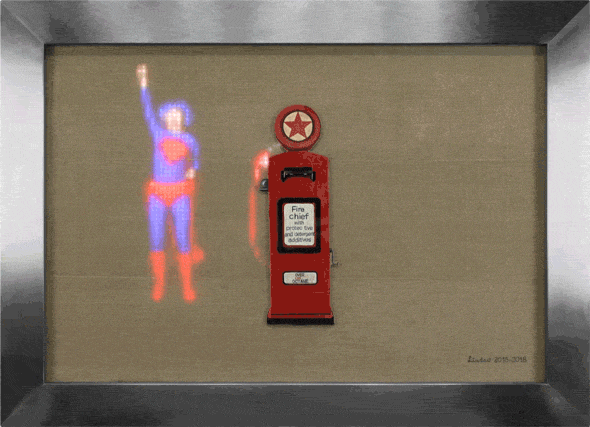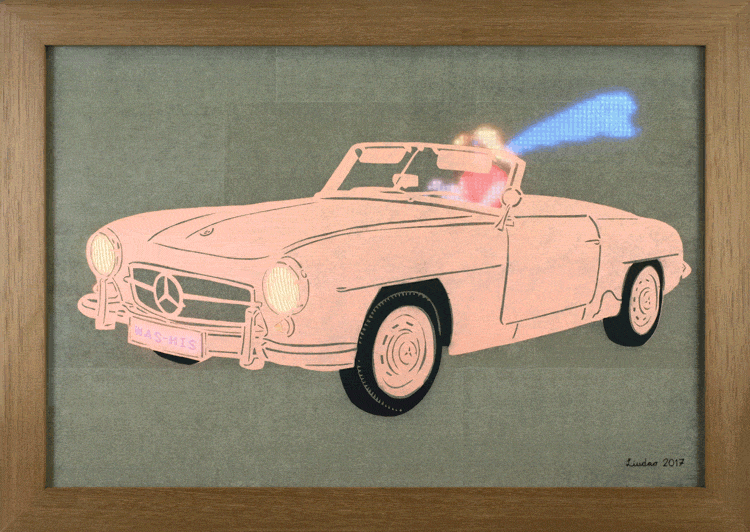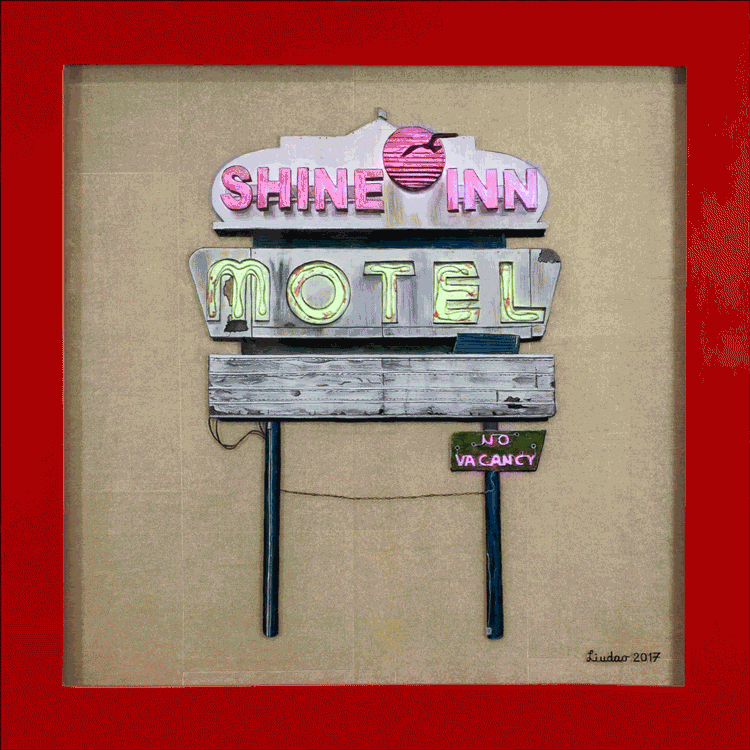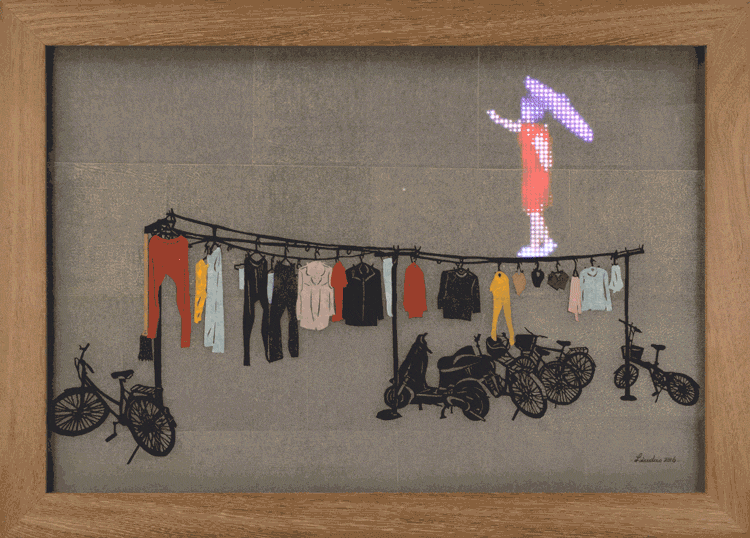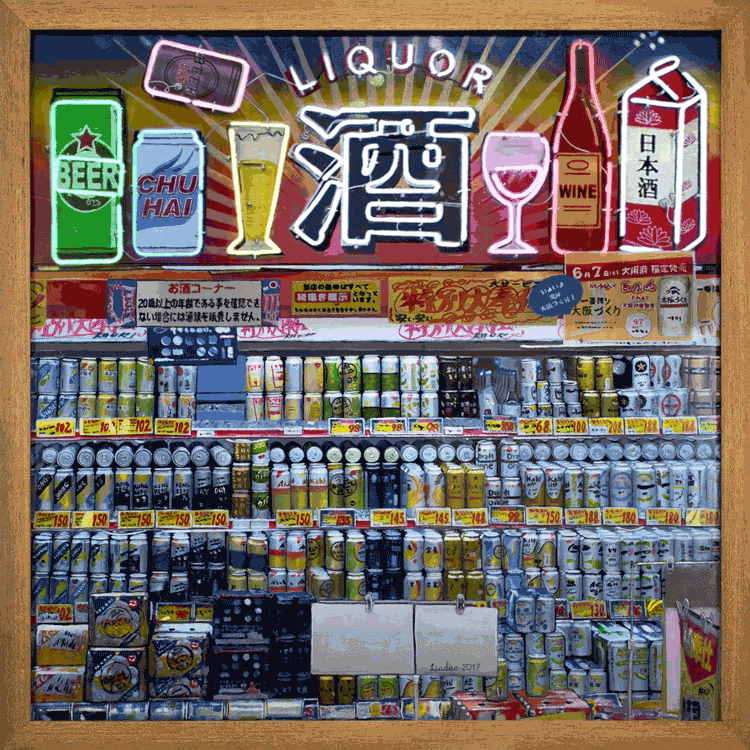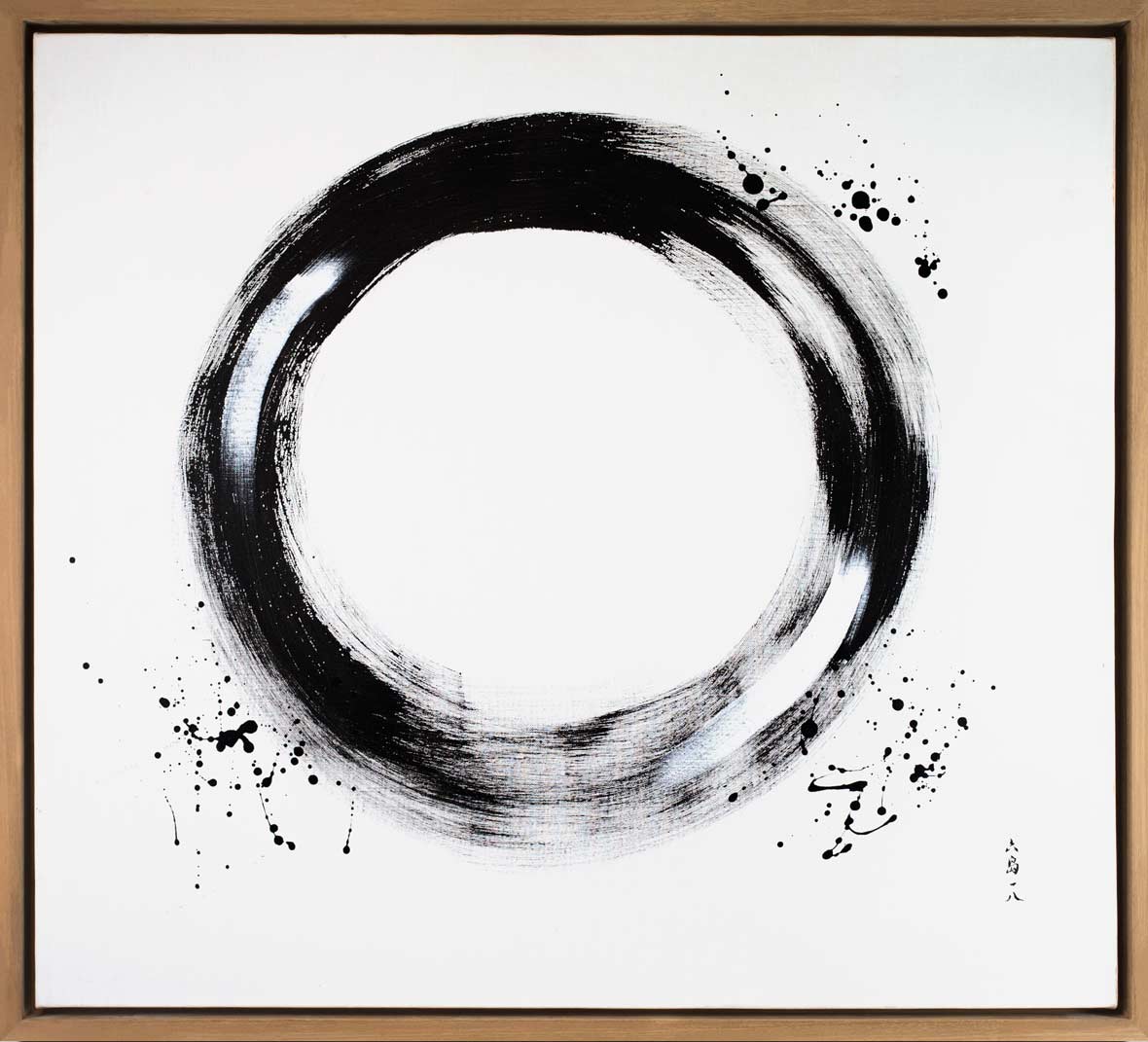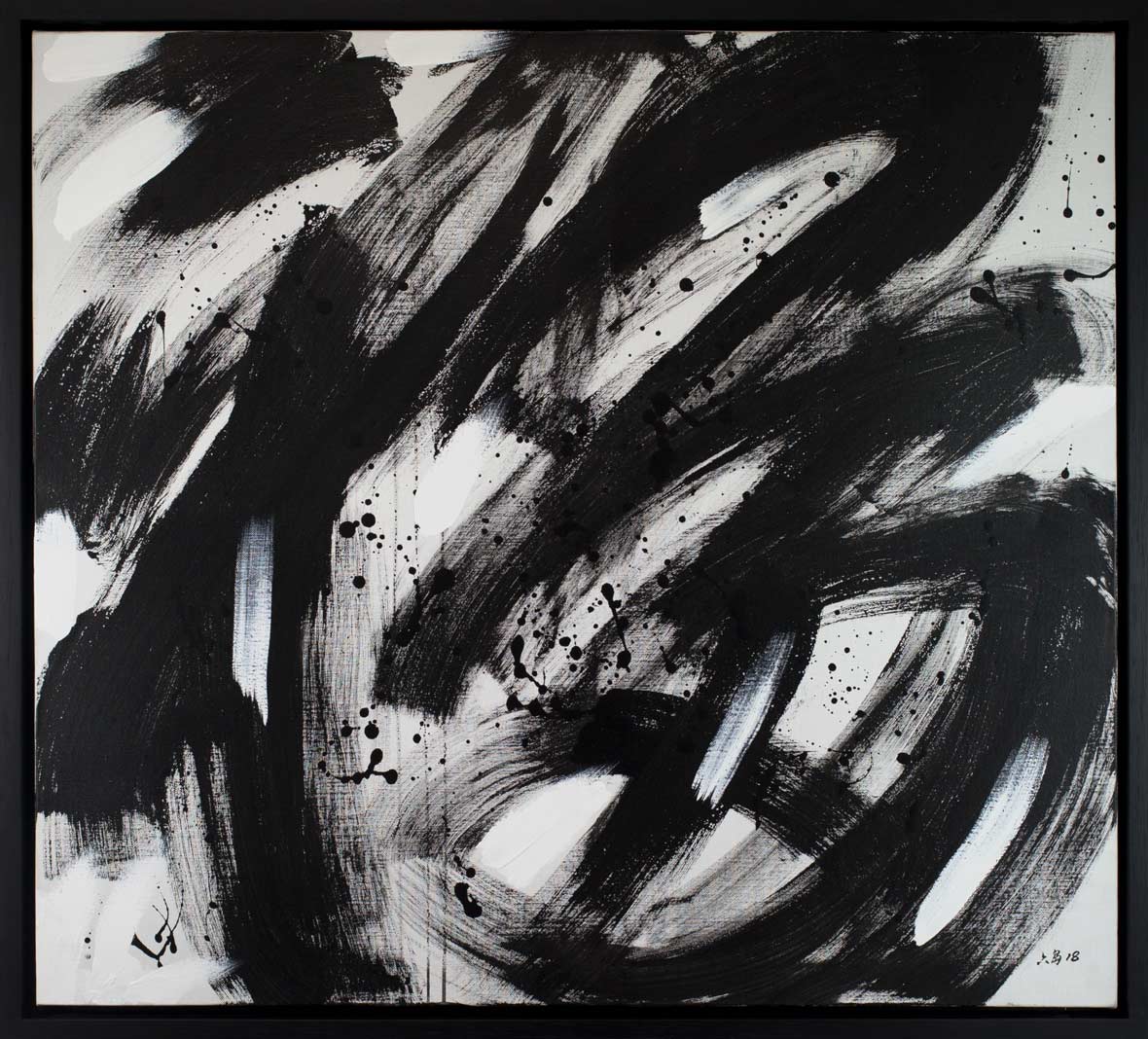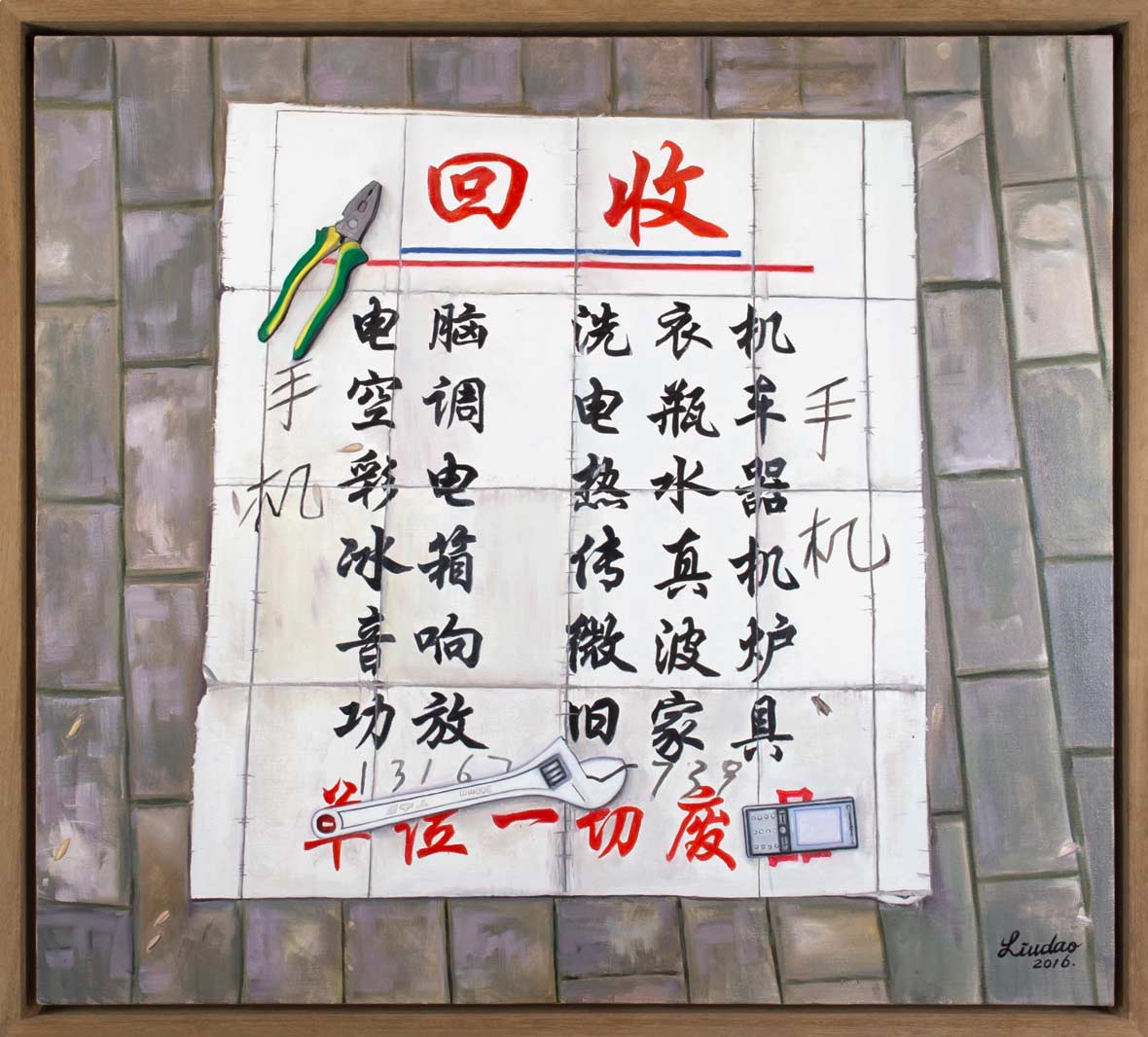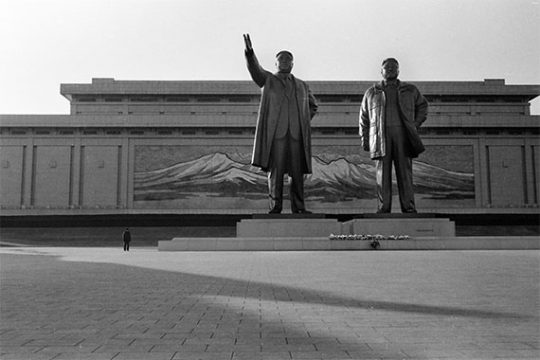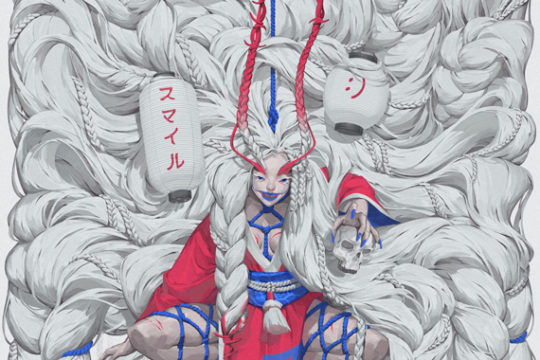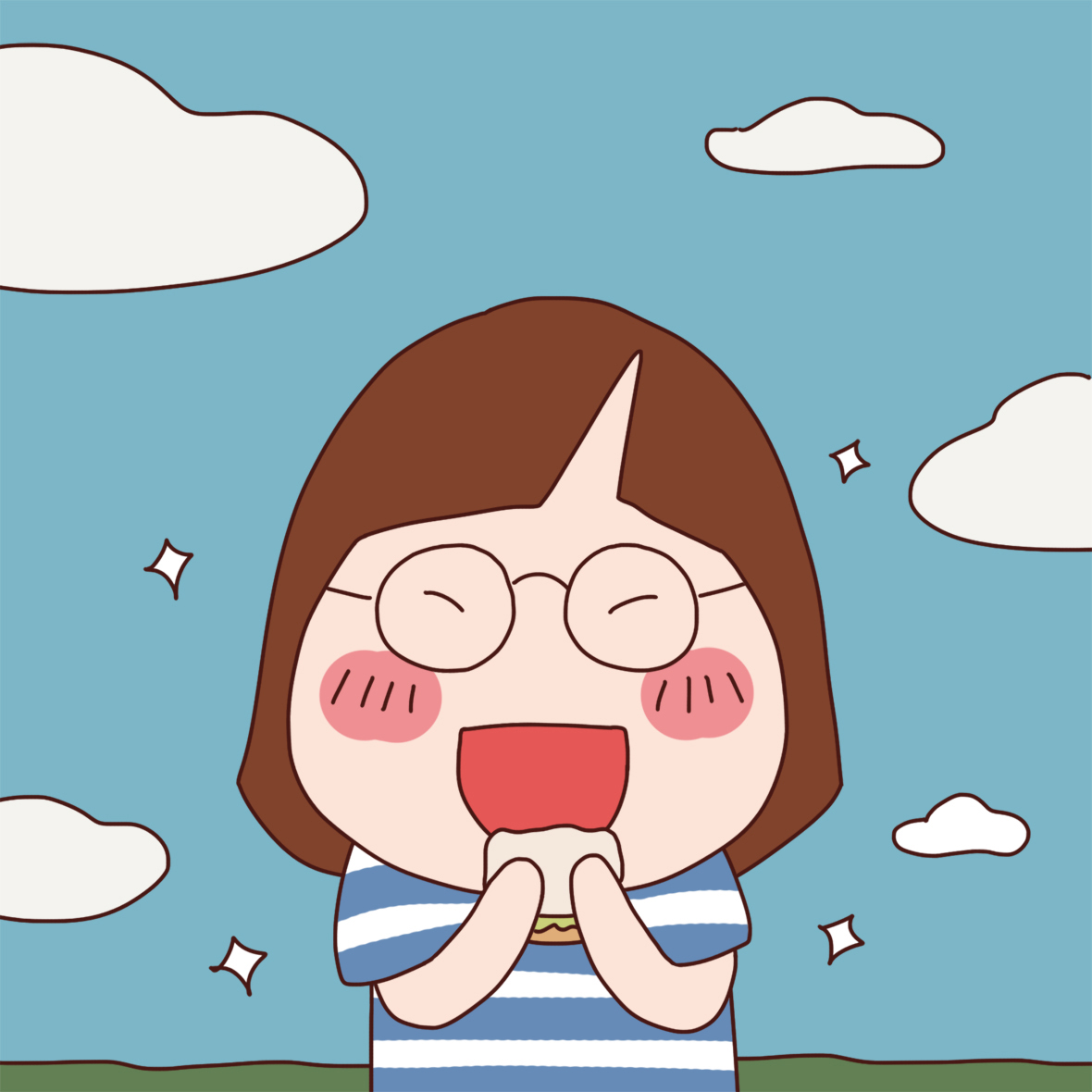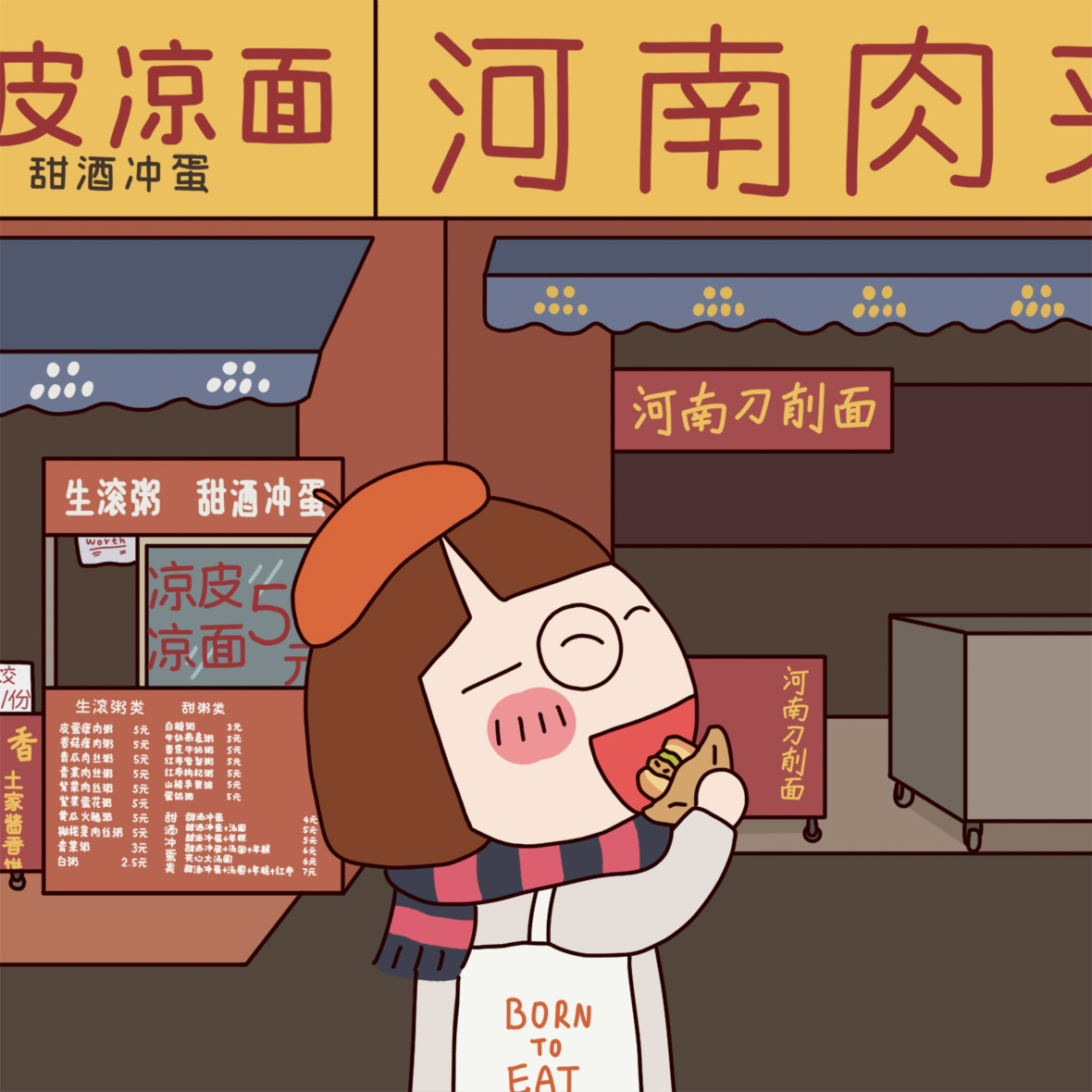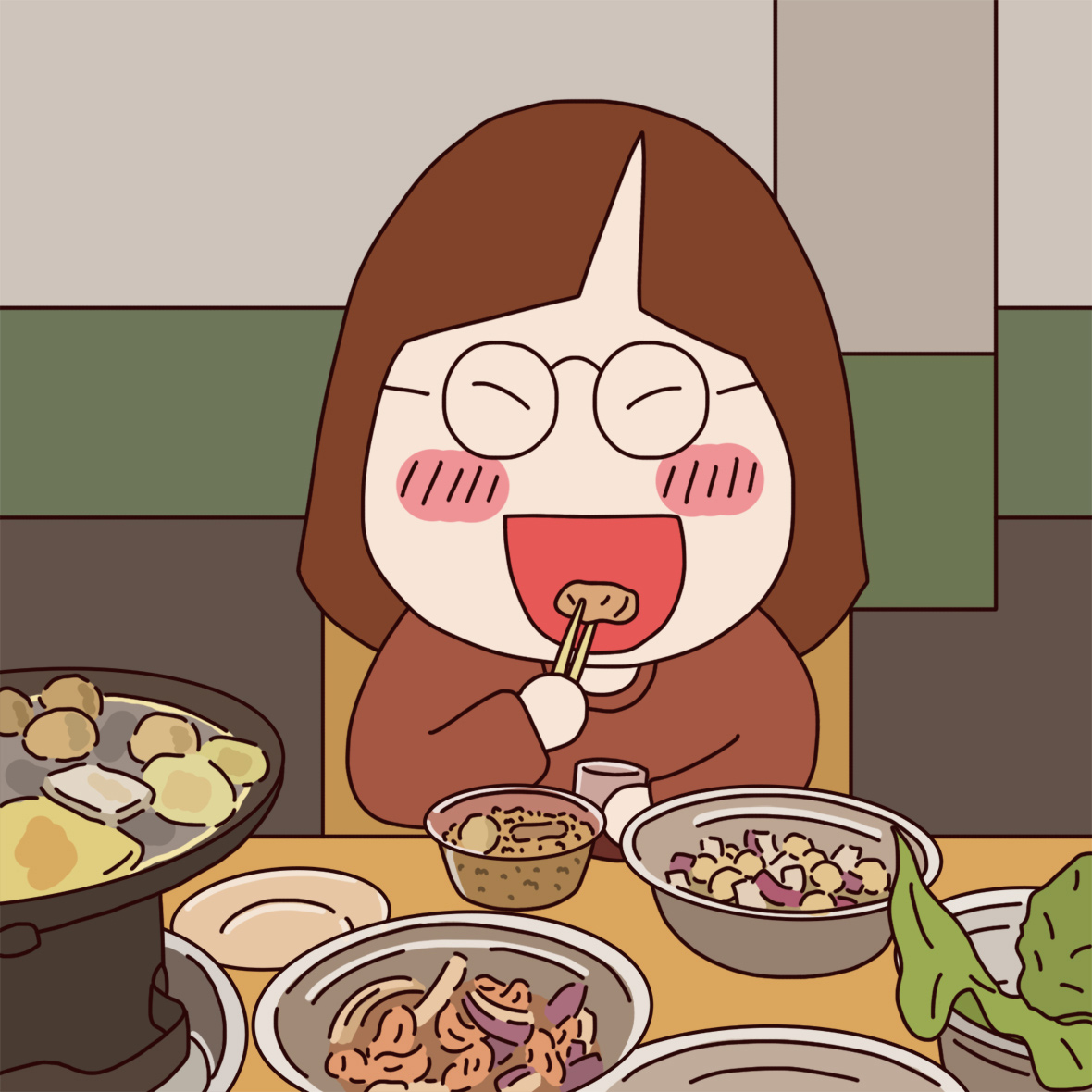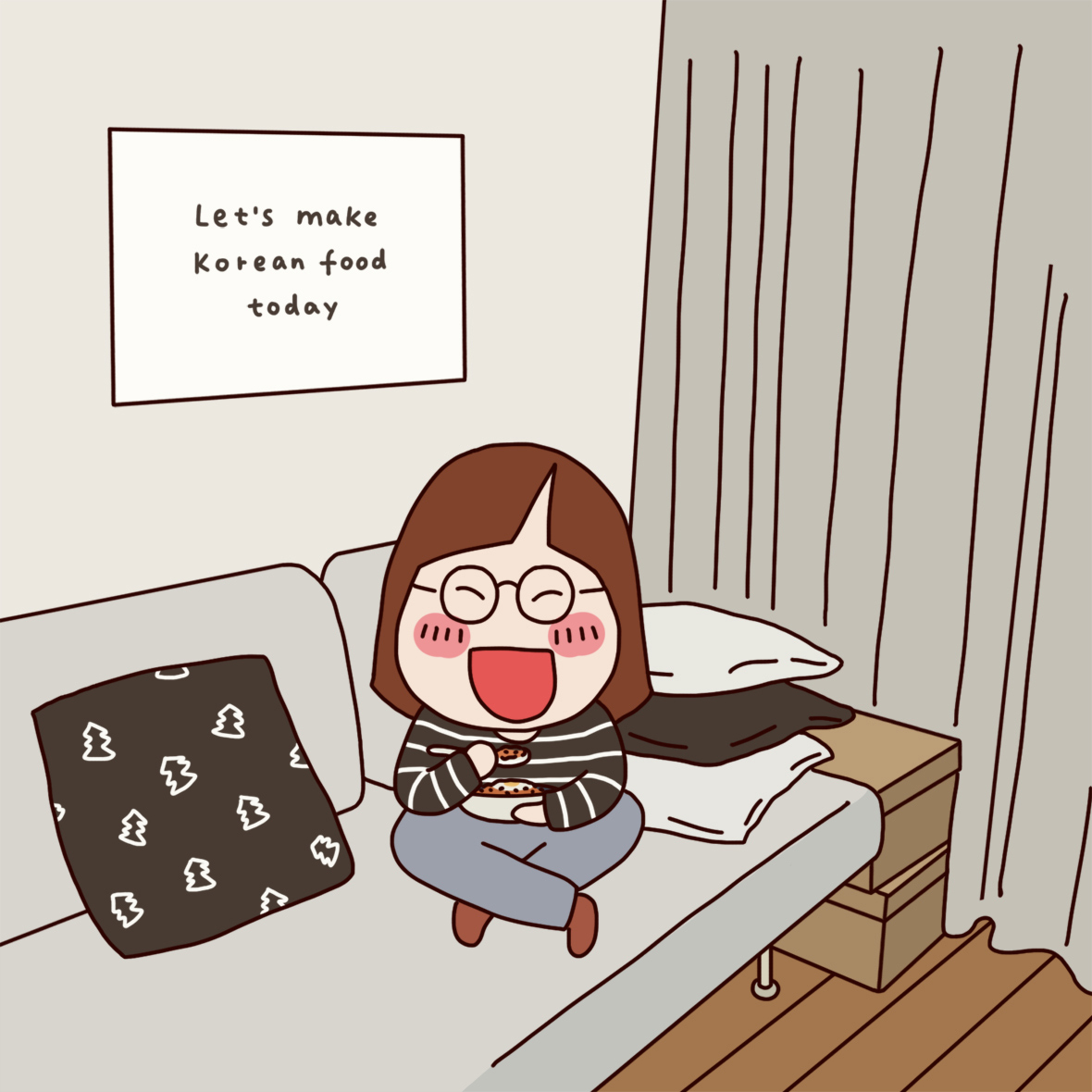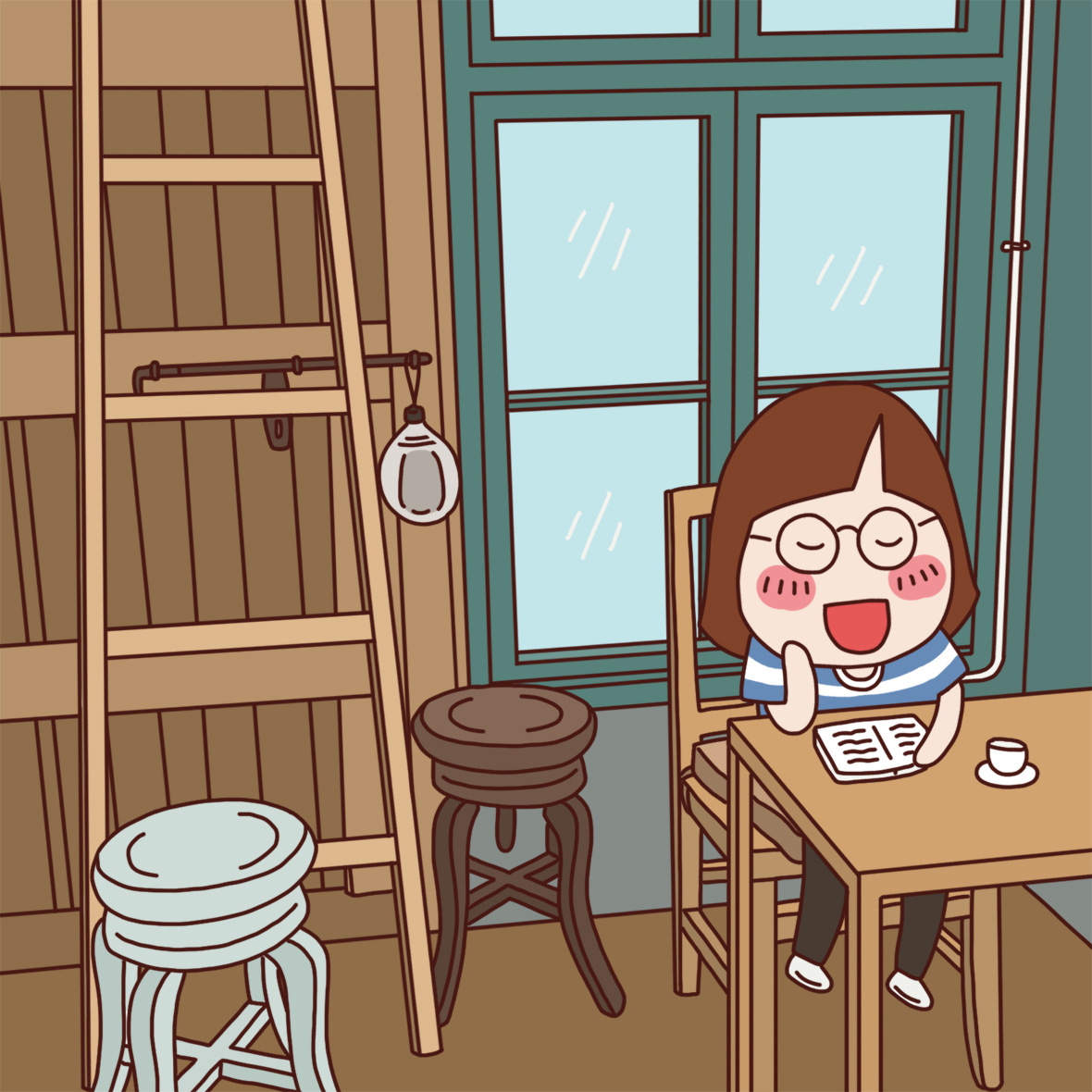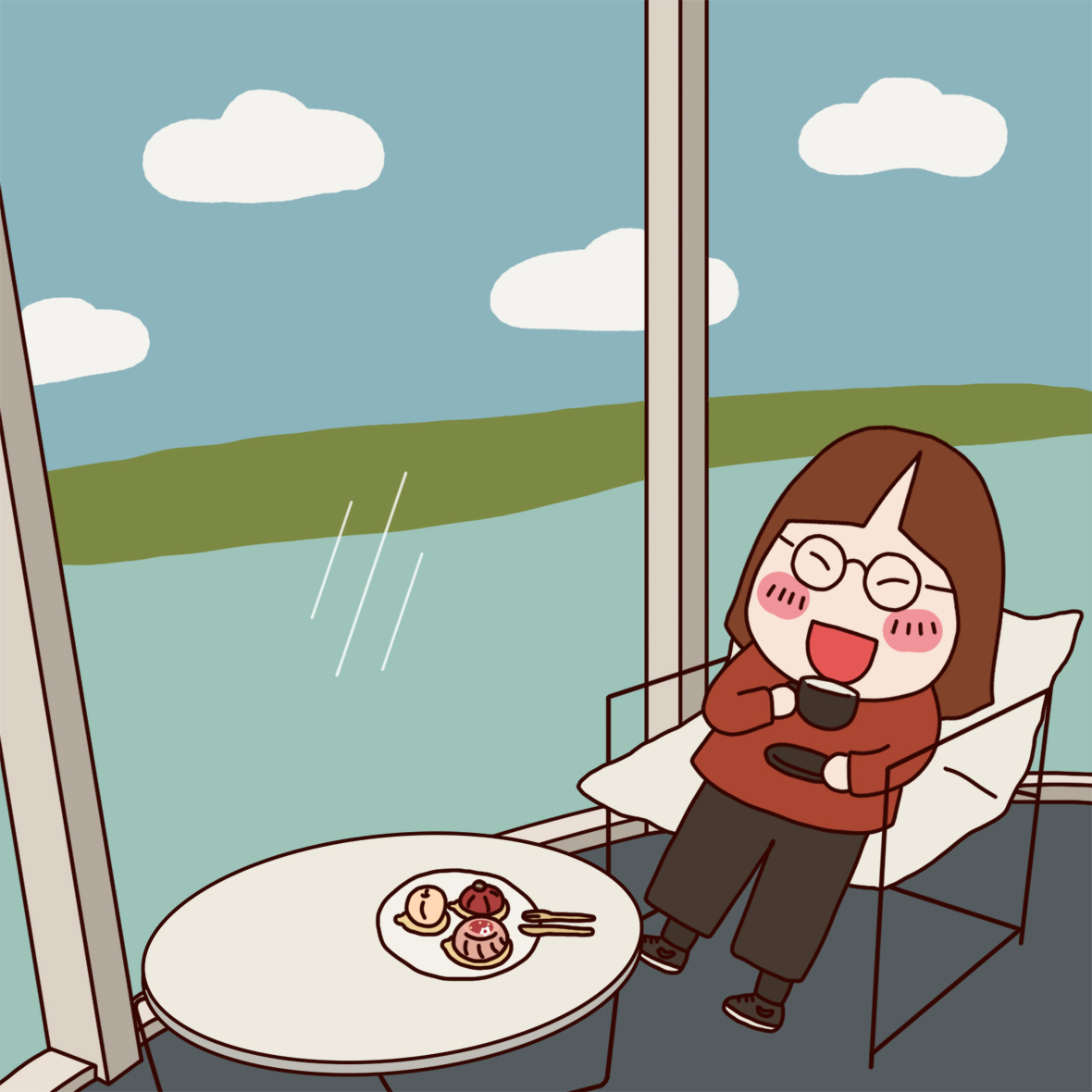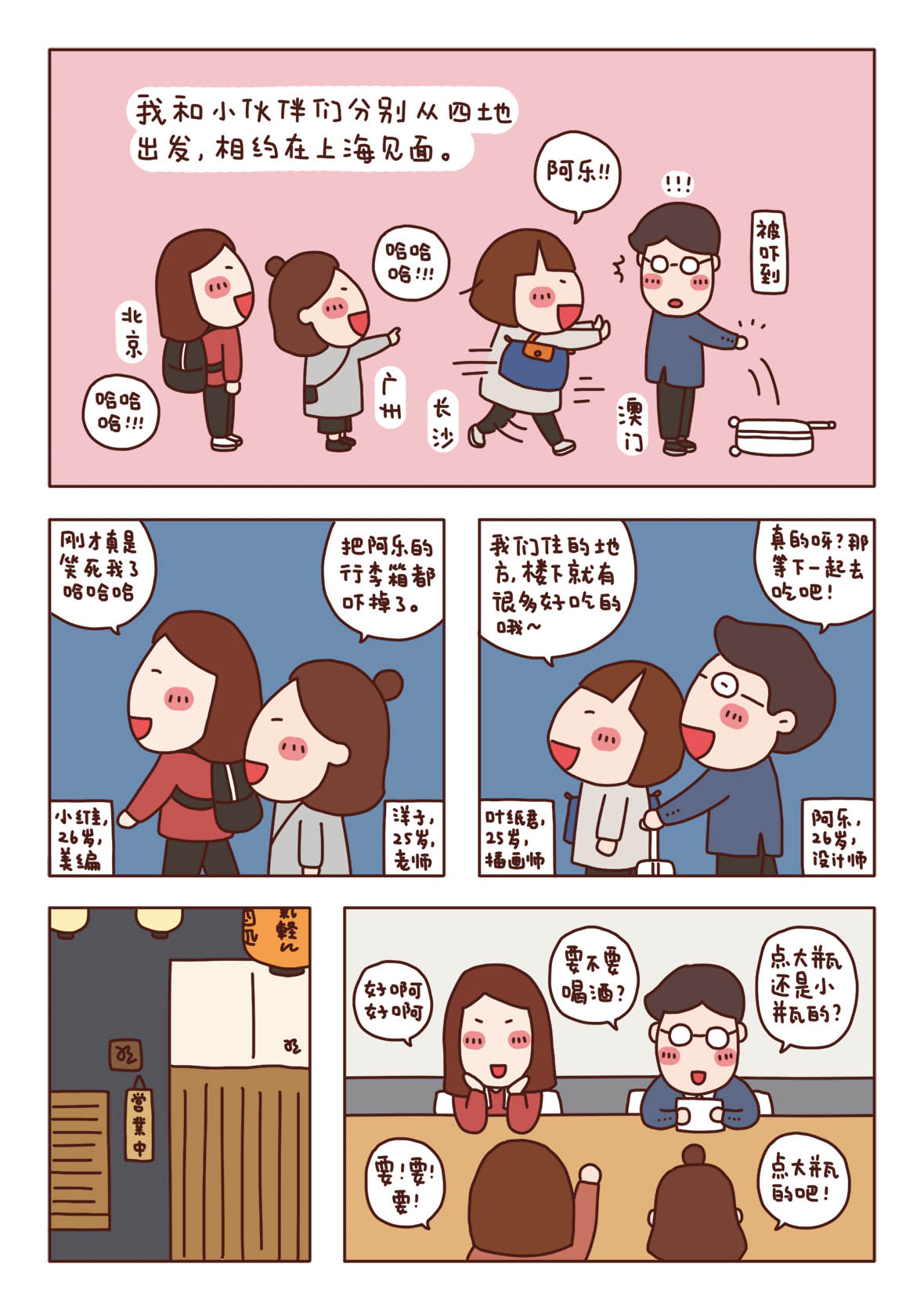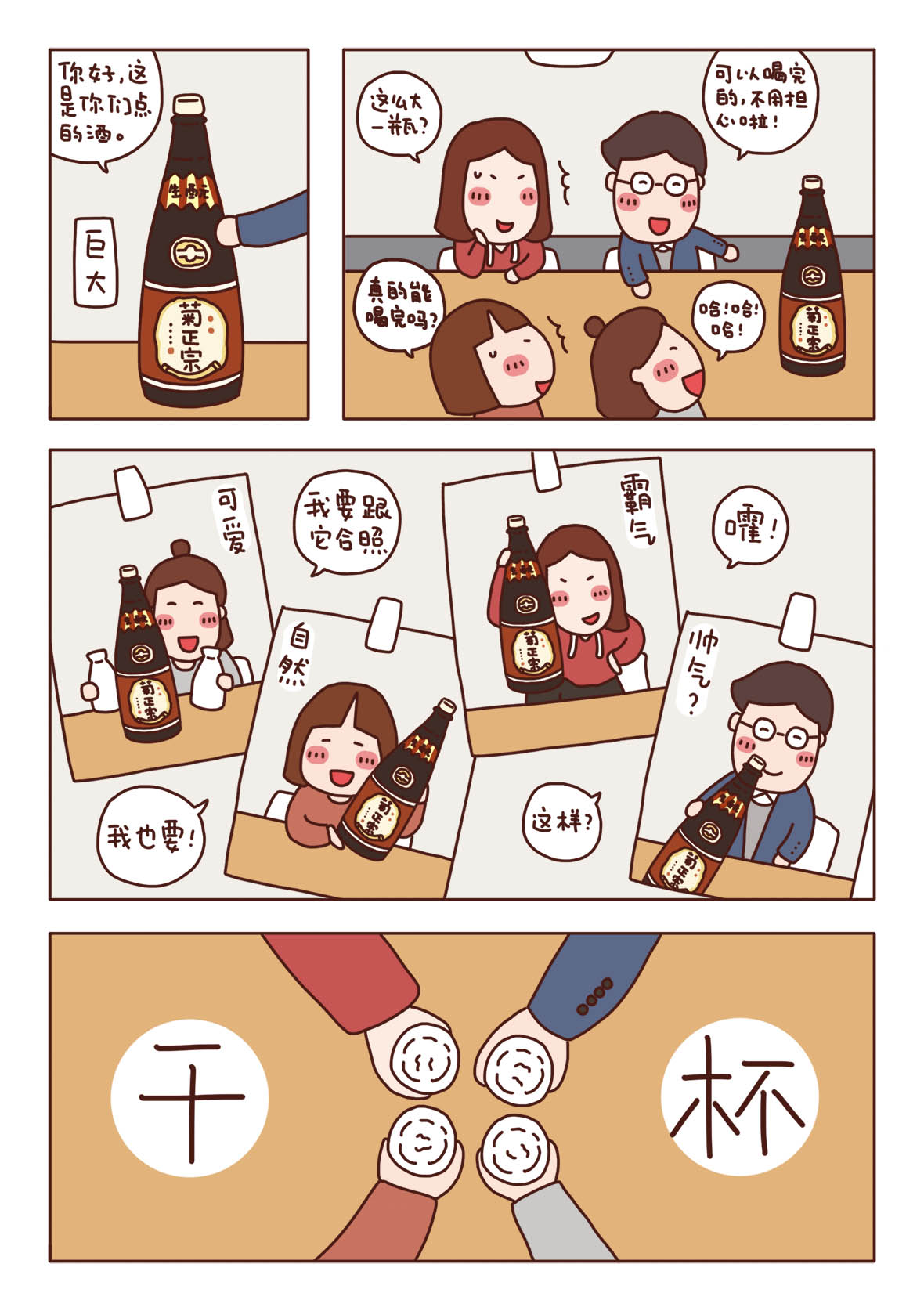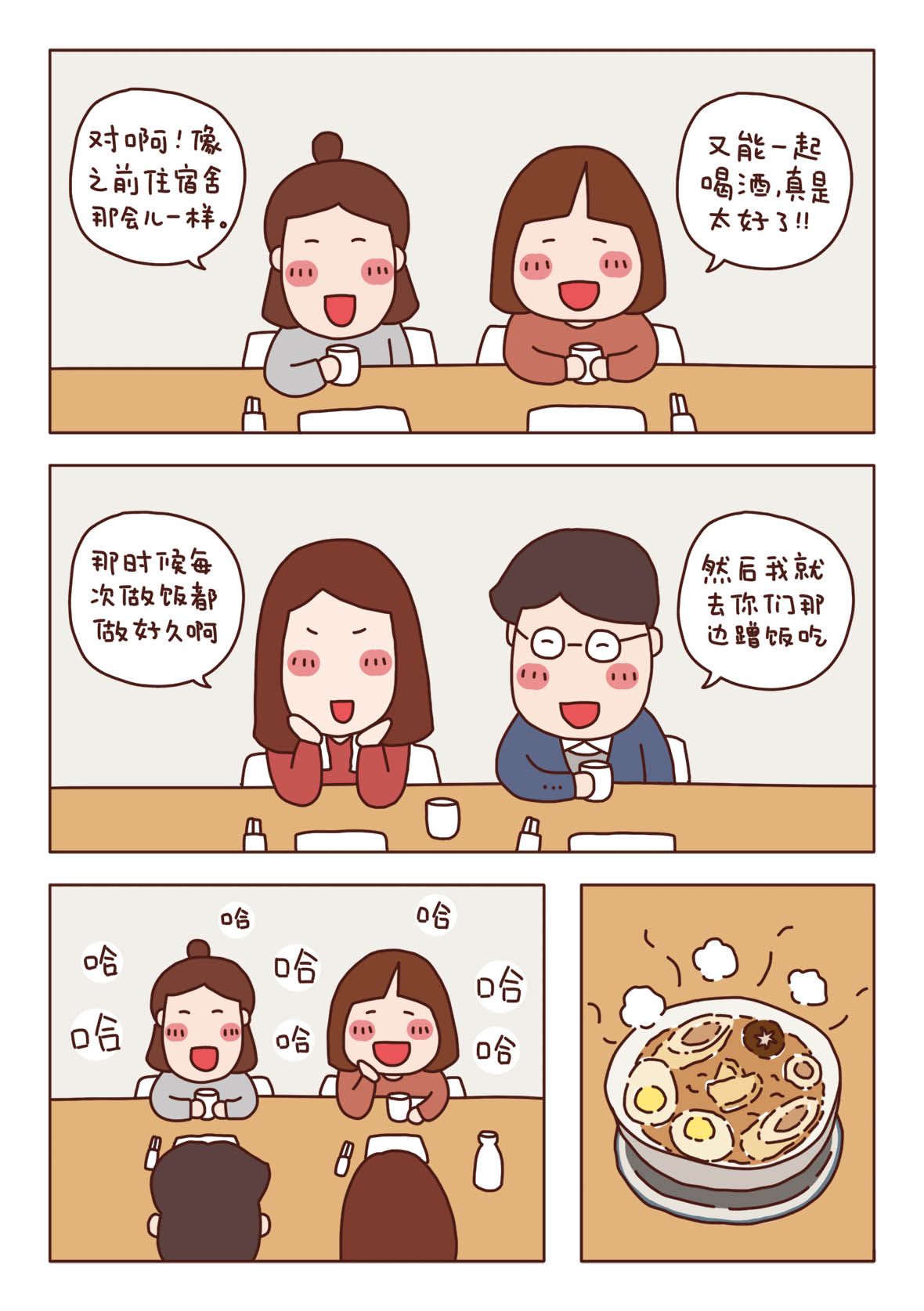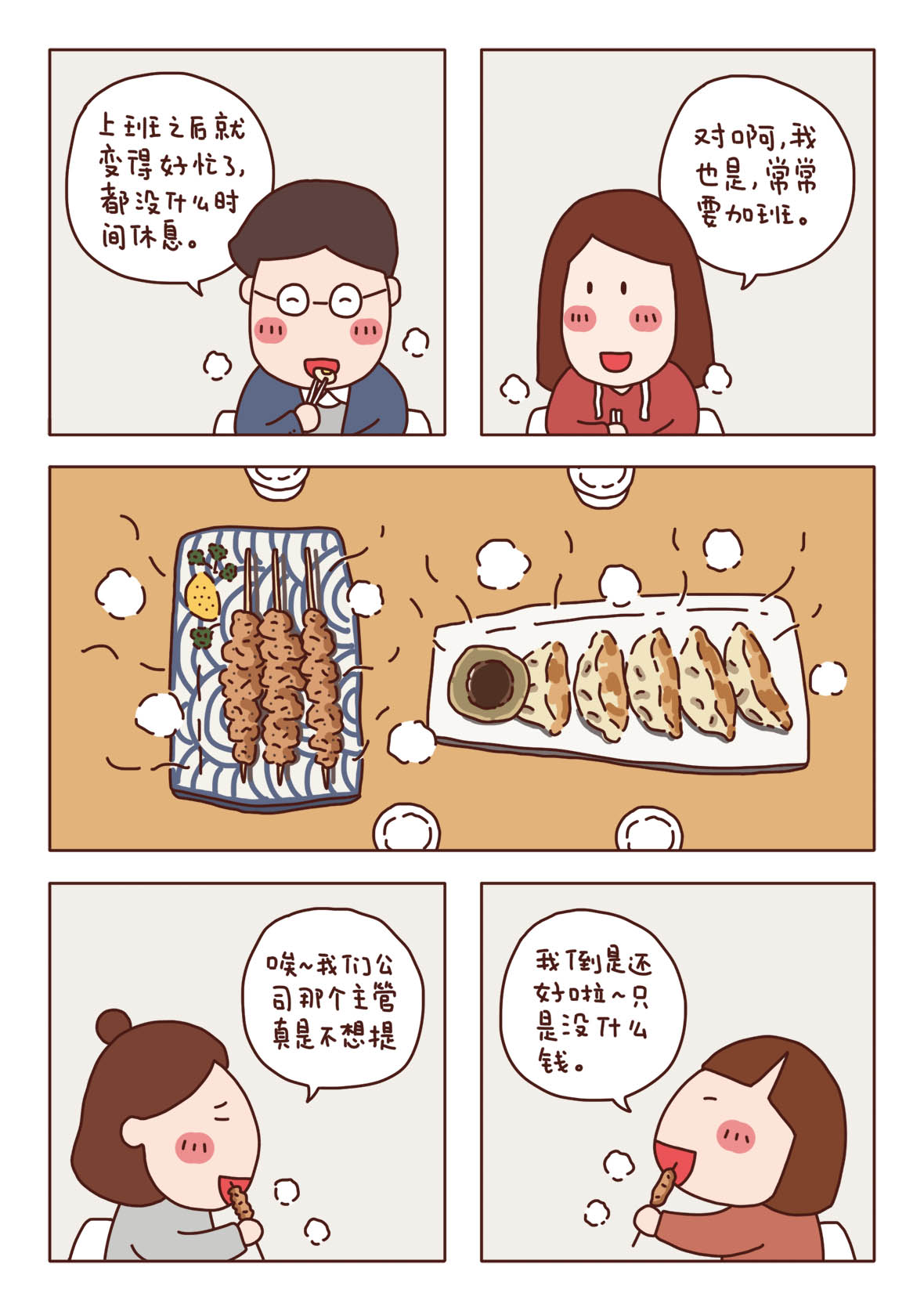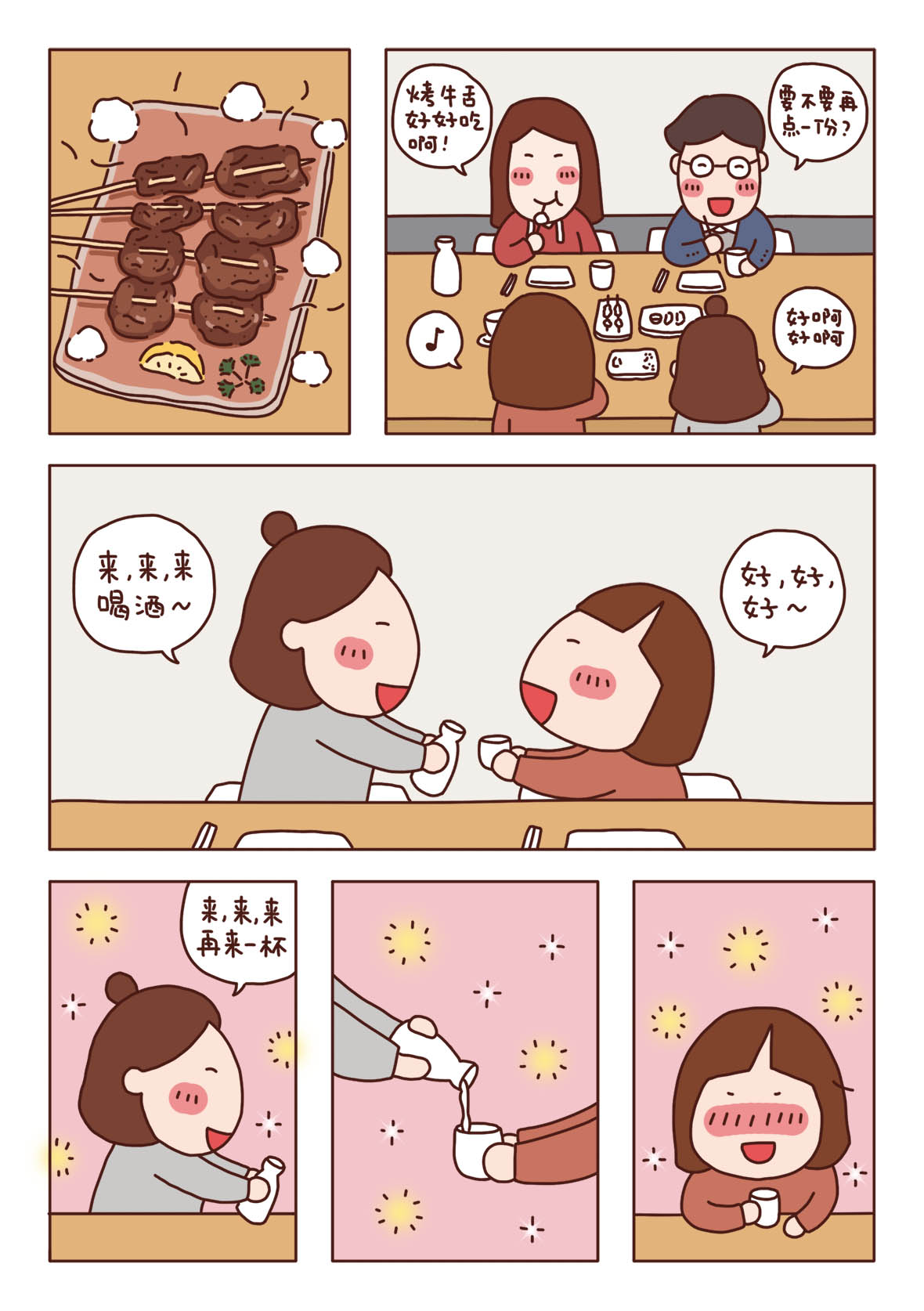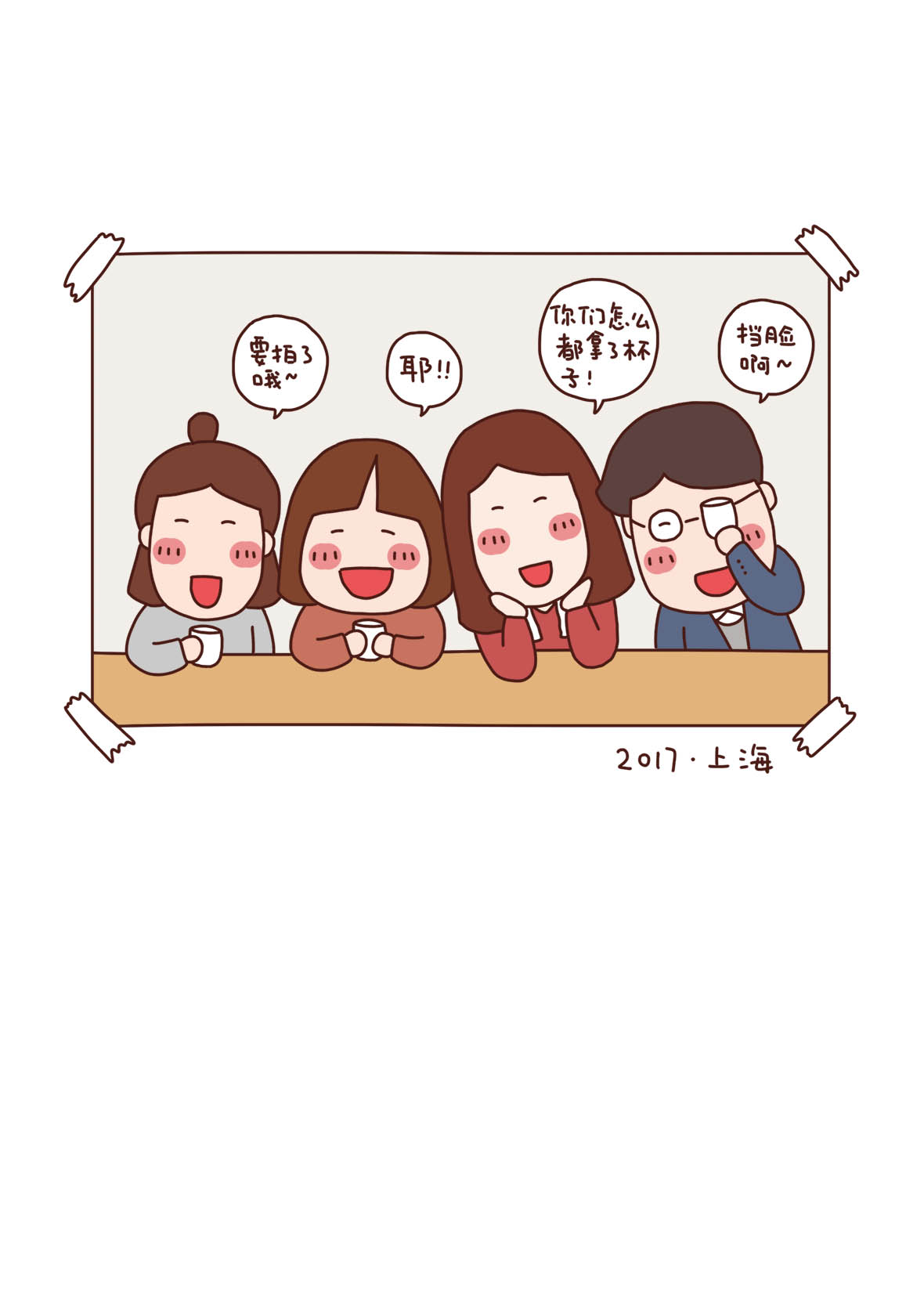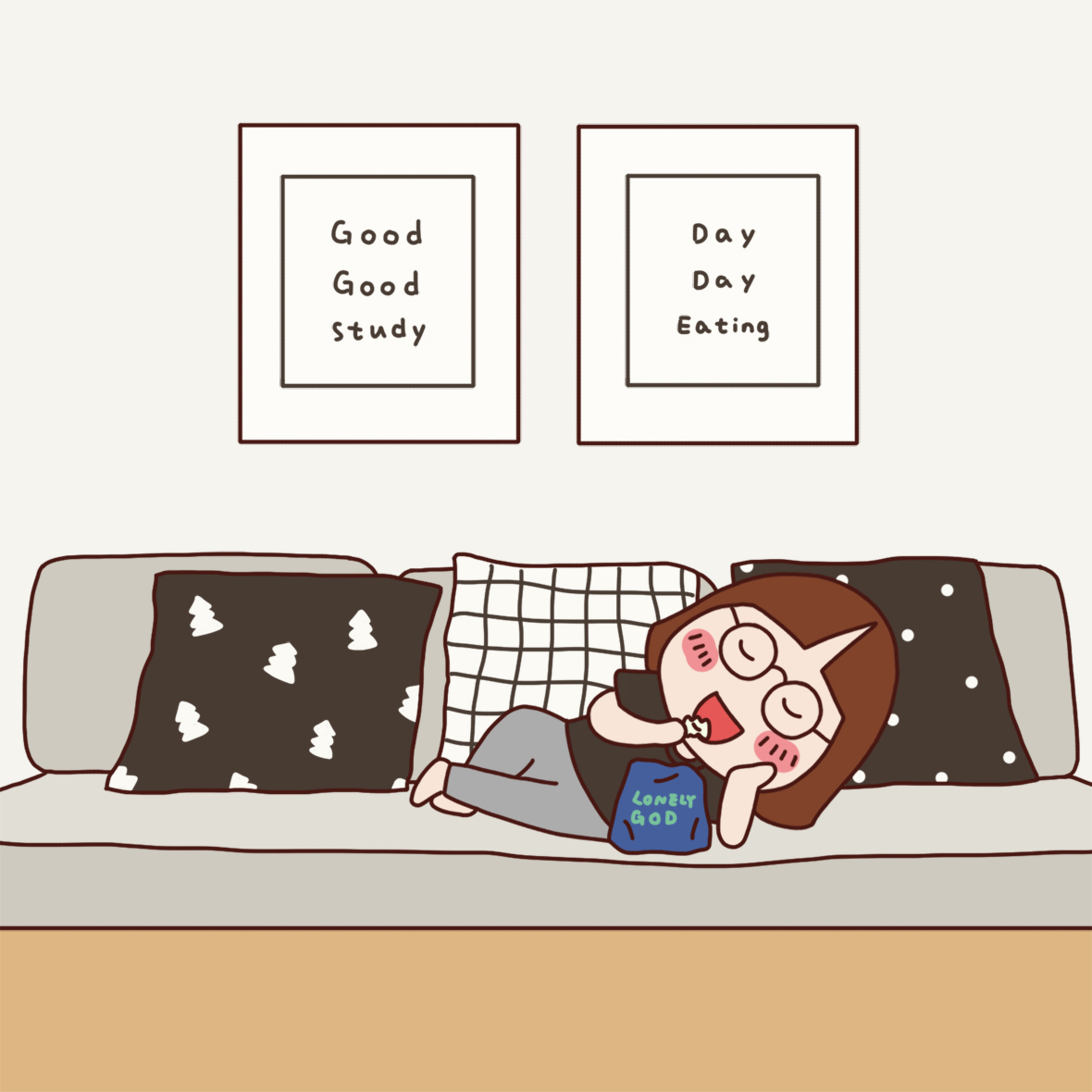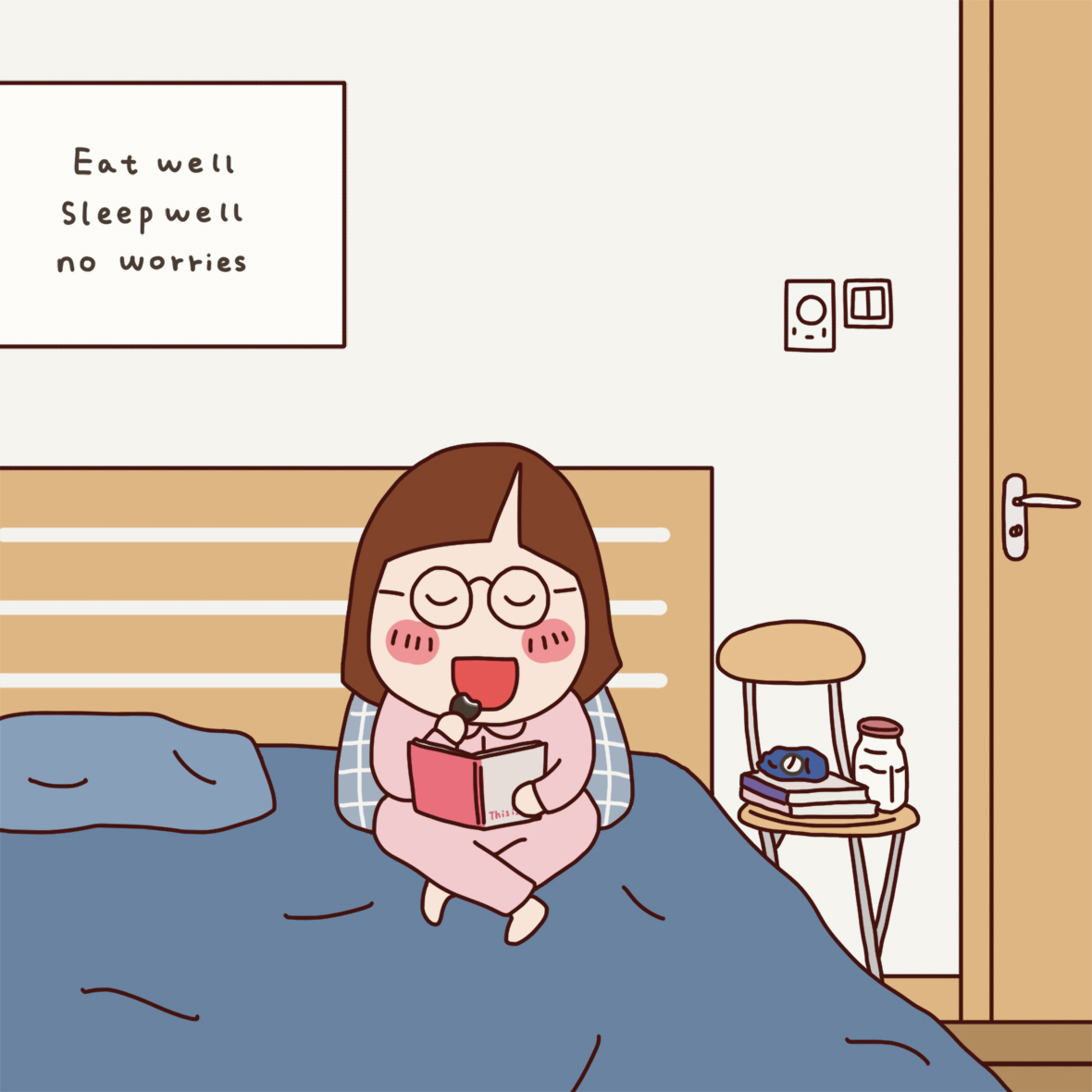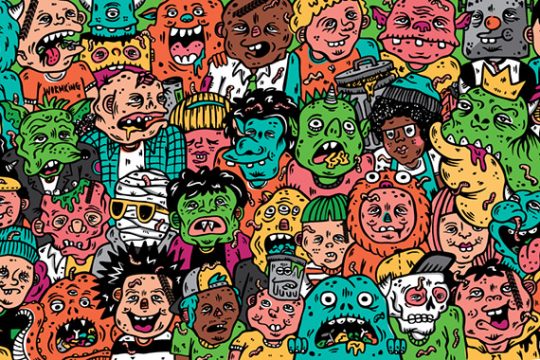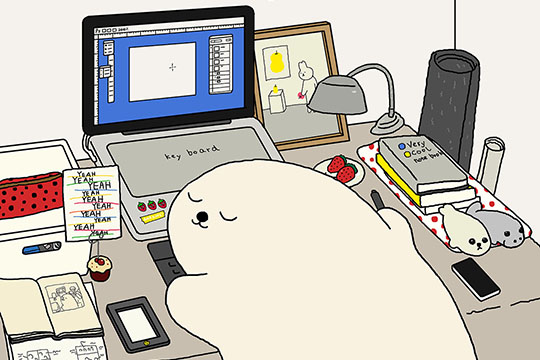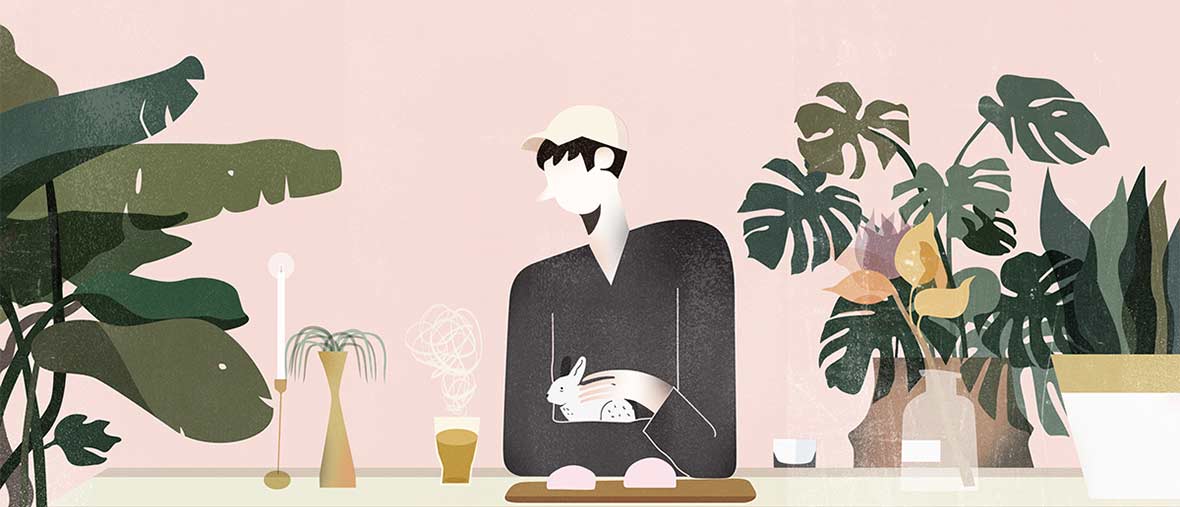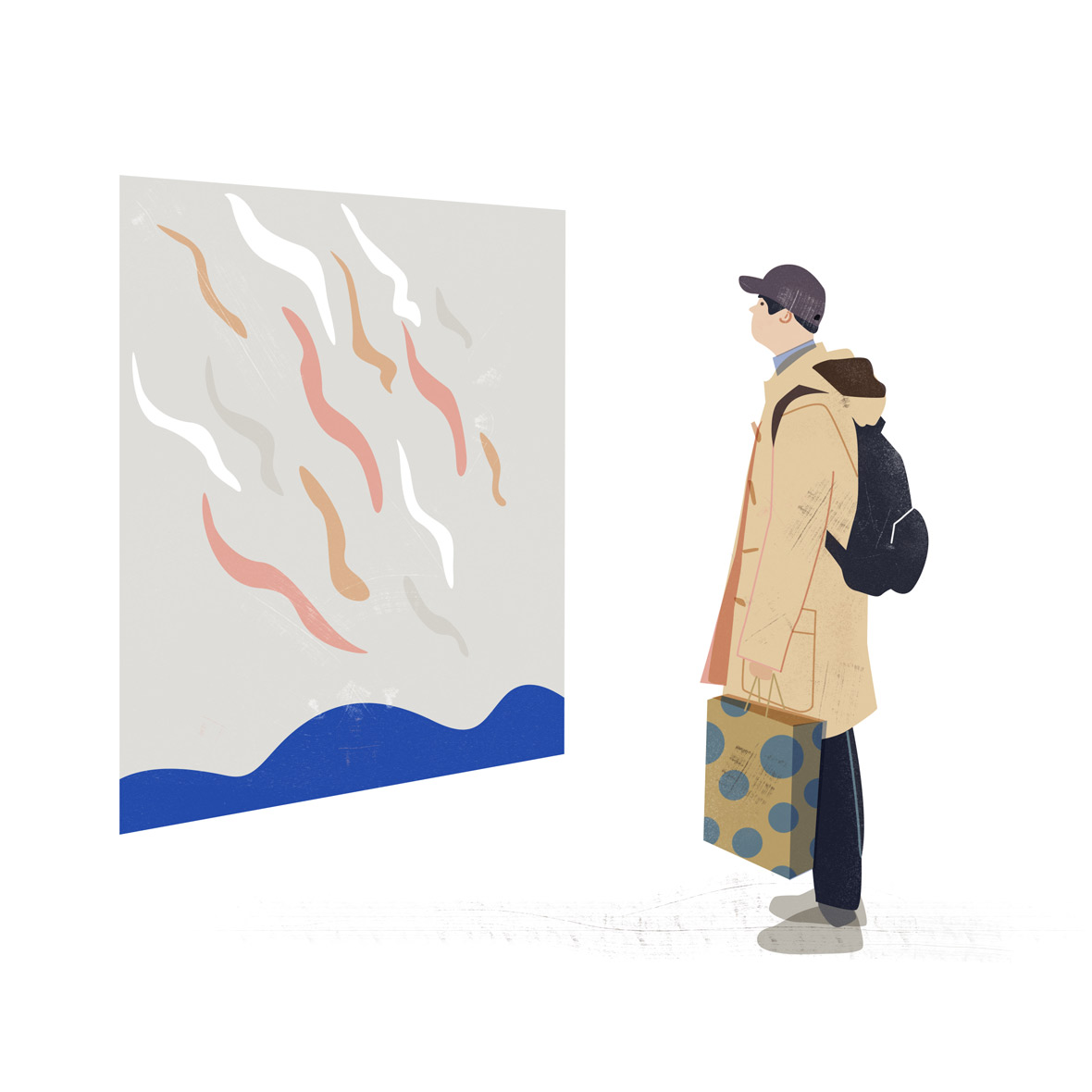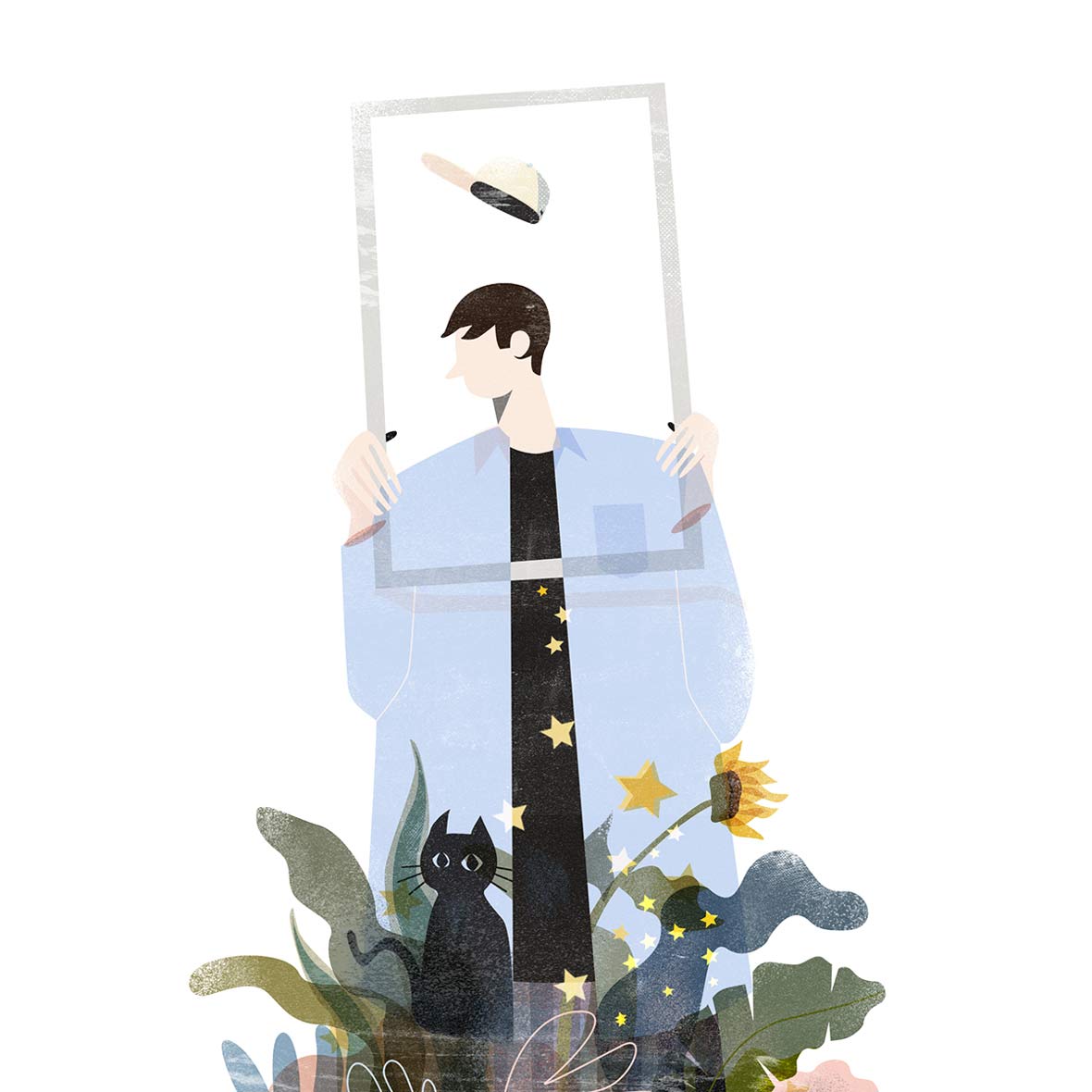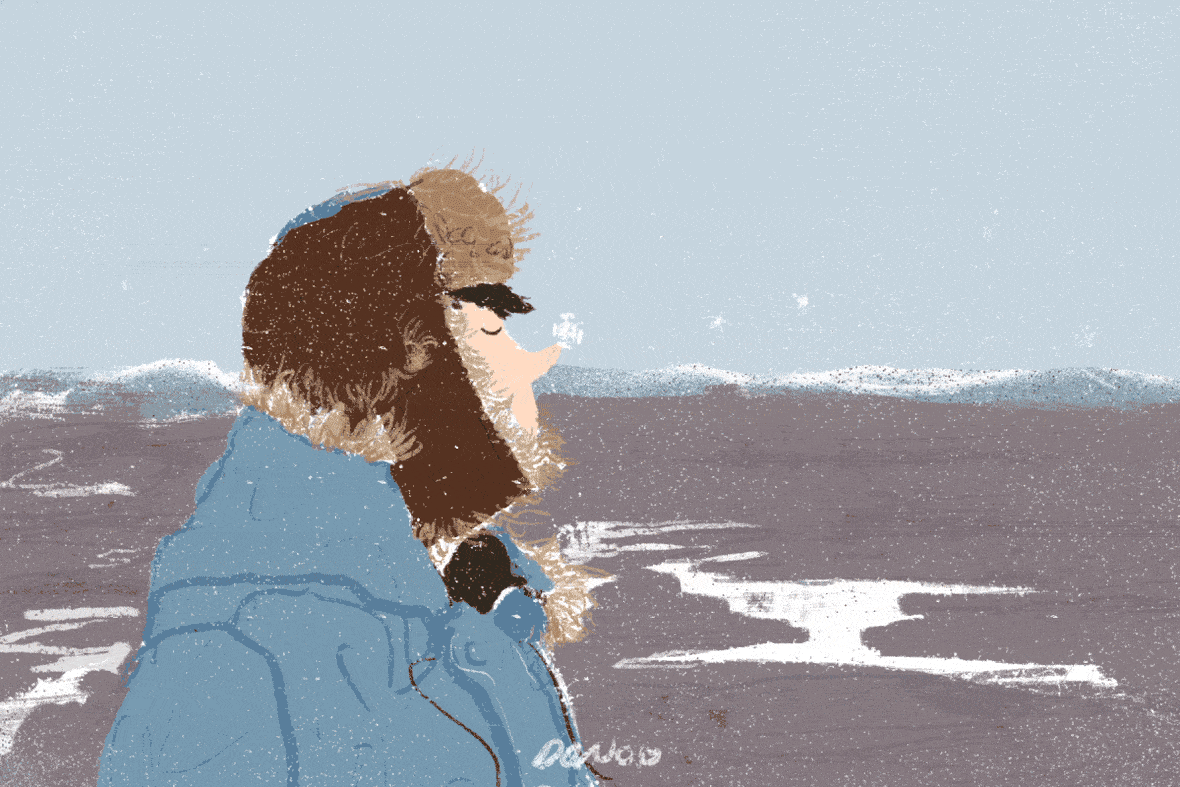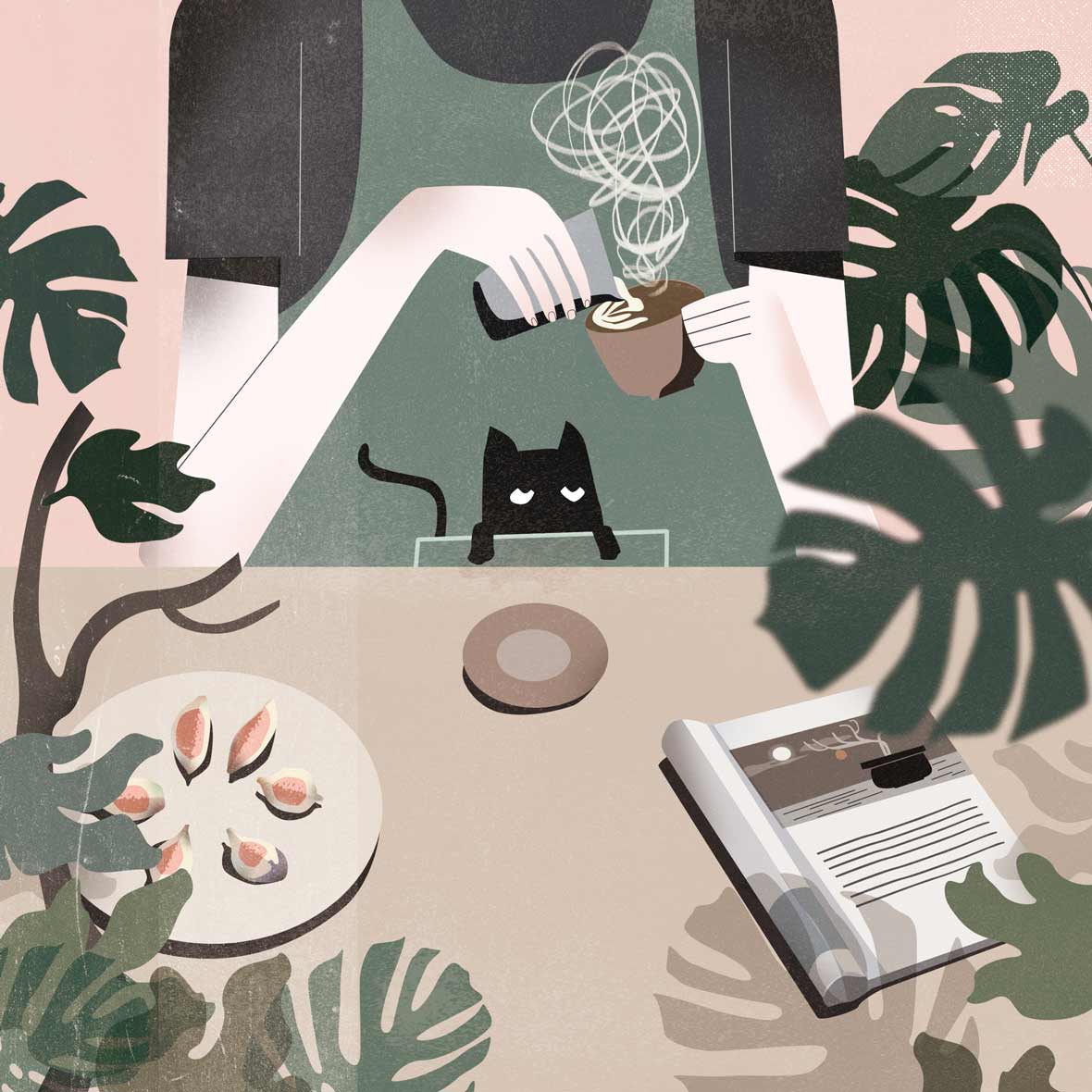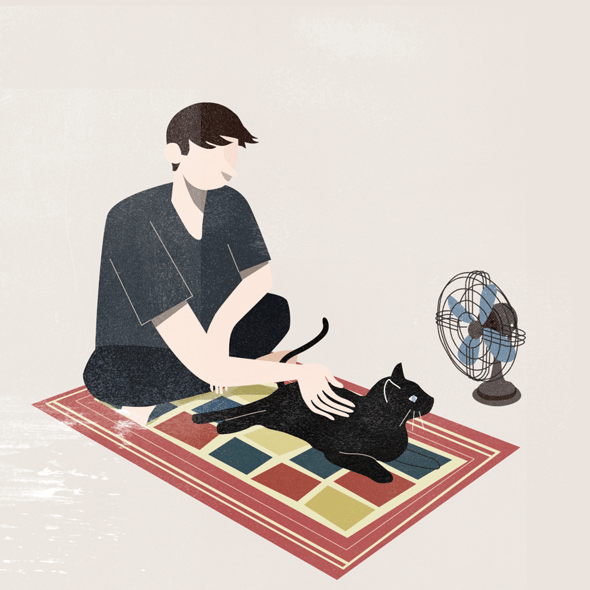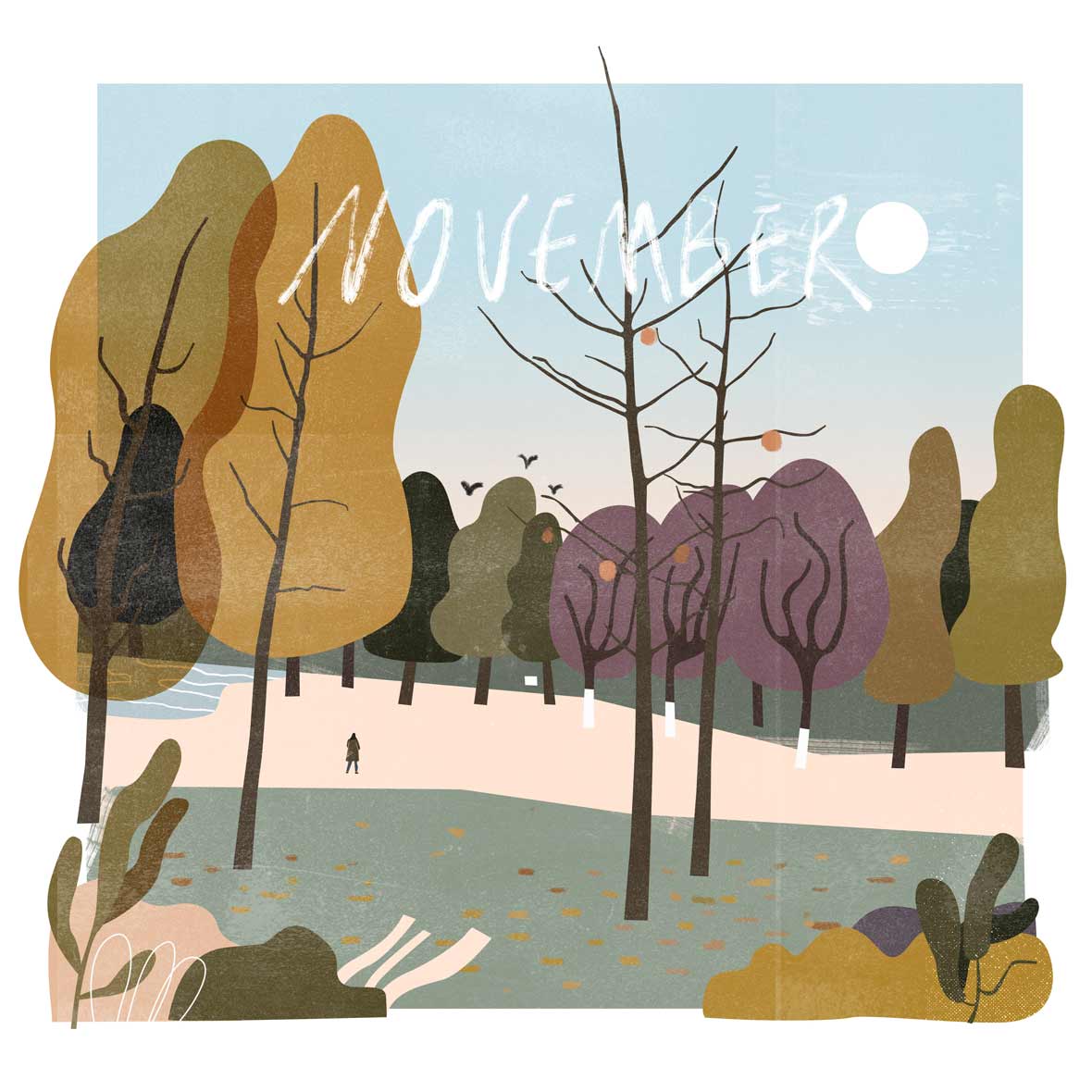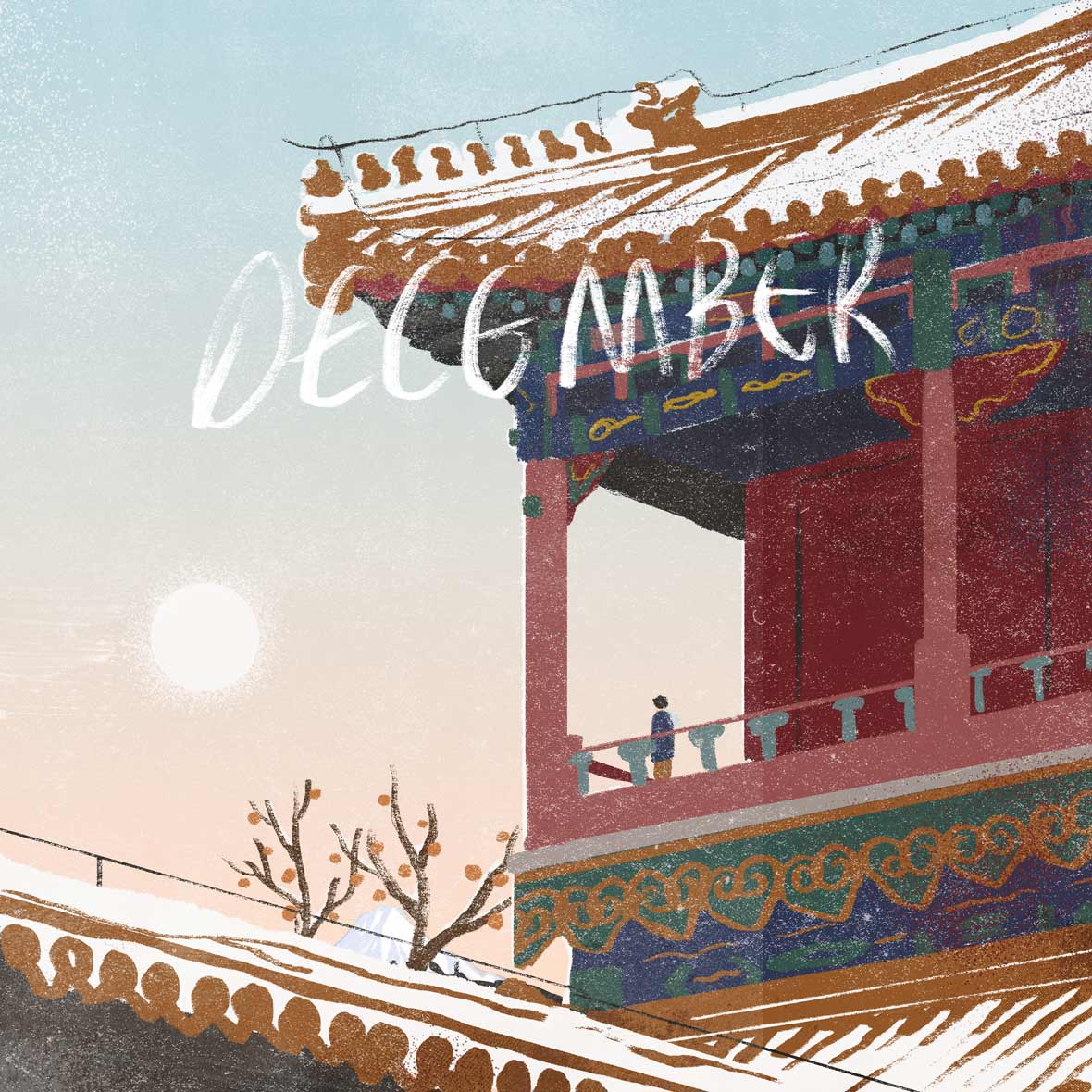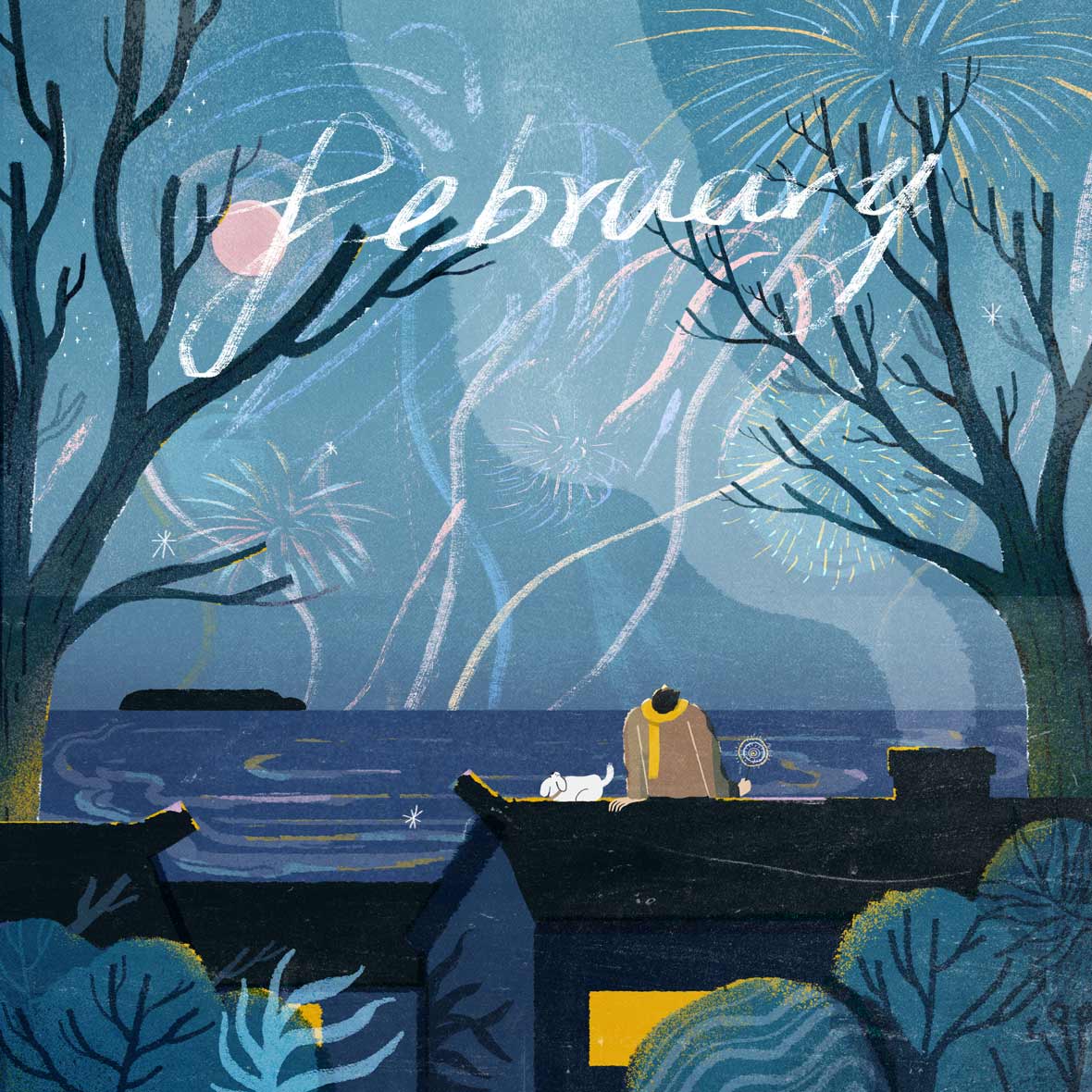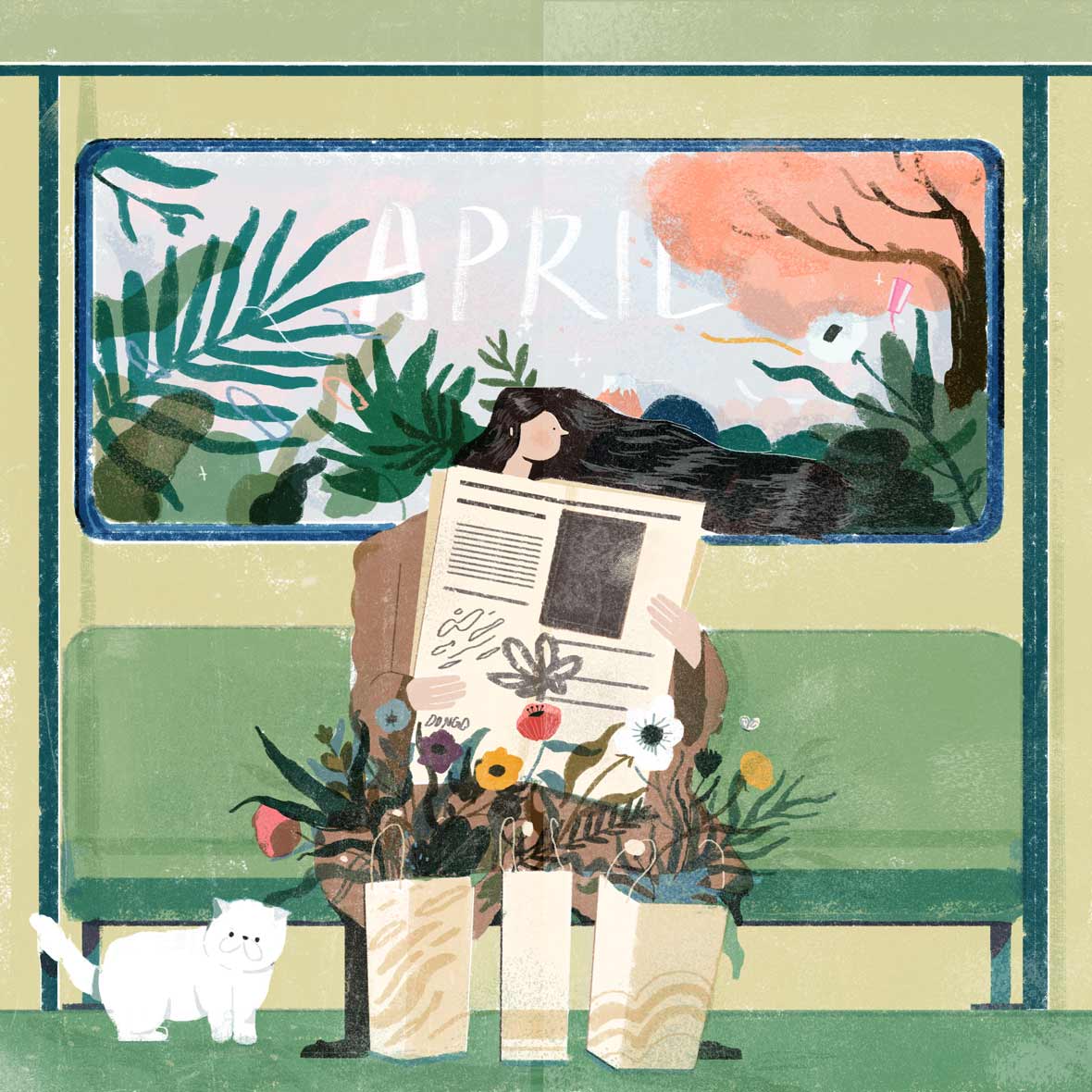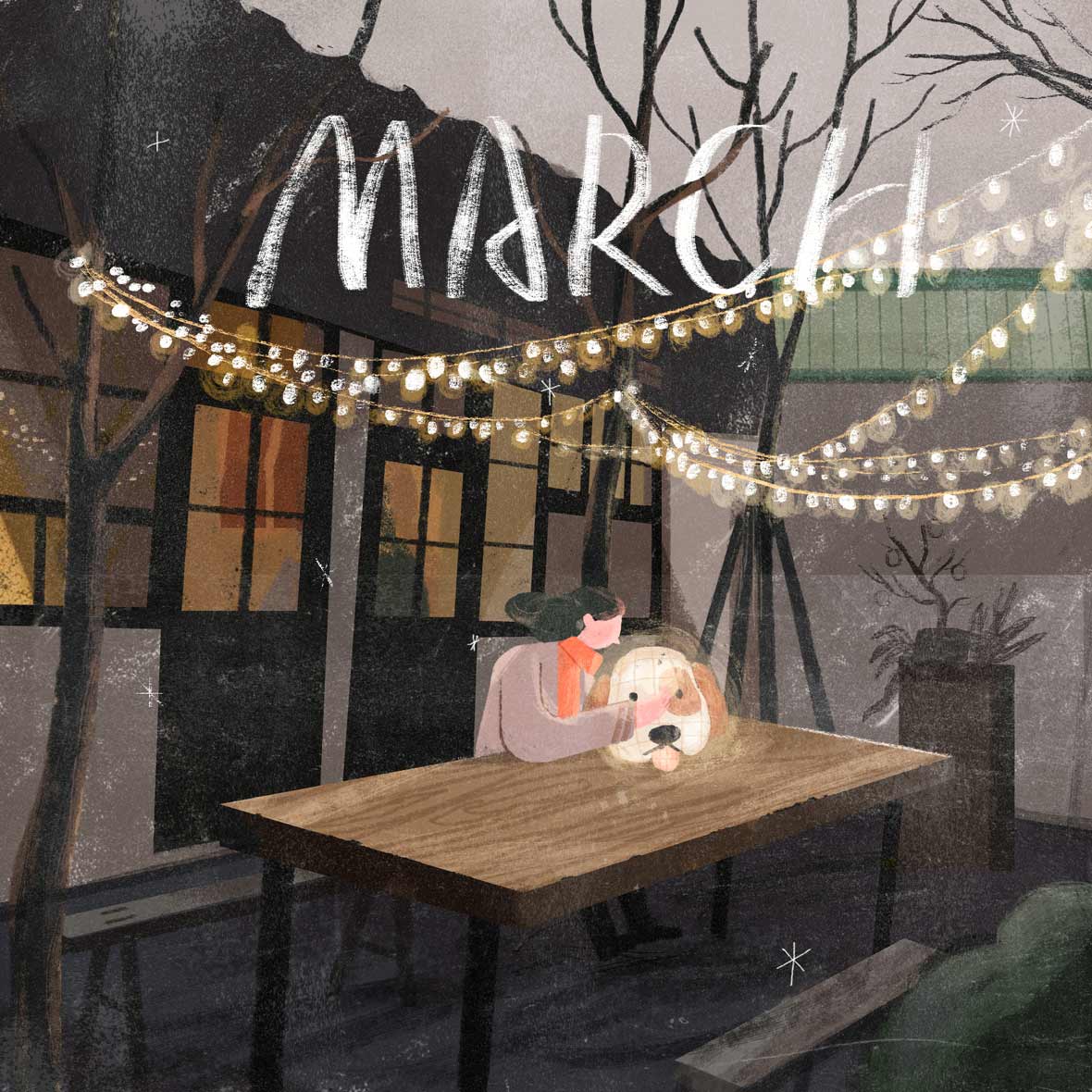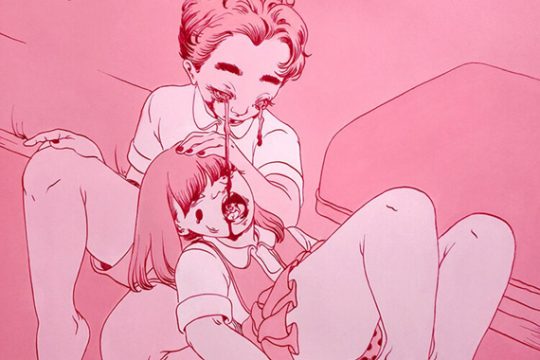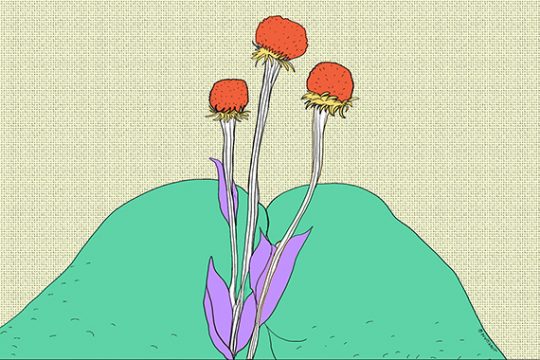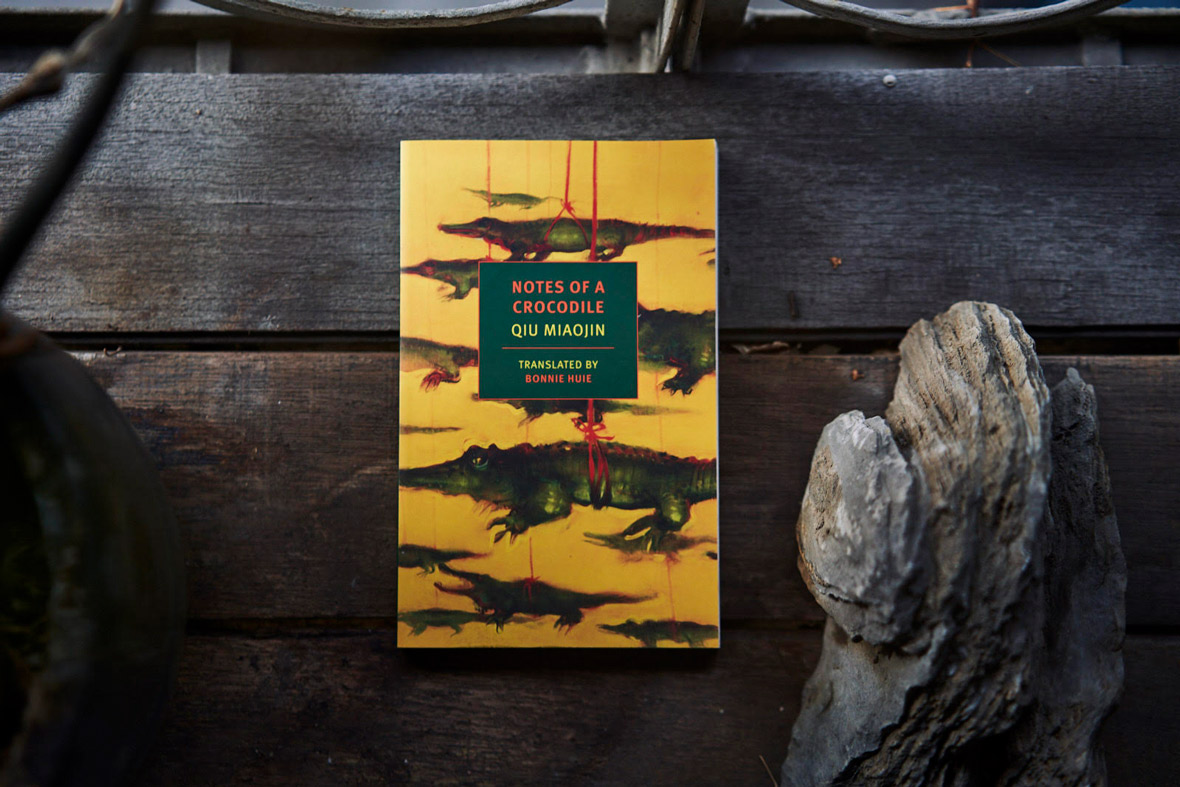
When I picked up Qiu Miaojin’s Notes of a Crocodile, recently translated by Bonnie Huie, I was utterly enthralled. I’d never read a book quite like it—a young girl’s coming-of-age tale told through cinematic vignettes, journal entries, and love letters. More than a traditional novel, it feels like a collage of Qiu’s personal musings and sources of inspiration. I refused to put it down for three days, and even missed my stop on the subway while eagerly taking in Qiu’s words.
After I finished, I had to know more. Who was Qiu Miaojin? What inspired her to write Notes? Why had I never heard of her?
当我拿起由邱妙津所写、Bonnie Huie所译的《鳄鱼手记》,我被完全迷住了。我从来没有读过这样的书,以电影短片、日记和情书的形式讲述一个年轻女孩成长的故事。它不仅仅是一部传统小说,它感觉更像是邱妙津个人思考和灵感的拼贴画。三天的时间里我看这本书看得停不下来,甚至因为看得太入迷错过了地铁站。
看完之后,我又有了更多疑问。邱妙津是谁?是什么激发了她写作《鳄鱼手记》?为什么我从来没有听说过她?
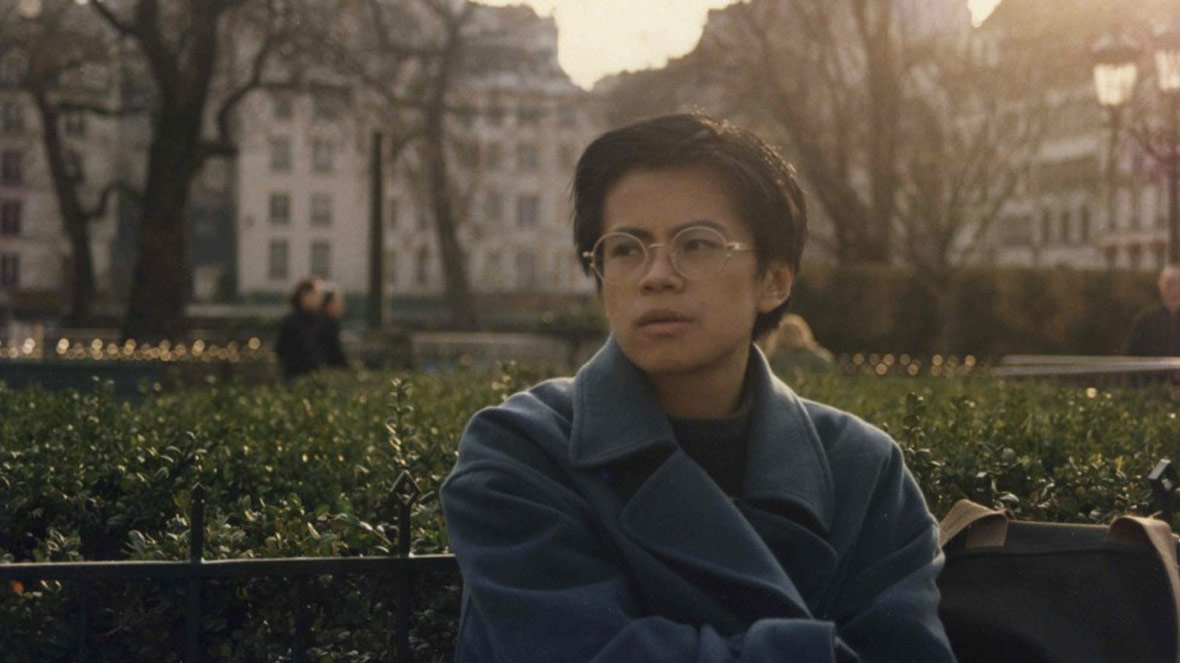
First published in Taiwan in 1994, and released in English in late 2017, Notes of a Crocodile is narrated by a young woman known as Lazi, a student at the prestigious National Taiwan University. The novel examines Lazi’s feelings about her attraction to women and charts her tumultuous relationship with Shui Ling, a fellow student. It also follows the lives of Lazi’s friends, who, like her, struggle to define their sexual identity in the face of homophobia, family dysfunction, and crushing academic pressure. All the while, the book offers sharp insights on living outside the bounds of social acceptability in the late 1980s.
In separate chapters, interspersed with the story of Lazi and her friends, the book also tells of an anthropomorphic crocodile forced to dress up as a human—a metaphor for closeted LGBTQ youth in a time when homosexuality was taboo.
The book is presented as a “survival manual” for the next generation, and at times the prose is brutal. Lazi repeatedly equates her lesbian identity with a prison sentence; in some passages, she calls herself a beast, a monster. Her relationship with Shui Ling ultimately crumbles, partly as a result of Lazi’s insecurities and depressive self-hatred. Afterward she writes, “The experience, every bit of it, brutally scathed me . . . You tore me open and exposed the man inside.”
《鳄鱼手记》于1994年在台湾首次出版,去年才发行英译本,以就读于著名台湾大学的年轻女主人公“拉子”的口吻讲述着书中的故事。这部小说探讨了拉子对于自己喜欢女性的问题,讲述了她与同学水伶间汹涌湍急的爱恋。同时也记录了拉子朋友的故事。和拉子一样,他们也是在面对同性恋恐惧、障碍家庭和学业等重重压力下,努力确定自己的性向。这本书是对20世纪80年代末那些生活在社会外缘的同性恋人群的一个残酷写照。
在一些穿插于拉子和她朋友的故事间的单独章节中,作者还讲述了一只被迫装扮得像人类一样的鳄鱼的故事,暗喻生活在视同性恋为忌讳的年代的那些LGBTQ青年。
这本书被称为年轻一代的“生存手册”,但有时,故事是残酷的。拉子多次将她的女同性恋身份与监狱刑罚等同起来;在某些段落中,她甚至称自己为野兽、怪物。她与水伶的关系最终走向崩溃,部分原因来自拉子的不安全感和自我厌恶。之后,她写道:“这些经历,每一点都残酷地撕痛着我……你将我撕开,露出了里面的男人。”
These passages never feel self-indulgent, because Lazi’s voice is exceptionally earnest and self-aware. Her wry social commentary draws the reader in. “College—now there’s a system,” she writes. “Though it’s not quite death, it’s a pretty close second. It’s the nexus of three major institutions (compulsory education, compulsory labor, and compulsory marriage).”
On gender she remarks: “All that is neither masculine nor feminine becomes sexless and is cast into the freezing-cold waters outside the lines of demarcation . . . Man’s greatest suffering is born of mistreatment by his fellow man.” Qiu’s critique of social norms make it clear why she remains a cult figure. The issues of gender and sexuality she addressed so boldly in 1994 are still relevant today.
这些段落读起来从不觉得作者是在自我放纵,因为拉子的声音非常认真,充满清醒的自我意识。她对社会的讽刺性评论也很有意思。她写道,“大学,这个制度是好的。比死亡制度差点,占第二名。它刚好在社会三大制度(强迫教育,强迫工作和强迫结婚)重叠交接的点上。”
在性别问题上,她写道:“去阴去阳视做无性,抛掷在“格线外”的沧浪……人的最大受苦来自人与人间的错待。”邱妙津对社会条条框框的批评也是为什么至今她仍然被人们所敬佩的原因。她在1994年对性与性别取向问题的大胆讨论放到今天仍然适用。
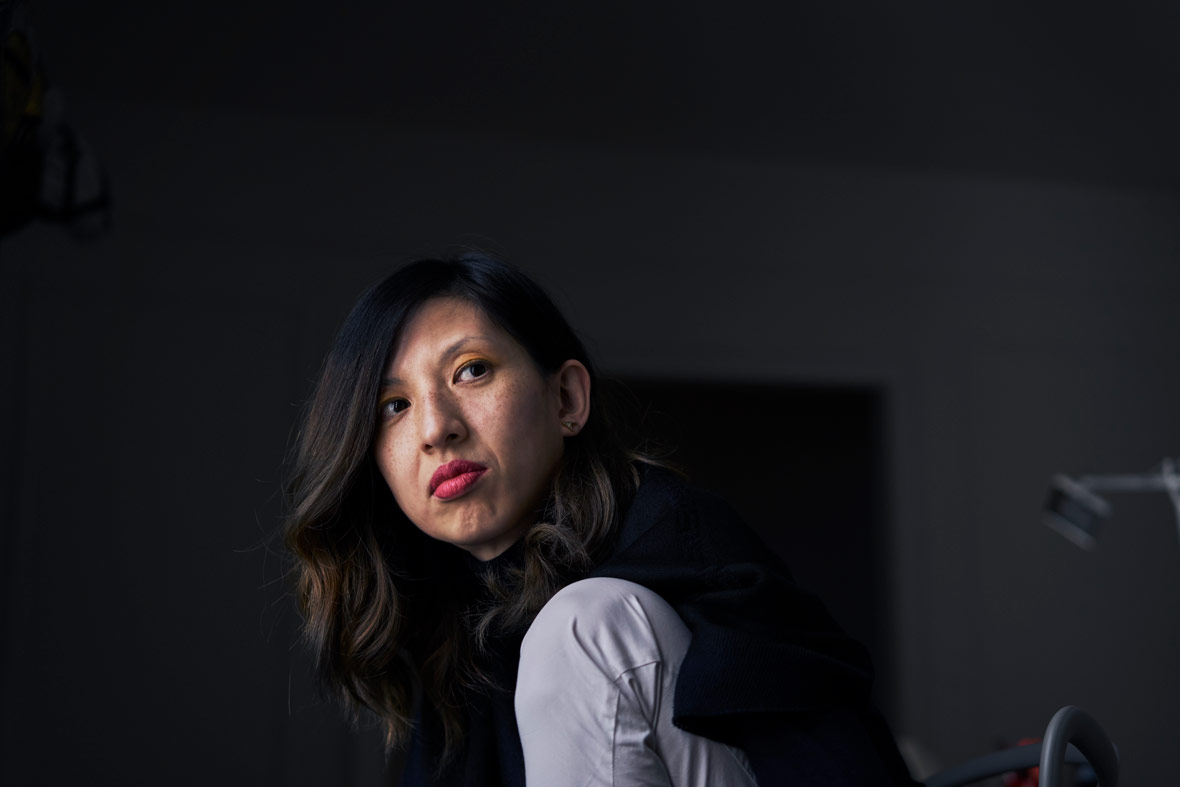
Qiu was one of Taiwan’s first openly gay writers and a pioneer within its avant-garde and counterculture literary circles. In university she published short stories that drew on her encounters with art house cinema and Japanese modernism, and these influences appear in Notes of a Crocodile, which uses the language of film—with scene cuts, freeze frames, and camera zooms—to narrate the story. Just one year after the book’s publication, Qiu committed suicide in France, where she was pursuing a master’s degree in clinical psychology at University of Paris VIII.
Twenty-three years after her death, Qiu’s work is still a source of wonder. A documentary on her life aired on Hong Kong’s RTHK aired in January of last year, and a few months later NYRB Classics published the English translation of Notes of a Crocodile. I recently spoke with the book’s translator, Bonnie Huie, about Qiu’s work and legacy, and about the challenges of translation.
邱妙津是台湾第一位公开同性恋身份的作家之一,也是台湾前卫和反主流文学界的先驱。艺术电影和日本现代主义是她创作的重要影响,这既体现在她大学时发表的短篇小说,也体现在《鳄鱼手记》这本书。书中运用了大量的电影语言,譬如场景剪辑、定格、镜头拉近等等。就在这本书出版一年后,邱妙津在法国自杀,当时她正在巴黎第八大学(University of Paris VIII)攻读临床心理学硕士学位。
在她去世二十三年后,邱妙津的作品仍然称得上是奇迹。去年1月,一部关于她生平的纪录片在香港电台播出,几个月后,NYRB Classics出版了《鳄鱼手记》的英文译本《Notes of a Crocodile》。最近,我与这本书的译者Bonnie Huie聊了一下关于邱妙津的作品和她的影响,以及翻译这本书时她所遇到的挑战。
Neocha: How did you first come across Qiu Miaojin’s work?
Bonnie Huie: Qiu’s books came to me as a thank-you gift. A Taiwanese artist friend, who knew my work as a writer, had asked me to translate her own poetry collection. Though I translated the poems as a favor, what I received in return was of much greater value.
Neocha: 你最初是怎么接触到邱妙津的作品的?
Bonnie Huie: 一位台湾艺术家朋友请我帮她翻译她自己的诗集,然后送了一本邱妙津的书作为谢礼给我。尽管翻译诗歌本身只是出于帮朋友,但我所得到的回报却更有价值。
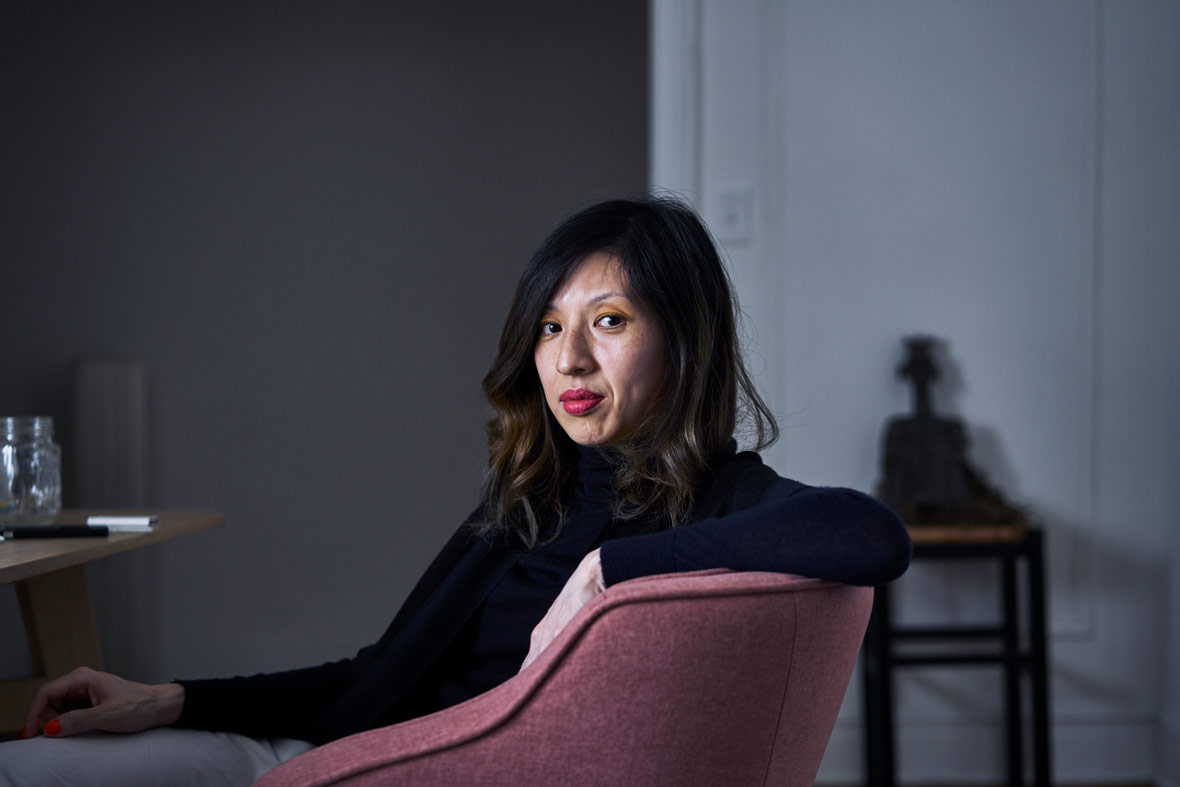
Neocha: What compelled you to bring Notes of a Crocodile to readers of English? When did you have the “aha” moment?
Bonnie Huie: I had the “aha” moment from the very first page of the book. Notes of a Crocodile has an uncanny combination of both strangeness and familiarity, and Qiu has a bold way of describing herself that’s not typically seen in Chinese or English literature. Her voice is idiosyncratic and striking. And the persona of Lazi—female, queer, and Chinese, an artist as well as an intellectual—is of monumental importance: in Taiwan, “Lazi” became a term for “lesbian.” She offers a rebuttal to the myth of a fetishized, genericized Asian woman that in the West goes hand-in-hand with ignorance about the history of colonialism in Asia.
Neocha: 是什么推动你把《鳄鱼手记》翻译成英语?你是在什么时候对这本书有一种眼前一亮的感觉?
Bonnie Huie: 我从翻开书的第一页时就有了一种眼前一亮的感觉。《鳄鱼手记》的特别之处在于它读起来既陌生又熟悉,邱妙津用一种大胆的方式来描述着自己,这种方式不论是在中国文学或是英语文学中都很少见。她的声音是独特的,引人注目的。拉子这个角色代表着女性、同性恋者、中国人,她既是艺术家也是一名知识分子。这个角色也具有极其重要的意义: 在台湾,“拉子”已对成为女同性恋者的代名词。她是对西方社会那种拜物教、典型亚洲女性偏见的一种反驳,这种偏见往往来自于他们对亚洲殖民主义历史的无知。
Neocha: In her journal entries, Lazi struggles to accept her sexuality as she falls in love for the first time. How did you convey that inner conflict in your translation?
Bonnie Huie: There’s no denying that Qiu’s prose derives its emotional force from the imagery of violence and mutilation. The gift of art is to make visible what cannot otherwise be seen, and Qiu, who studied psychology as an undergraduate, forged a figural language that illuminates some of the same phenomena that trauma studies explore today. I felt that my responsibility as a translator was to preserve the unstable, poetic dimension of the text by neither making meaning unambiguous nor rendering emotions into limp prose.
Neocha: 她在书中的日记写道,拉子第一次爱上别人时,在自己的性取向问题上产生了挣扎。你在翻译时要如何传达出她内心的冲突?
Bonnie Huie: 不可否认,邱妙津的文字的情感力量来自于暴力和残害的意象。艺术的天赋是使看不见的东西可见。对于本科修读心理学的邱妙津来说,她创造了一种形象的语言,讲述着现代创伤学也在探索的一些现象。我觉得作为一名译者,我的责任是保留下原文中那些不稳定、诗意的维度,所以翻译时既不能模糊喻义,也不能使将原本饱满的情绪变成软弱无力的文字。
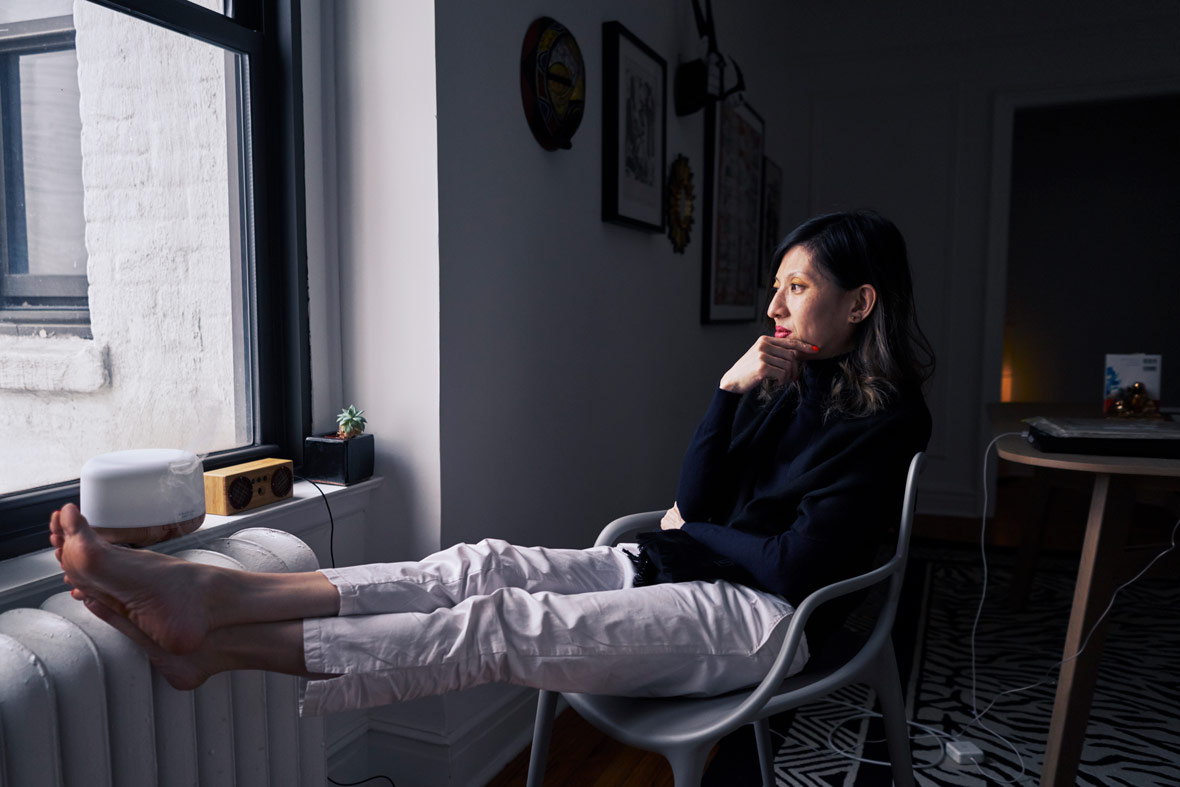
Neocha: Many of Lazi’s struggles overlap with the author’s own. Did reading Qiu’s diaries make the translation process easier?
Bonnie Huie: Qiu wrote Lazi’s diaries, but Lazi didn’t write Qiu’s. The distinction between those two voices is clear when you read Qiu’s diaries, which are drier than Notes and which I put aside while translating. Autobiography can be a dangerous thing, as it can turn reading into the act of mentally reciting what you already know while failing to observe the nuances of what’s in front of you. Too often the artistry of women is minimized through the default lens of autobiography. Notes is rich in allusion to the world cinema and literature that has infiltrated the Taiwanese landscape. Those elements pointed me to my approach: to interweave the traits of the narrator, who is stifled by her own society, with those of her cosmopolitan influences, which offer the hope of transcendence through art.
Neocha: 拉子的许多挣扎都是作者自己经历的挣扎。读邱妙津的日记是不是可以使翻译的过程变得更容易?
Bonnie Huie: 邱妙津写了拉子的日记,但拉子没有写邱妙津的日记。所以,在读这两人的日记时,你会发现她们之间有很清楚的区别,邱妙津本人的日记会更平淡,我在翻译的时候会将她本人的日记放到一边。自传可以是一件危险的事物,因为你在读它的时候,很容易就会变成在背诵你对这个人物已经知道的事情,而忽略掉书中文字间透露的细微信息。很多时候,女性的艺术创作往往会因为自传而被最小化。《鳄鱼手记》充满着大量渗透到台湾社会的世界电影和文学的暗喻。这些元素也影响了我的翻译:将创作者身处囹圄般令人窒息的社会,与她带来的普世性的影响,交相演绎,提供了一种以艺术达到“超脱”的愿景。
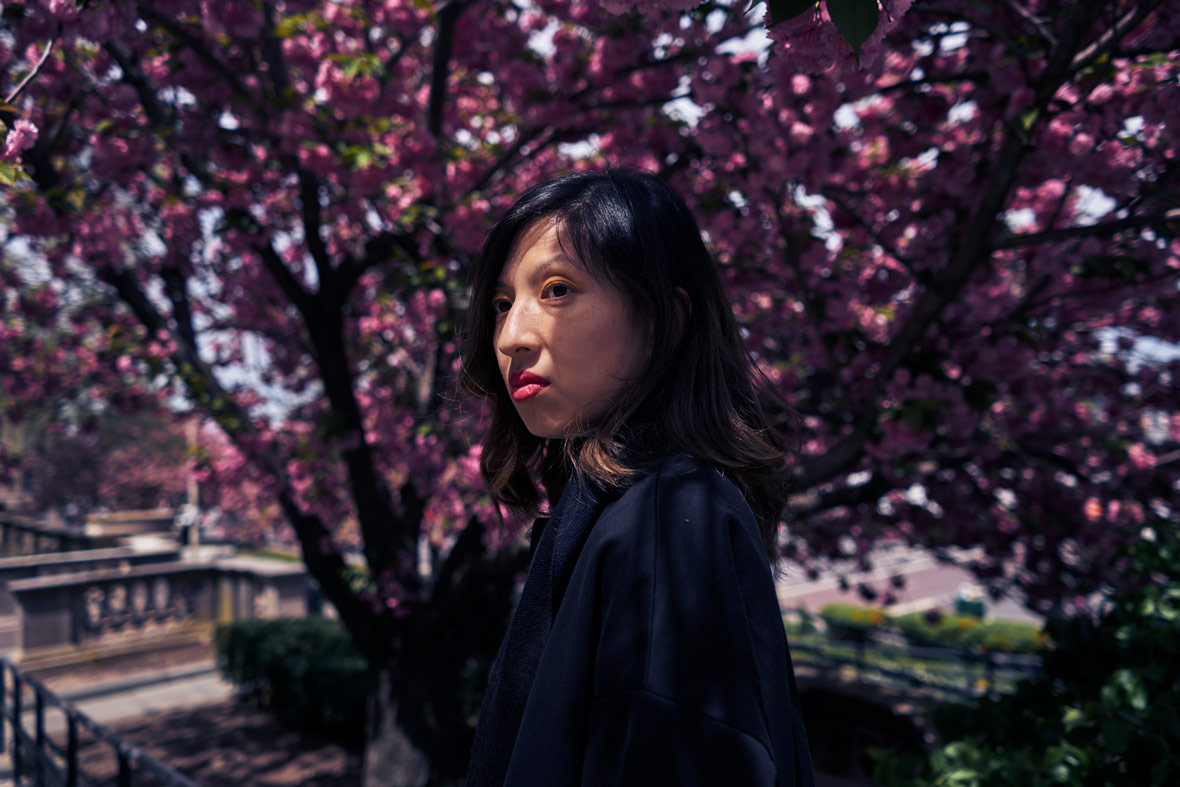
Neocha: You’ve noted that the love letters between Lazi and Shui Ling were the most difficult parts of the book to translate. What made them so hard?
Bonnie Huie: Finding empathy for those who seem awfully young can be just as challenging as trying to comprehend those who are older. It’s curious, because we’ve been through that stage of life ourselves and ought to show more understanding and less condescension. When I read the love letters between Lazi and Shui Ling, I felt conscious of parts of myself that had become deadened. But as a translator, I had no choice but to put conviction into those words.
Neocha: 你有提到,拉子和水伶之间的情书是书中最难翻译的部分。为什么呢?
Bonnie Huie: 要对那些非常年轻的人感同身受,就像试图理解那些比你年长的人一样,都挺有挑战性的。这一点挺奇怪的,毕竟我们也早已经历过他们那些人生阶段,理应对他们表现出更多的理解,而不是以一种高人一等的态度面对他们。当我读到拉子和水伶之间的情书时,我意识到自己的某些情感已经麻木了。但作为一名翻译,我别无选择,只能让自己被这些文字说服。
Neocha: How has the book been received in English? Did the good timing—the translation came out just as Taiwan’s highest court ruled in favor of same-sex marriage—help garner attention?
Bonnie Huie: Notes of a Crocodile has certainly resonated with the kids of the Asian diaspora, a cosmopolitan audience that’s often denied visibility, and the translation has reached readers in countries where the primary language is not English. Qiu wrote the book in the months after she graduated from college in 1991, and it evokes the cataclysmic energy of its day—a desire for regime change—as exemplified by the fall of the Berlin Wall. The ruling in Taiwan not only provided a new cultural and historical context but drew a connection between art and politics.
Neocha: 这本书的英译本出版后回响如何?最近台湾的最高法院宣布支持同性婚姻,这样一个好时机是不是能让这本书增加热度?
Bonnie Huie:《鳄鱼手记》肯定能获得亚洲移民小孩的共鸣,他们是常常被忽视掉的世界性观众,译本甚至已经传到了一些母语不是英语的国家。1991年,邱妙津在大学毕业后的几个月里写了这本书,在当时,这本书带来了颠覆性的力量。而台湾高等法院的裁定不仅提供了一个新的文化和历史背景,也在艺术与政治之间建立了一种联系。
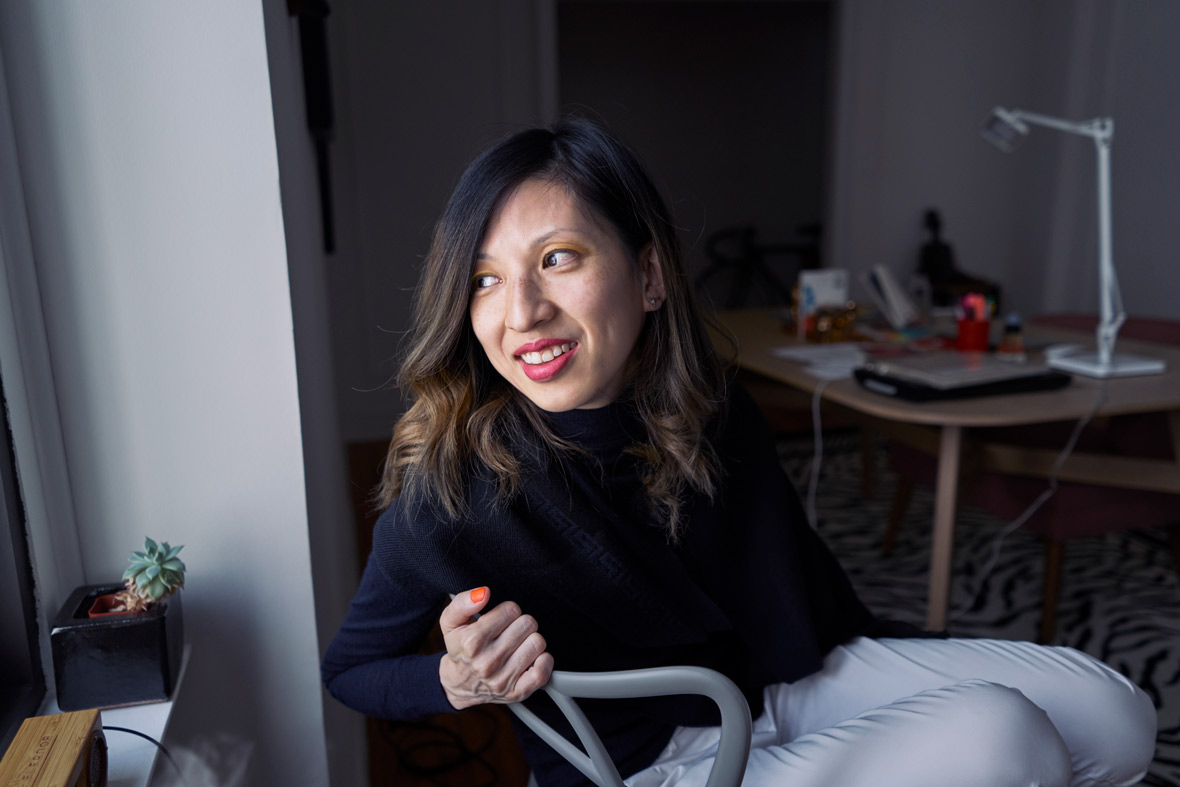
Neocha: Notes of a Crocodile is presented as a survival manual for the next generation. Do you think the story lives up to that ambition?
Bonnie Huie: The fact that the same book can be seen as either triumphant or extremely depressing, depending on the reader, says a lot. Not everyone needs a survival manual in the first place. Many people will never have to navigate a reality in which expressing the innermost dimension of their being puts them at risk of being disowned by family or ending up unemployable and homeless. But for some, that is the cost. And that remains true, even in the era of gay rights. The book is right in suggesting that one needs a vision in order to break a vicious cycle. In the end, Lazi’s life aligns with the freeze frame of The 400 Blows, which hints at liberation and a future yet to be determined.
I saw a comment online that said, “Notes of a Crocodile is too good to be true.” Apparently, someone got the message but decided it was impossible. I laughed and thought, “Good. The book was written for you.”
Neocha: 《鳄鱼手记》被视为是下一代年轻人的生存手册。你认为这种说法对吗?
Bonnie Huie: 同一本书,有人读来觉得充满欢乐,有人则会觉得极度压抑,这都取决于读者。首先,并不是每个人都需要一份生存手册。许多人一辈子都不需要因为表达他们真实的内心世界而被家人排斥,或者失业和无家可归。但对一些人来说,这就是他们要面临的代价。即使在今天这个同性恋平权的时代,仍然是这样。这本书建议每个人都需要有愿景,这样才能打破恶性循环。这一点我觉得是对的。故事最后,拉子的生活与电影《四百击》(The 400 Blows)的定格画面放在了一起,这暗示着解放和尚待确定的未来。
我看到网上有一个评论说:“《鳄鱼手记》太理想化了。”显然,有人看懂了书中的意思,但认为这是不可能的。我笑了,心想,太好了。这本书正是为你而写的。
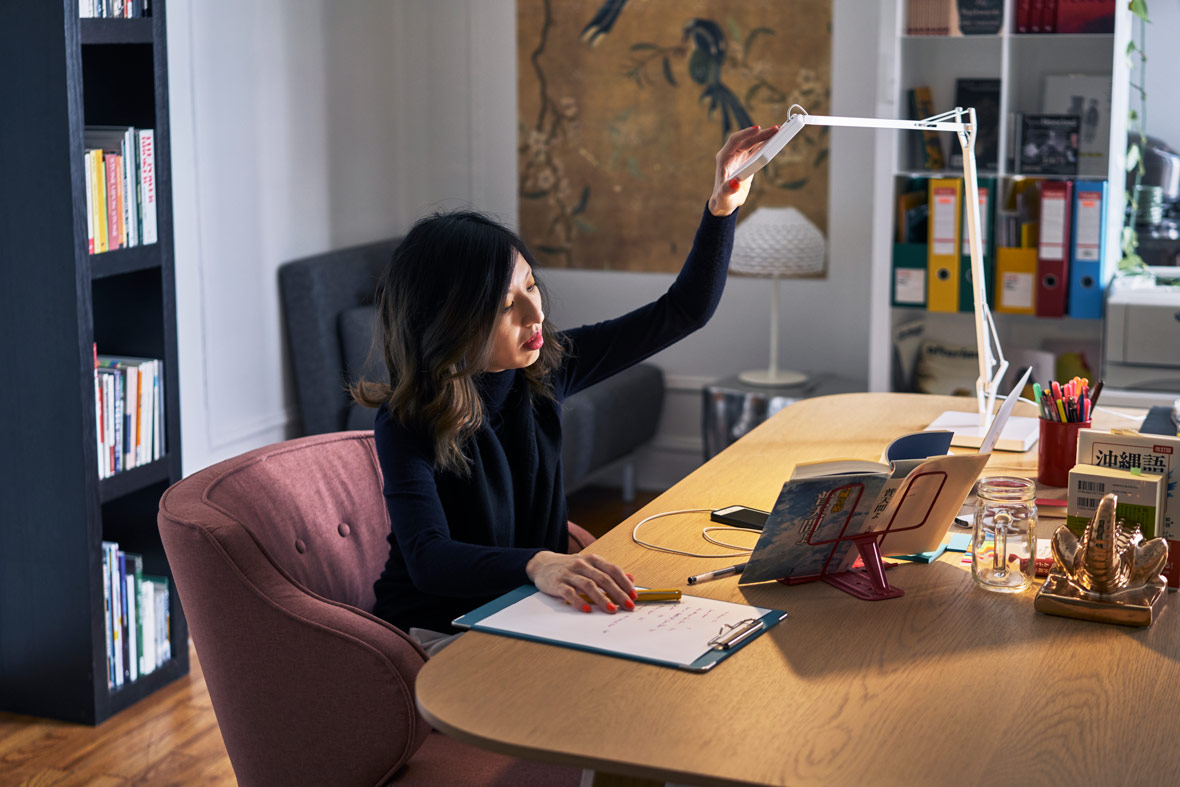
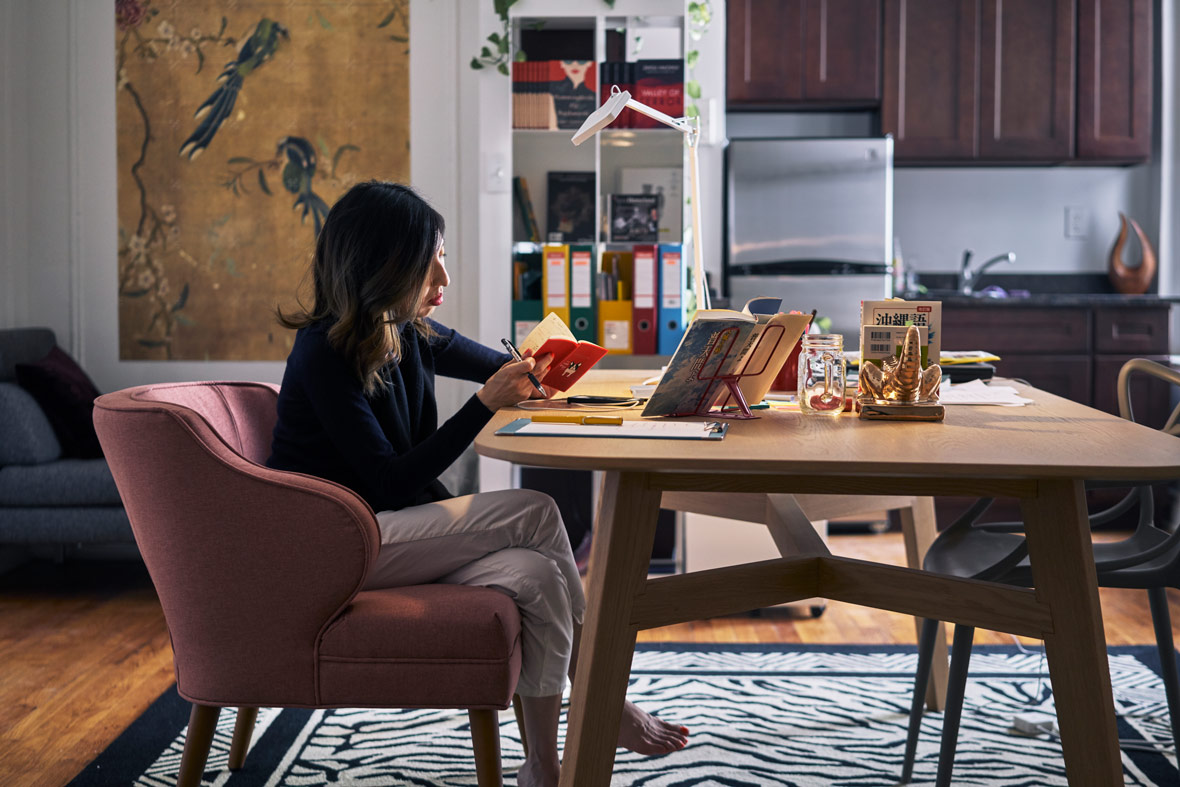
Neocha: Notes of a Crocodile was long-listed for the PEN Translation Prize. Congratulations! What does this award mean to you?
Bonnie Huie: The book is an underdog in many ways, and I don’t think that will change anytime soon. As a translator, I value the opinion of my peers above all others, and I am grateful for their ability to escape the masculinist tendencies of many institutions. Literature can be too conservative for its own good. In other disciplines, such as the visual arts, interdisciplinary work is commonplace, radical political views are given a platform, and general audiences are tolerant of abstraction. Still, literature in translation is inherently avant-garde, because whenever it embodies an aesthetic or political consciousness with a tenuous existence in the dominant culture, it has the potential to articulate what’s repressed.
To pick up a copy of Notes of a Crocodile in Chinese, please click here. For the English translation, please click here.
Neocha: 《鳄鱼手记》入选“笔会翻译奖”(Pen Translation Prize),恭喜你!这个奖项对你来说有什么意义?
Bonnie Huie: 在很多方面,这本书都是处于弱势的一方,这一点我不认为会很快改变。作为一名翻译,我比较看重来自同龄人的意见,我也很庆幸他们有这种能力去摆脱许多制度中所存在的男权主义。有时候,文学可能会过于保守。而在其它领域,譬如视觉艺术,跨领域的作品可以说是司空见惯,这些领域为激进的政治观点提供了平台,一般观众都对抽象持宽容的态度。然而,翻译文学本质上是前卫的,因为每当它体现了主流文化中为人忽视的审美观或政治意识,它就有潜能去把被压抑那些所展现给大家看。
Contributor: Megan Cattel
Photographer: Xu Anrong
Additional Images Courtesy of Evans Chan
供稿人: Megan Cattel
摄影师: Xu Anrong
附加图片由 Evans Chan 提供

